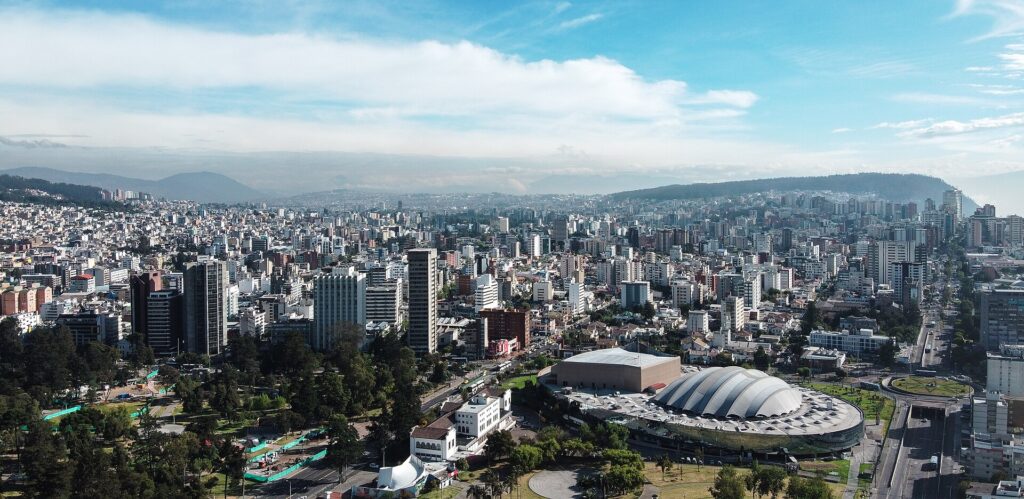Tokyo, Japan
Big, bright, and buzzing with energy, Tokyo epitomizes a dazzling blend of old and new. Neon districts pop with color, while hidden Shinto shrines offer quiet corners for reflection.
Have you ever tried sushi that was flown in straight from the famed Tsukiji market? You can find it directly at the source here. And yet, the city’s most appealing feature might be its ability to reinvent itself at every turn.
One minute, you’re in busy Shibuya, weaving through a swarm of people crossing from all directions, and the next, you’re sipping tea in a small shop run by a family whose roots date back a century.
Feeling adventurous? Head to Akihabara for electronics and pop-culture mania, or wander Harajuku to see outlandish fashion. Tokyo pulses with life but also respects quiet tradition, which is part of what makes it unforgettable.
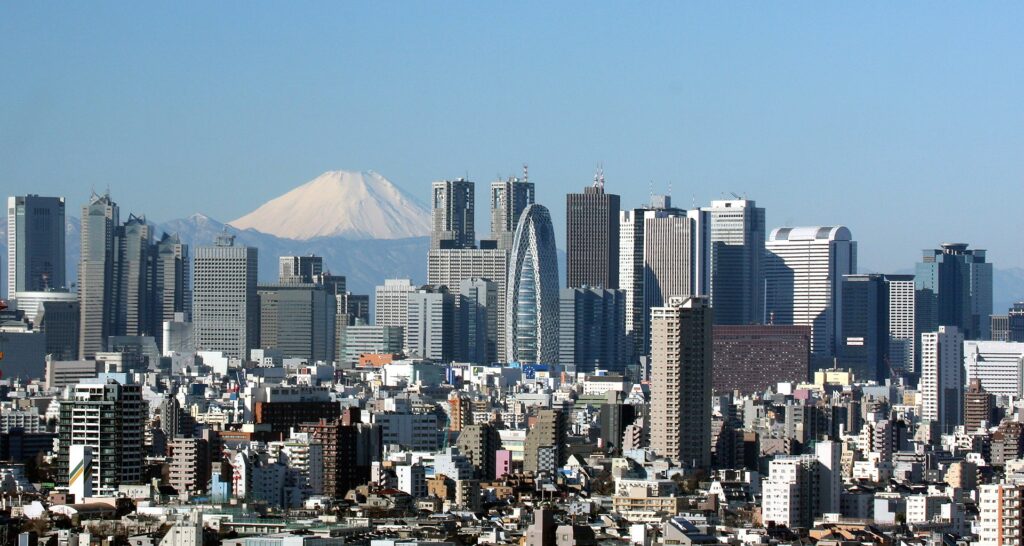
Paris, France
Paris seems to have an eternal glow—an artistic flair woven into every element of its identity.
Boulevards are dotted with ornate balconies, and the air smells faintly of baguettes and roasted chestnuts when the season is right.
People often call it the City of Light for good reason; it’s as though every streetlamp, every café, and every late-night jazz haunt is lit by a gentle spark of romance.
Take a seat on a terrace, order a cappuccino, and watch the world pass by as you nibble on a perfect croissant.
Then, if you’re feeling cultured, wander through the Louvre, or admire modern masterpieces at the Pompidou.
Don’t forget that tiny side streets can lead to hidden gems—boutique shops, small bakeries, or local bistros. Paris is the kind of place where you can discover everyday magic at every corner.
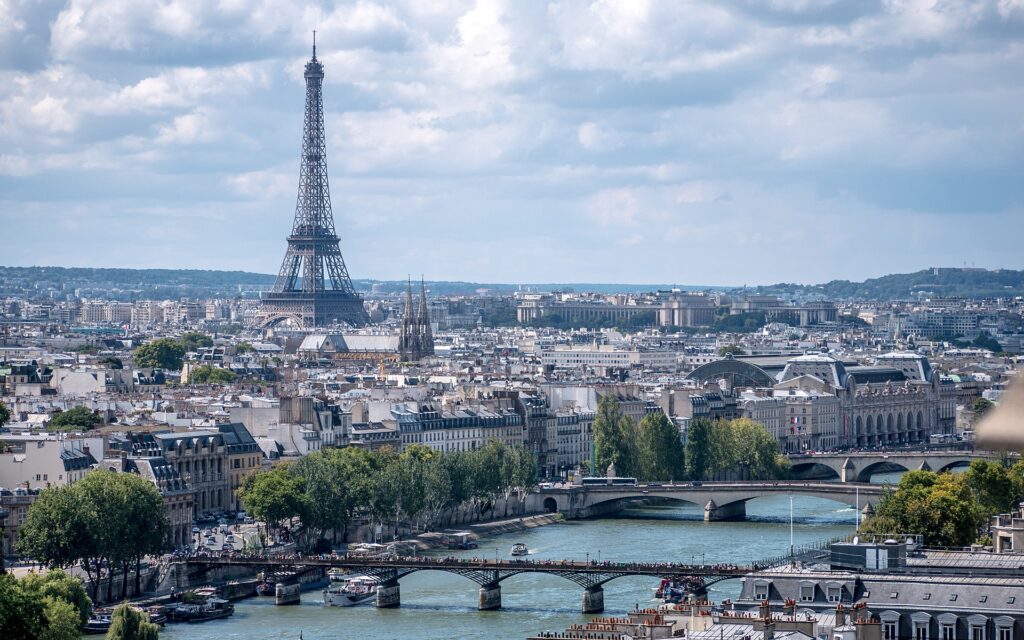
New York City, USA
Skyscrapers pierce the clouds, and the sidewalks can feel like a 24/7 carnival of sights, smells, and languages. A certain grit blended with a global flair keeps folks coming back.
Want classic bagels at sunrise? Manhattan has them.
Craving the hum of a jazz club at night? Harlem or the West Village might be calling your name.
Feel like strolling across the Brooklyn Bridge at twilight? It’s an urban dream.
Each borough has a distinct personality, giving you five experiences in one trip. Museums like the Met or MoMA offer artistic inspiration, while street art in Bushwick or the Bronx shows the city’s creative undercurrent.
This is the kind of place that surprises you, whether you’re on your first visit or your fiftieth.
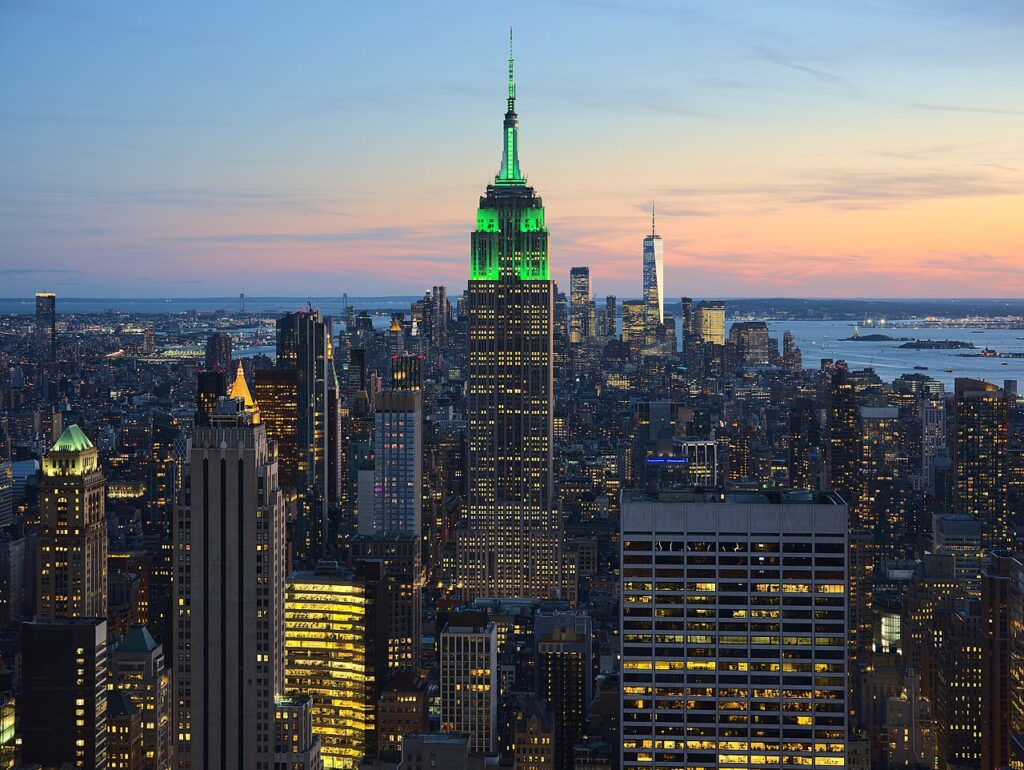
Rome, Italy
People have called Rome the Eternal City, and it’s obvious why: its history stretches back millennia, and remnants of that past exist in harmony with the swirl of modern life.
One moment you’re gazing at the Colosseum, recalling gladiators and emperors, and the next you’re zipping through traffic on a Vespa, dodging your fair share of honking horns.
Food is an absolute highlight—spaghetti alla carbonara or a slice of pizza bianca can feel like a spiritual event in your mouth.
And, of course, there’s the architecture: baroque churches, Renaissance fountains, and ancient ruins at every corner. Whether you’re tossing a coin into the Trevi Fountain or indulging in a late-night gelato near Piazza Navona, Rome creates memories that stand the test of time.
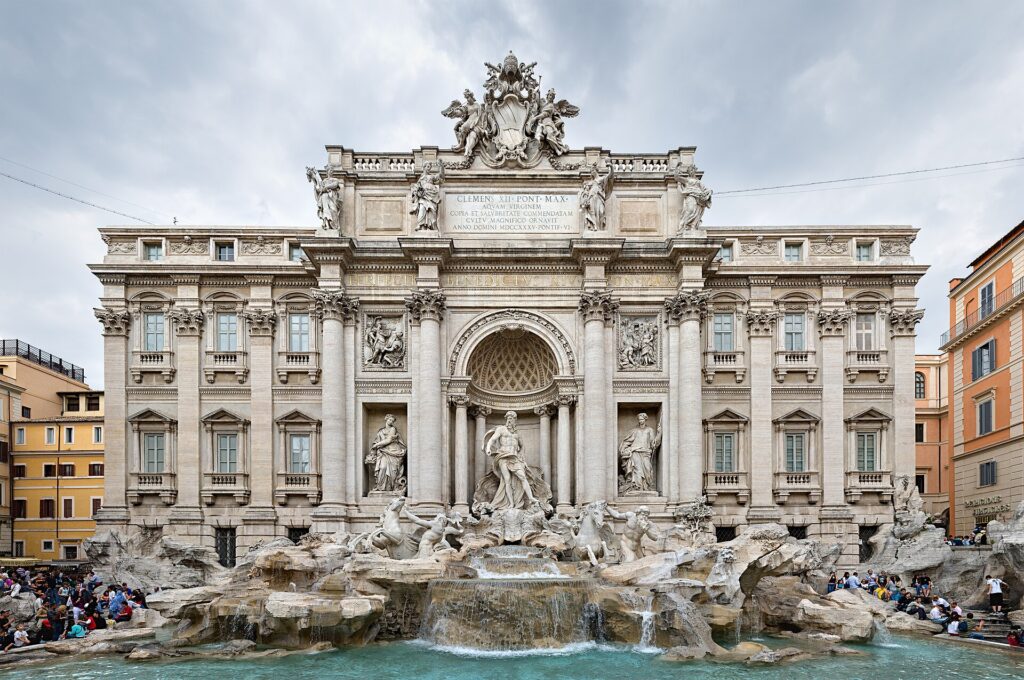
London, England
London is grand and historic yet full of modern twists. Tower Bridge, Westminster Abbey, and Buckingham Palace evoke centuries-old tradition, but the city’s energy never gets stuck in the past.
Neighborhoods like Shoreditch offer street art and pop-up eateries, while Covent Garden remains a timeless spot for theater lovers. And let’s not forget that London is a paradise for museum fans: the British Museum and the National Gallery are free, letting you wander among artifacts and masterpieces to your heart’s content.
Traditional pubs serve fish and chips or Sunday roasts, but you’ll also find an endless variety of international flavors in every direction. It’s a place where double-decker buses share the road with black cabs, and the beat of the city just keeps rolling.
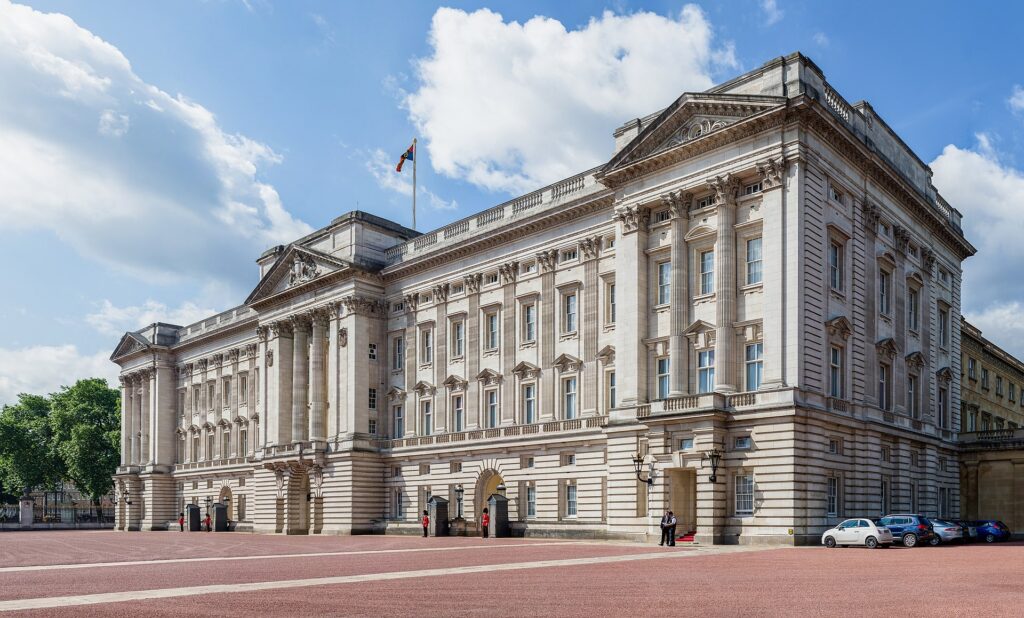
Barcelona, Spain
Barcelona’s zest is undeniable. People come for Gaudí’s whimsical architecture—La Sagrada Familia or Park Güell—and stay for the Mediterranean breeze that floats through palm-lined avenues.
Music resonates from tapas bars, and there’s an artsy vibe in the city’s core, especially in neighborhoods like El Raval. If you’re into dining, sample a plate of patatas bravas or pinch-size pintxos.
Watch the locals fill La Boqueria Market, selecting fresh produce or jamón ibérico.
Then, as evening rolls in, stroll down Las Ramblas or find a spot by the beach at Barceloneta.
The city seems to blur the line between day and night, so don’t be surprised if you lose track of time here.
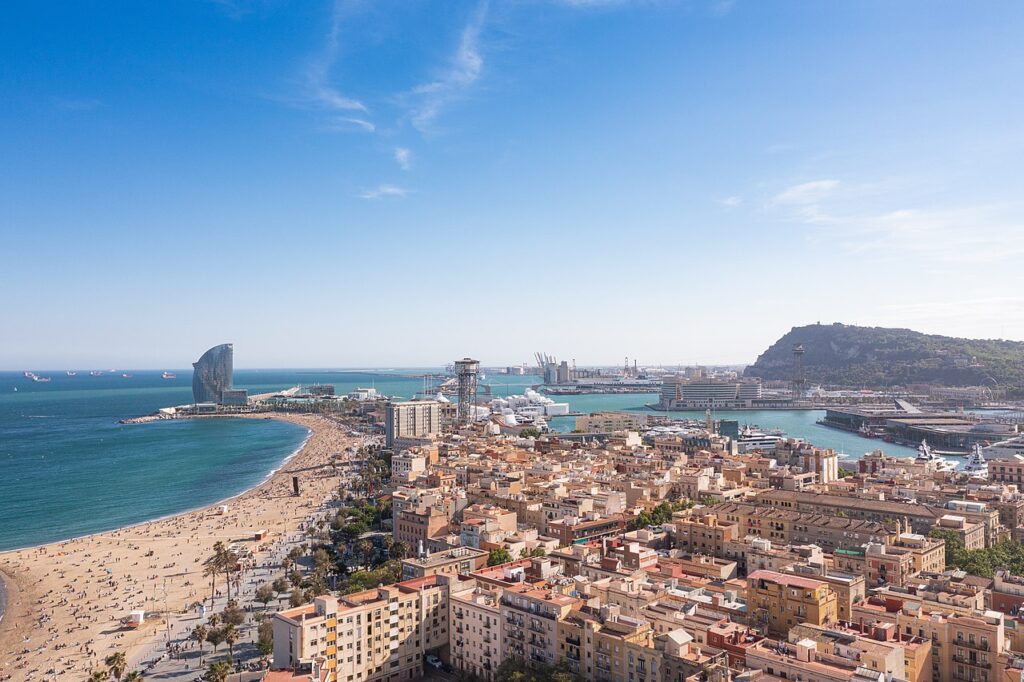
Istanbul, Turkey
Straddling two continents—Europe and Asia—Istanbul has an alluring and comforting energy. Historic mosques and modern skyscrapers coexist, each capturing a different chapter of the city’s story.
The Grand Bazaar is a labyrinth of treasures, with spices, rugs, and handcrafted goods at every turn. Near the waters of the Bosphorus, you’ll catch a whiff of grilled fish or roasted chestnuts.
The Hagia Sophia and Blue Mosque are breathtaking if you’re looking for iconic landmarks. Listen to the call to prayer echo across the rooftops at sunset, and you might find yourself filled with a reverent sense of wonder.
It’s a place where tradition meets trendy restaurants, and ancient walls stand alongside modern galleries. Istanbul is one of those cities that leaves a permanent imprint on your heart.
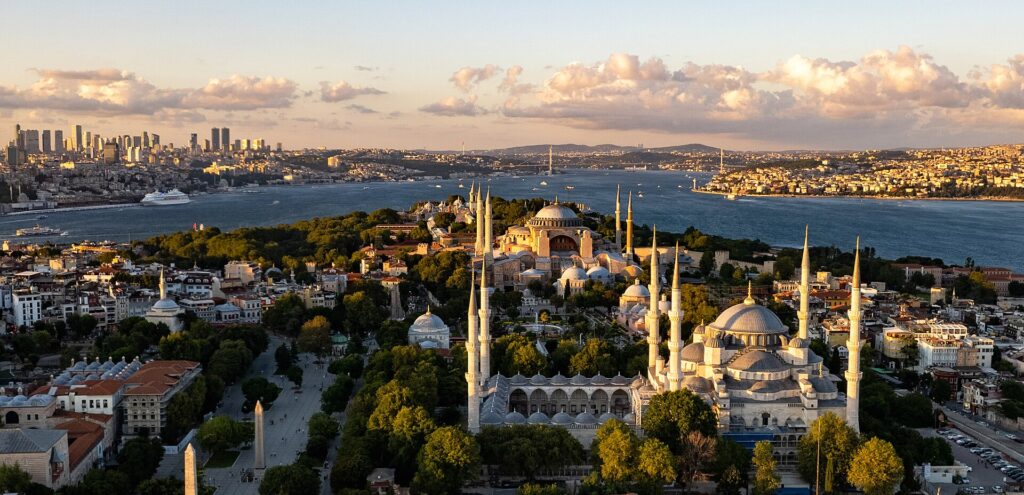
Singapore
Modern and futuristic, Singapore’s skyline is filled with sleek buildings and bright lights that reflect off the water.
Yet, beneath that polished look, you’ll find neighborhoods that retain a cozy character: Little India with its fragrant curry houses, Chinatown brimming with hawker stalls, and Kampong Glam for Middle Eastern flavors.
A highlight? The city’s green corners, like Gardens by the Bay, where giant tree-like structures light up at night in a mesmerizing display. Food is central to life in Singapore; many locals will tell you their favorite hawker stall for chicken rice, chili crab, or satay.
Public transport runs like clockwork, making it easy to get around. Clean, compact, and bursting with creativity.
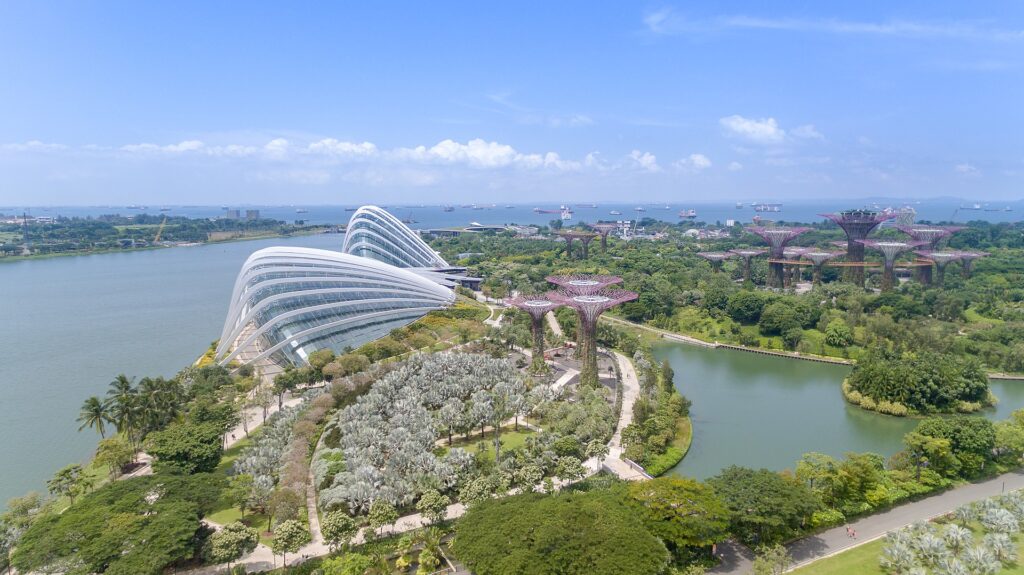
Sydney, Australia
Sunshine, surf, and a sweeping harbor define Sydney’s charm. At the city’s heart stands the Sydney Opera House, an architectural icon that glimmers against the sky. And just a short ride away, you’ll discover white-sand beaches like Bondi, where surfers flock to catch rolling waves.
Thinking about a casual stroll? The Royal Botanic Garden beckons with fragrant blooms and panoramic waterfront views.
There’s a laid-back vibe in many parts of the city, balanced by the cultural offerings of the central business district, from theater performances to upscale dining.
Indigenous art and heritage are woven into the city’s identity, reminding us of Australia’s deep cultural roots. Whether you’re a beach enthusiast or an urban explorer, Sydney offers a sunny dose of both.
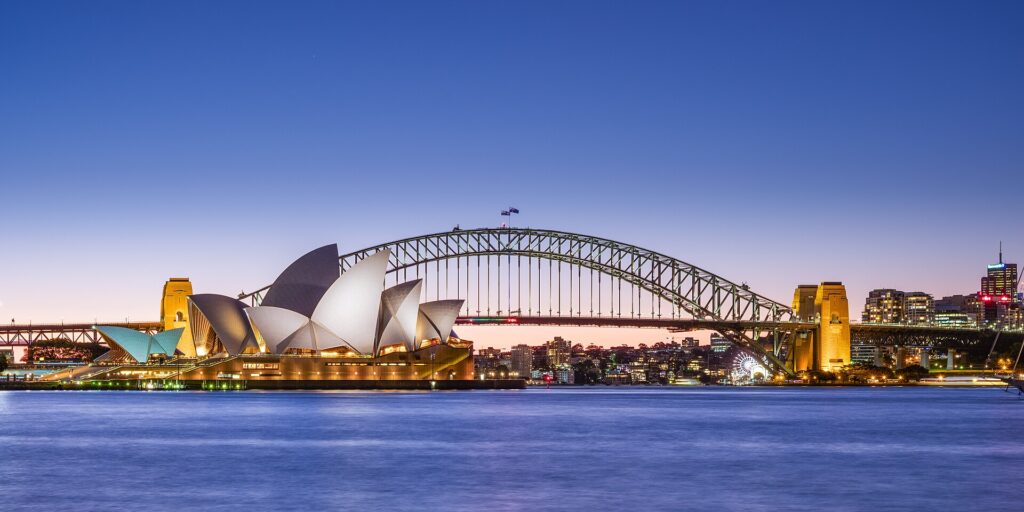
Dubai, United Arab Emirates
Rising from the desert, Dubai is a place where futuristic towers meet old-world traditions.
The Burj Khalifa dominates the skyline, its height prompting visitors to tilt their heads way back just to see the top.
Mega-malls entice shoppers with luxury brands, indoor ski slopes, and aquariums that feel like miniature seas. Yet, there’s another side to the city—traditional souks filled with gold jewelry and aromatic spices, plus boat rides across the Creek on wooden abras.
Food spans everything from lavish brunches at five-star hotels to humble shawarma spots that feed you for just a few coins.
While summers can be sweltering, the city embraces innovation at every corner, delivering something for the glitzy traveler and the curious cultural enthusiast alike.
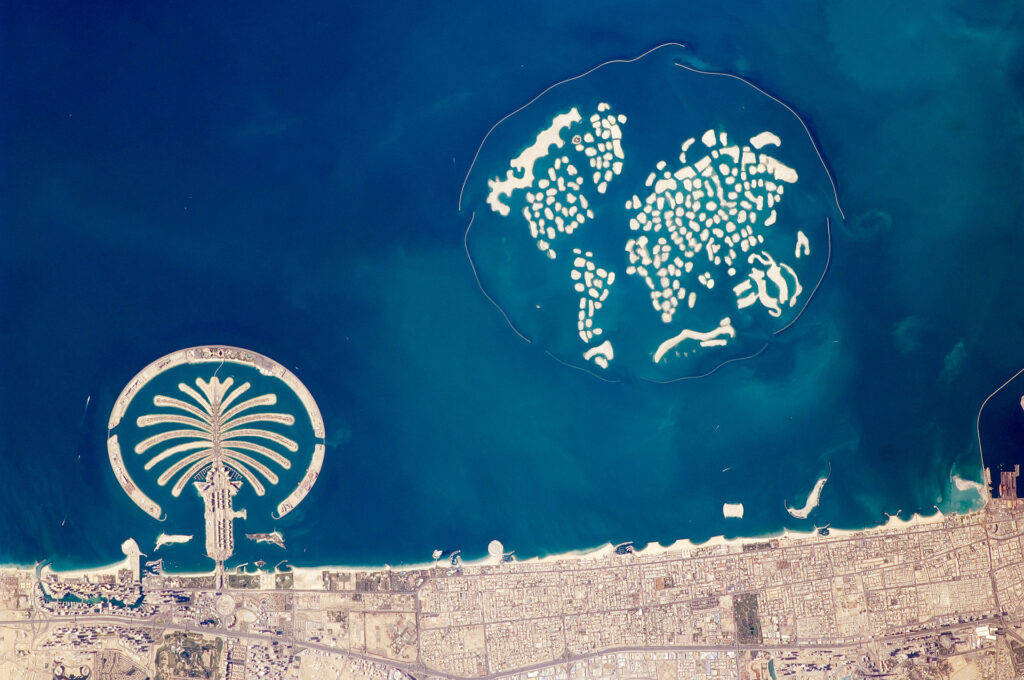
Hong Kong
Skyscrapers rise up against lush green hills, forming one of Asia’s most dramatic skylines. Hong Kong thrums with an intensity that’s balanced by old temples, family-run dim sum spots, and cozy teahouses.
Ride the Star Ferry across Victoria Harbour, and you’ll be dazzled by the neon lights reflecting off the water. Craving a little break from the high-rises?
Tram your way up to The Peak for panoramic views, or wander around Lamma Island for a slower pace.
Street markets burst with fresh produce and fragrant herbs, while luxury boutiques sit just a few blocks away. Hong Kong is compact yet dynamic, with a cultural mix shaped by Chinese heritage and international influences that make it a top spot on many bucket lists.
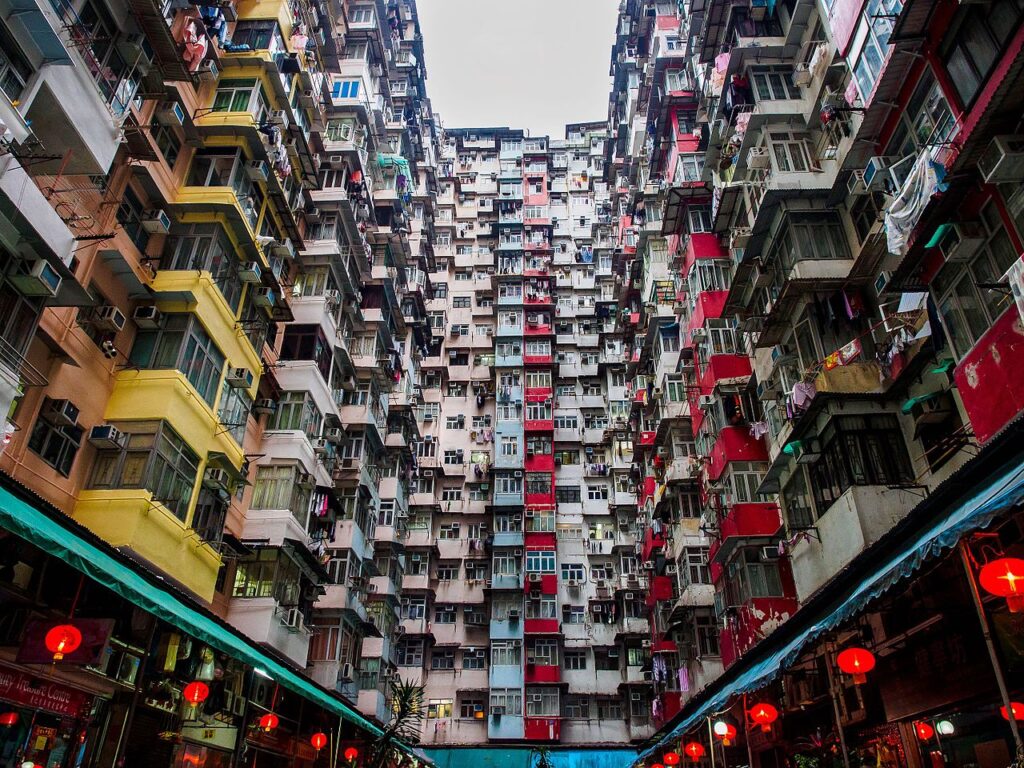
Vienna, Austria
Vienna wraps you in a refined aura of classical music, grand palaces, and cozy coffeehouse culture.
Stroll down the Ringstrasse, and admire historic buildings like the State Opera House and Hofburg Palace, each telling royal tales of the past.
The city’s cafés are legendary for their pastries—take a seat, order a slice of Sachertorte with whipped cream, and watch as waiters pass by with silver trays.
Classical music fans can catch a concert paying homage to Mozart, Beethoven, or Strauss or if the orchestra isn’t your cup of tea, the city’s baroque streets offer an unparalleled beauty.
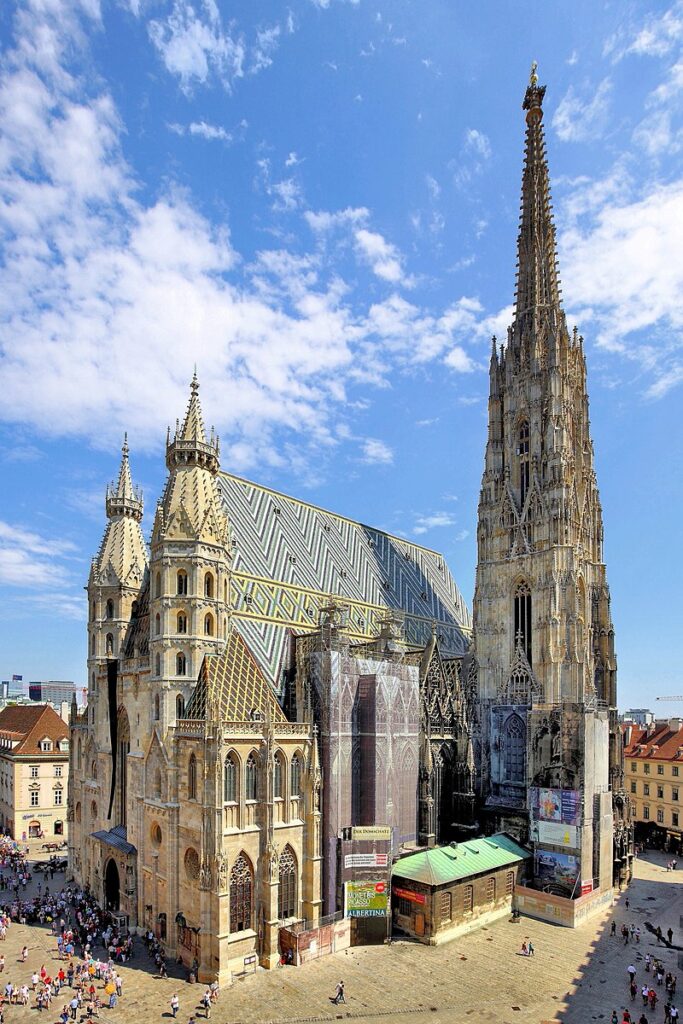
Florence, Italy
Florence was the birthplace of the Renaissance. The Duomo stands as a masterpiece, its red-tiled dome towering above pastel-colored buildings. Walk through the Uffizi Gallery, and you’ll see Botticelli’s “The Birth of Venus” or da Vinci’s sketches that changed art forever. But Florence also captures the soul through its leisurely pace.
You might spend an afternoon sipping espresso at an outdoor café, savoring the Tuscan sun that dances on medieval stone.
Tuscany’s rolling hills are near enough for wine tastings, turning a simple weekend into a gastronomic treat. A creative energy flows through the city’s streets, making it feel like art is part of everyone’s daily life.
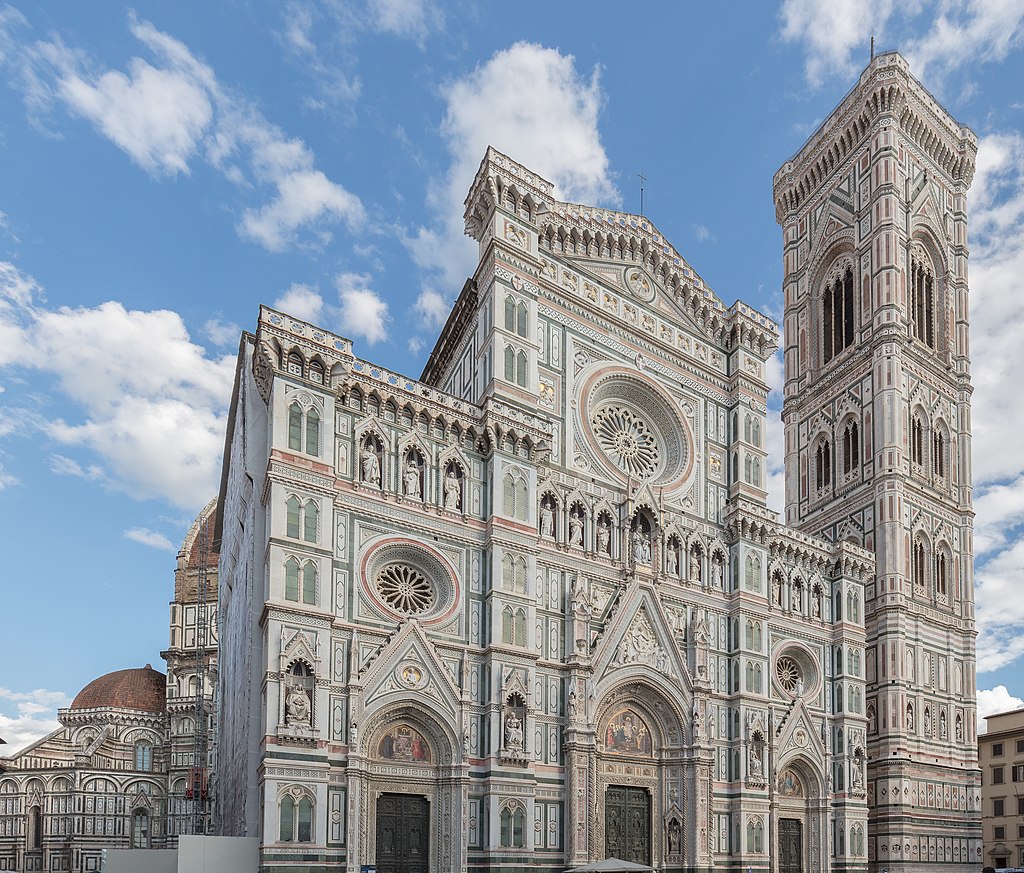
Vancouver, Canada
Cradled by the sea and the mountains, Vancouver is a nature lover’s dream that still manages to offer urban attractions. On one side, you can kayak in the calm waters of English Bay; on the other, you can explore gastropubs and coffeehouses in Gastown.
Stanley Park’s giant cedars and sweeping views attract joggers and cyclists, while Granville Island’s public market tempts with fresh produce and artisan goods.
The city’s diverse population leads to a cornucopia of global cuisines: sushi, dim sum, and everything in between.
The weather can be rainy, but locals embrace the drizzle with a warm jacket and a sense of adventure. Vancouver’s magic lies in its ability to balance city life with the serenity of natural surroundings.
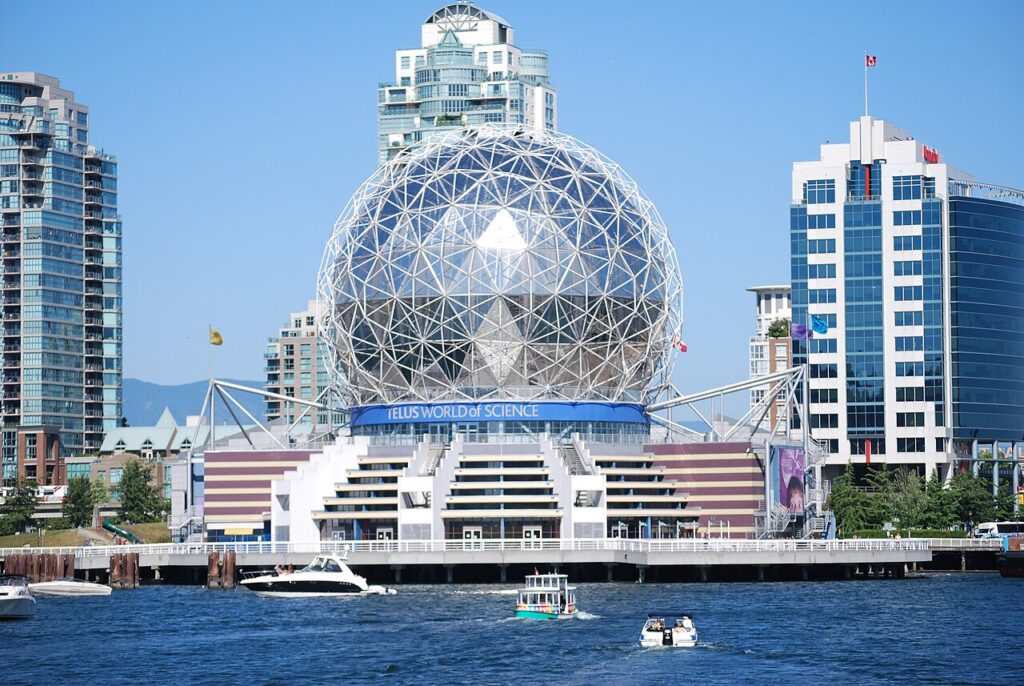
Rio de Janeiro, Brazil
Rio feels like a living soundtrack of samba rhythms, ocean breezes, and city chatter. The iconic Christ the Redeemer statue gazes over everything—beaches, mountains, and bustling streets.
Copacabana and Ipanema are more than tourist spots; they’re cultural epicenters where locals play beach soccer, and visitors lounge under bright umbrellas.
The vibe is vibrant, and there’s always a sense of celebration, especially during Carnival season when the city’s energy skyrockets. If you venture up to Sugarloaf Mountain, you’ll be treated to jaw-dropping panoramas.
Grab some churrasco or feijoada to recharge, and you’re set for another round of exploring or dancing the night away in Lapa. Rio can be both laid-back and electrifying, often at the same time.
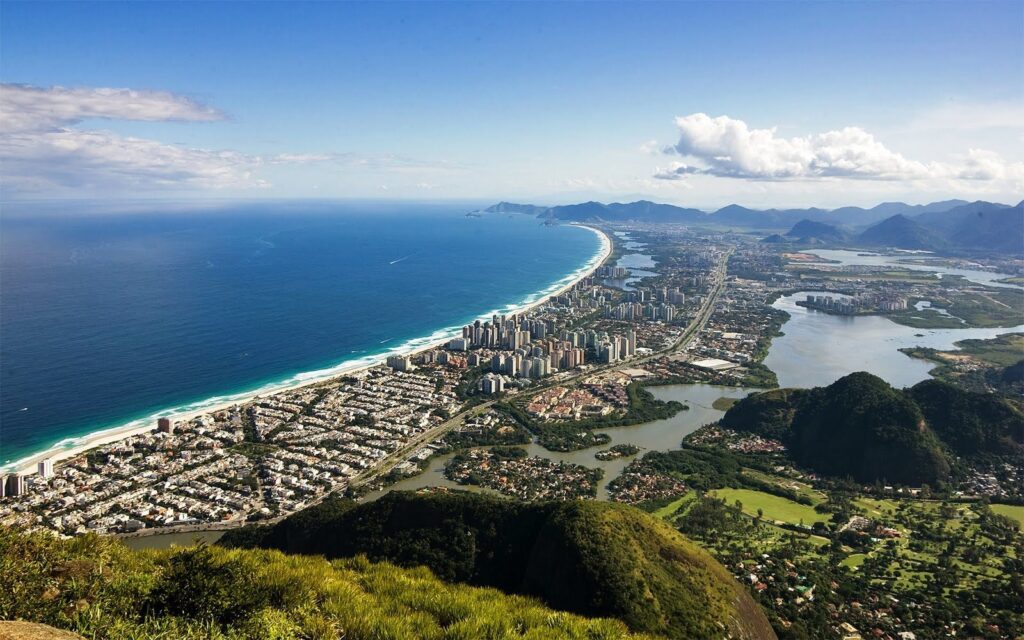
Cape Town, South Africa
Cape Town is a visual delight, nestled between the Atlantic Ocean and the towering Table Mountain. Cable cars run up to the mountaintop, where you’ll find breathtaking views across the city and the sea.
Below, the Victoria & Alfred Waterfront offers shops, restaurants, and a lively harbor scene. Beyond the city, you can explore the Cape Winelands for a taste of local viniculture or venture to Cape Point for dramatic cliffside vistas.
Robben Island, where Nelson Mandela was once imprisoned, serves as a sad reminder of South Africa’s recent past.
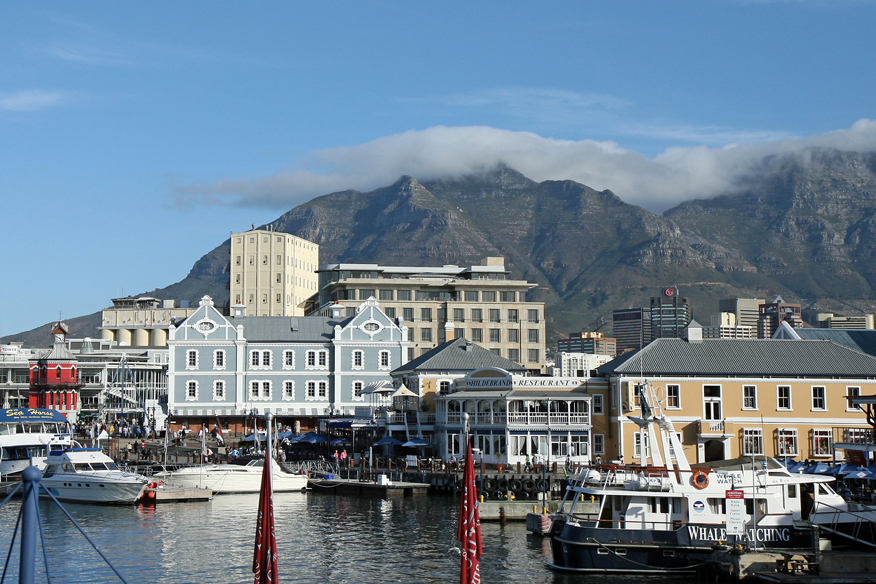
Los Angeles, USA
Sometimes called the City of Angels, Los Angeles can feel like a giant playground for those chasing their dreams.
Hollywood’s allure remains strong—you can wander the Walk of Fame or check out the flashy billboards on Sunset Boulevard. Beyond that, you’ll find beach communities like Santa Monica and Venice, where folks zip around on rollerblades, and street performers keep things interesting.
Food trucks serve up authentic tacos, and upscale rooftop bars offer sweeping views of the downtown skyline. Traffic can be intense, but that’s part of the city’s character.
If you’re patient, LA will reward you with sunshine, vibrant cultural enclaves, and a sense of infinite possibility. Drop by the Getty Center for art and architecture or drive up Mulholland Drive for nighttime skyline views. It’s a sprawling metropolis that refuses to be pinned down.
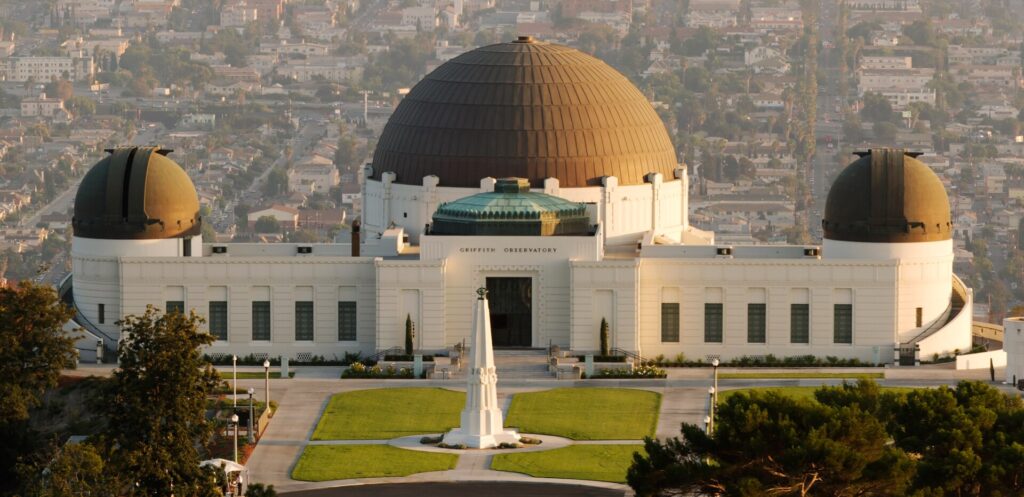
Amsterdam, Netherlands
Amsterdam’s canals form the veins of this beautiful, bike-friendly city. Bridges arch gracefully over calm waters, linking neighborhoods where centuries-old row houses stand side by side in neat lines.
Though the capital is known for its liberal outlook and coffee shops, there’s more than meets the eye. Art buffs can explore the Rijksmuseum or Van Gogh Museum, while the Anne Frank House offers a poignant historical reflection.
The city encourages slow travel—rent a bike or take a casual stroll to discover hidden courtyards and vibrant markets.
If lucky, you might visit during tulip season and witness a dazzling array of colors in nearby fields.
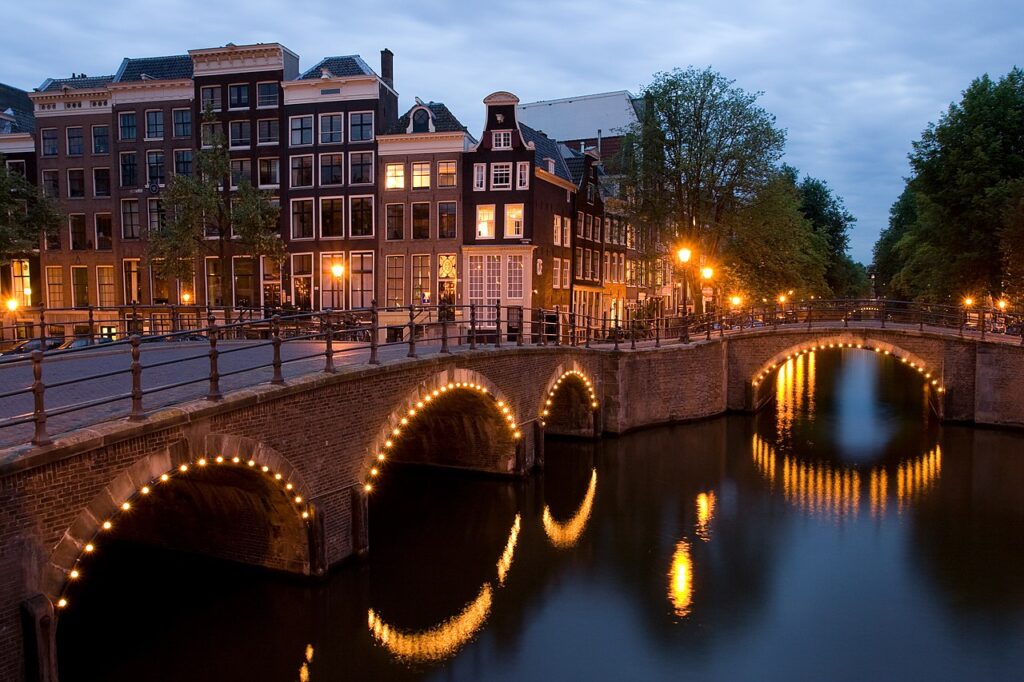
Buenos Aires, Argentina
Buenos Aires is proud, soulful, and brimming with tango rhythms at every turn. The city’s grand boulevards and ornate European architecture hint at a cultural heritage that blends Latin spirit with Old World influences.
Neighborhoods like La Boca grab your attention with colorful buildings and street performances, while Palermo offers chic boutiques, leafy parks, and a lively nightlife scene.
Steak is a huge part of the local culinary tradition, paired with full-bodied Argentine wines that delight the palate.
Watching a tango show in San Telmo or dancing yourself at a milonga is a rite of passage for visitors. Buenos Aires feels alive day and night, with passionate locals who love good conversation, soccer, and the art of living well.
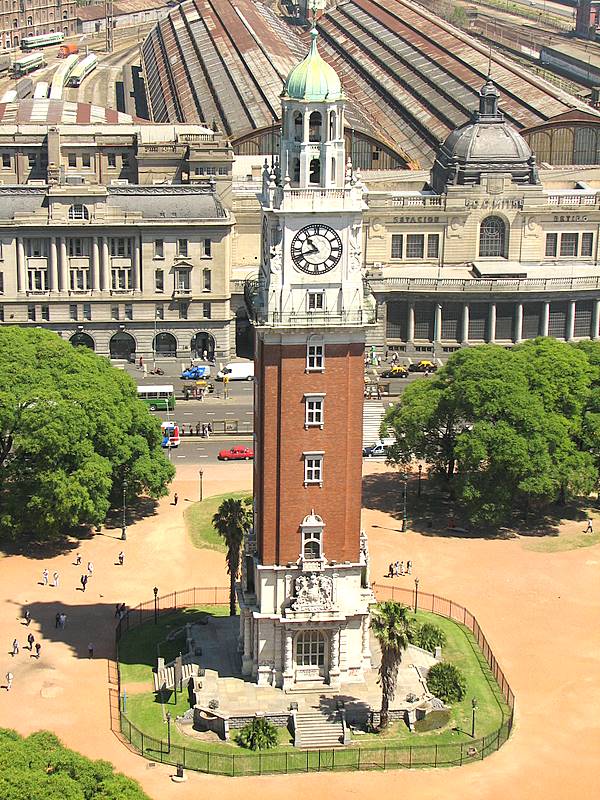
Reykjavik, Iceland
In the northern reaches of the Atlantic sits Reykjavik, a small capital with a lot of personality. Colorful houses line the narrow streets, and murals adorn building walls, reflecting Iceland’s creative streak.
The city center is walkable, dotted with artisanal coffee shops and cozy bars where locals gather to chat about everything under the sun. Geothermal energy keeps the place warm, and the famous Blue Lagoon isn’t far away, promising mineral-rich waters that soothe tired travelers.
Some nights, you might glimpse the aurora dancing overhead, painting the sky with green and purple hues. Reykjavik is often the launching point for adventures into otherworldly landscapes—volcanoes, glaciers, and waterfalls abound. But even if you stick around downtown, you’ll feel the friendly, innovative spirit that defines Iceland’s capital.
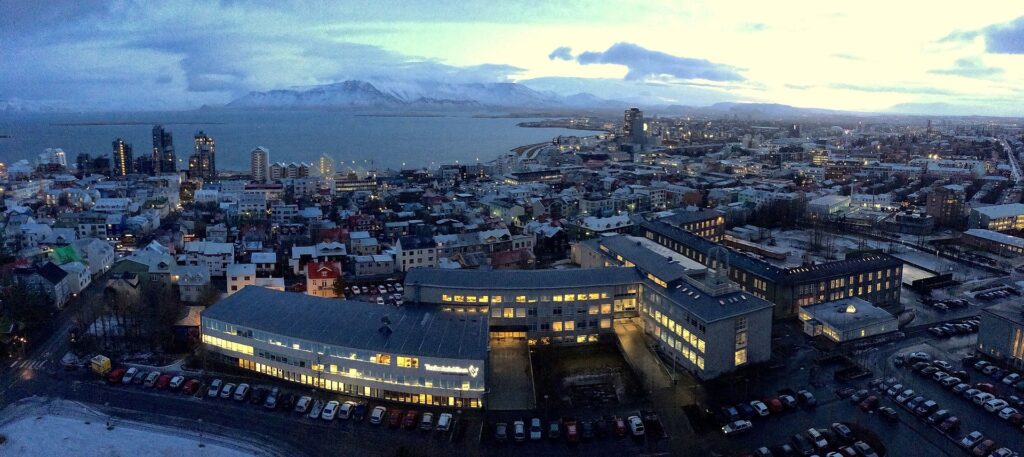
San Francisco, USA
When you spot the Golden Gate Bridge peeking through the fog, you know you’re in San Francisco.
The city’s hilly streets can test your stamina, but they reward you with scenic vistas at every turn. Victorian homes, known as Painted Ladies, glow in pastel shades against the Californian sky.
Cable cars still rumble along certain routes, offering a nostalgic way to get around. Fisherman’s Wharf might be touristy, but it’s fun to see sea lions basking by the pier and to taste some clam chowder in a bread bowl.
Explore neighborhoods like the Mission for street art and tasty burritos for a more local feel. Tech culture has also shaped parts of the city, but you’ll still find bohemian corners and an inclusive spirit that harks back to the city’s counterculture era.
As you watch the sun set over the Pacific, you might understand why people leave their hearts here.
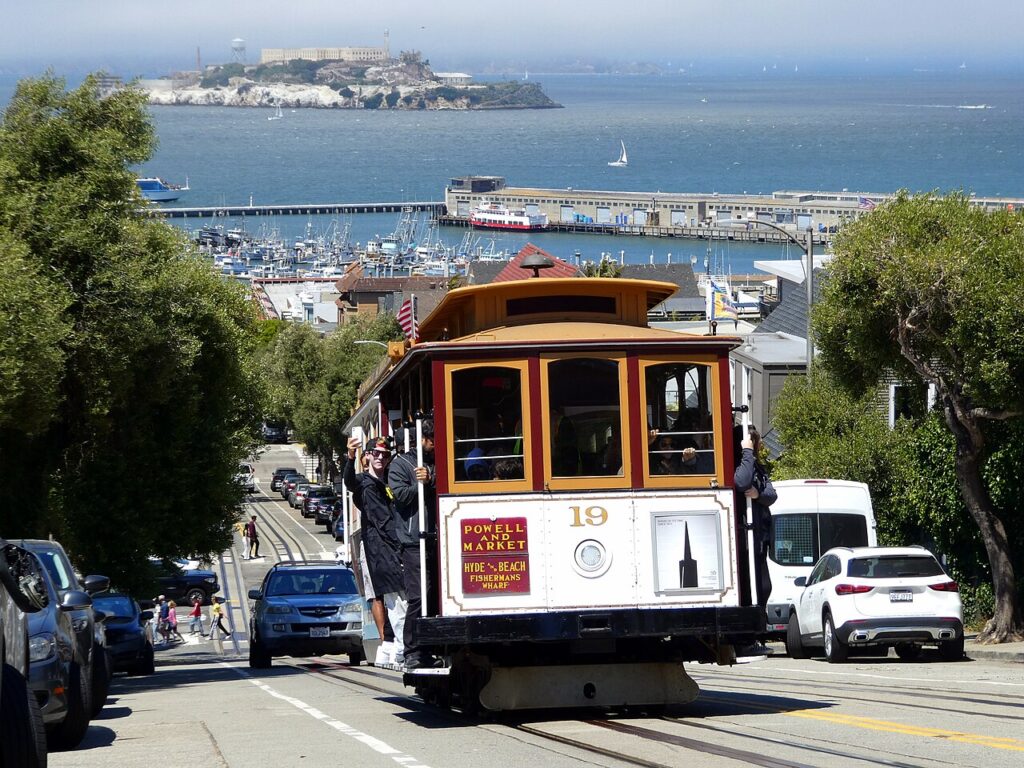
Bangkok, Thailand
Bangkok is a kaleidoscope of activity. Street stalls dish out fragrant curries and sizzling skewers while glittering temples like Wat Phra Kaew stand as national treasures.
The Chao Phraya River snakes through the city, carrying ferries and long-tail boats alongside futuristic skyscrapers. The city’s energy can be overwhelming, but there’s a charm in the chaos.
Tuk-tuks race down narrow streets, passing hidden shops and local markets brimming with fresh fruit and textiles. When you need an escape, treat yourself to a Thai massage or explore a quieter district like Thonburi.
From the throngs of travelers on Khao San Road to the designer boutiques in Siam, Bangkok merges tradition with modern flair, offering an experience that’s as flavorful as the local street food.
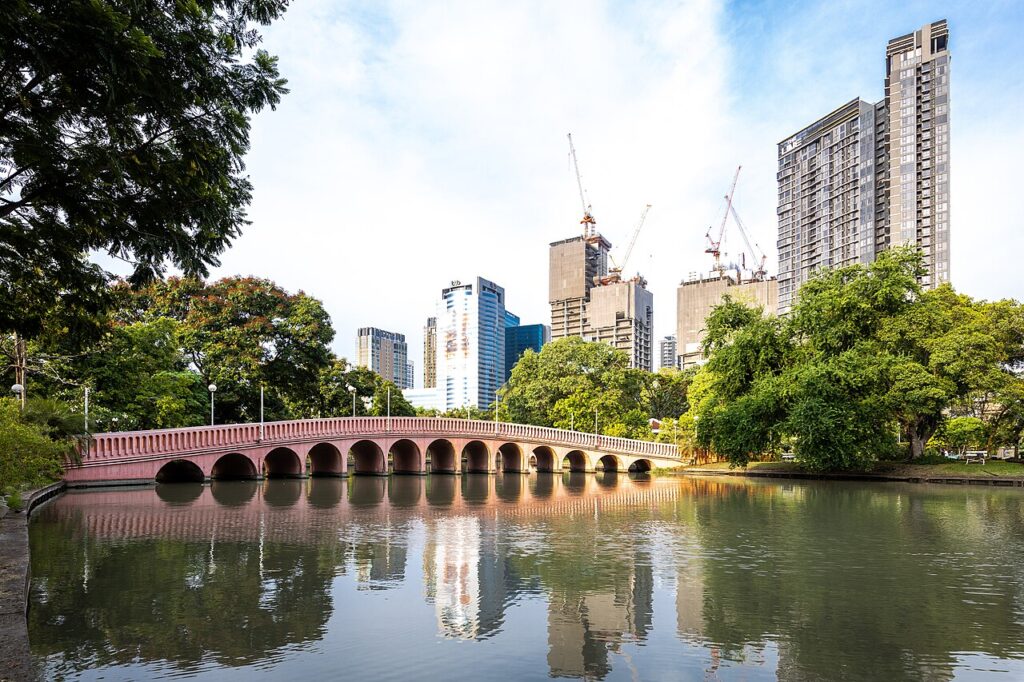
Berlin, Germany
Berlin wears its history on its sleeve, with reminders of the past visible in landmark sites like the Brandenburg Gate and remnants of the Berlin Wall.
Yet the city also overflows with an edgy, forward-looking spirit, visible in graffiti art, experimental music, and a club scene that draws people from everywhere.
Stroll through sprawling Tiergarten Park, or peek into the museums on Museum Island, which house everything from ancient Egyptian relics to Romantic-era paintings.
Street food includes the beloved currywurst and döner kebab, reflecting the city’s diverse cultural fabric.
Berlin’s nightlife can go until the wee hours, and you can sense a celebration of freedom in its creative enclaves. With a laid-back vibe and a progressive mindset, Berlin invites you to explore your own version of cool.
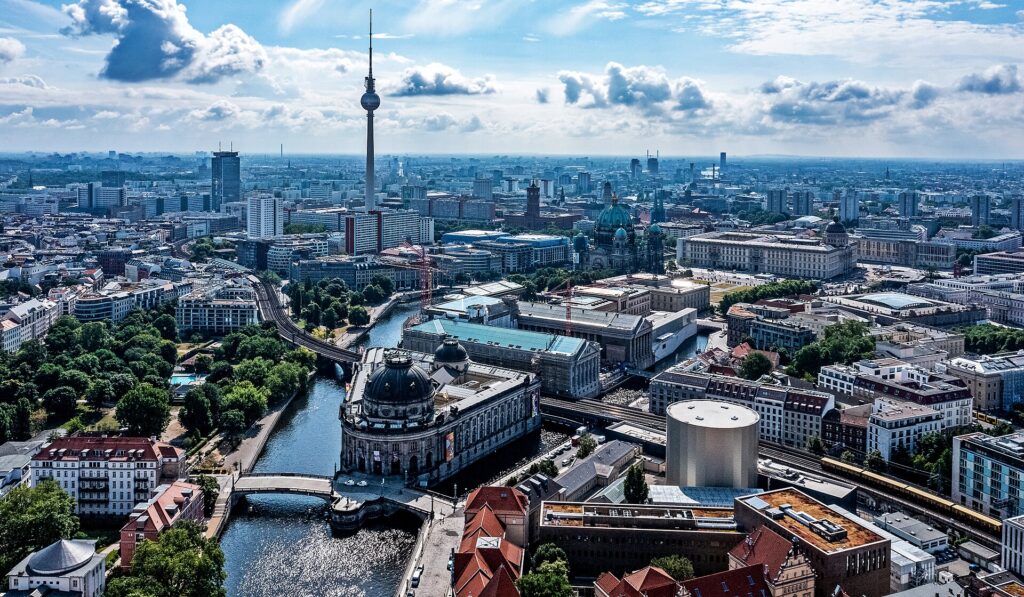
Cairo, Egypt
Cairo is an urban giant perched on the banks of the Nile, and it’s home to some of the most iconic historical treasures on Earth. The nearby Giza Plateau has the Great Pyramids and the Sphinx, standing as ancient wonders that continue to amaze visitors.
Amid Cairo’s busy streets, you’ll find medieval architecture in Islamic Cairo, including grand mosques and khan bazaars that echo with centuries of commerce.
The aroma of roasting nuts and spiced tea is never far away, and street vendors offer everything from grilled corn to sweet pastries. Daily life here is vibrant yet steeped in tradition.
Though the traffic can be intense, the city has a magnetic pull that draws folks eager to glimpse its deep history and lively spirit.
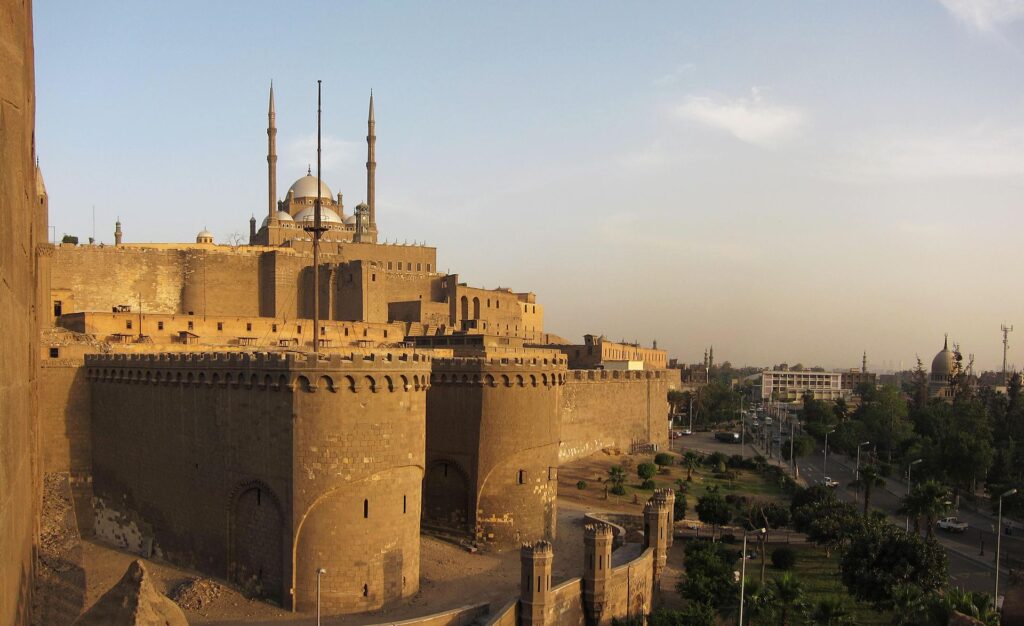
Athens, Greece
As you wander Athens, the Acropolis looms above a silent witness to thousands of years of human endeavor. With its dramatic columns, the Parthenon still impresses architecture buffs and casual visitors alike.
Modern Athens has grown around these legendary ruins, offering a hybrid atmosphere that fuses ancient myths with contemporary life.
There’s something satisfying about sitting in a café in Monastiraki, nibbling on spanakopita or sipping frappé, while the pillars of the past stand guard in the distance.
If you meander through the narrow streets of Plaka, you’ll find craft shops and hidden tavernas that serve fresh souvlaki and Greek salad.
Athens is a city that wears its lineage on every block, blending lively squares with the echoes of philosophers and playwrights who shaped Western thought.
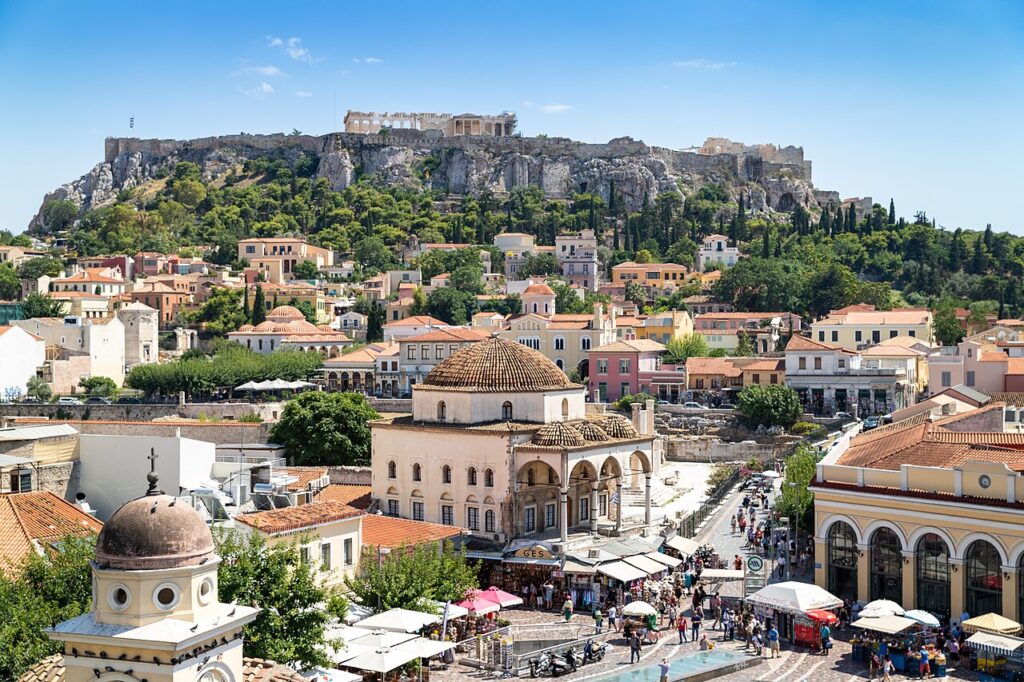
Prague, Czech Republic
Stepping into Prague can feel like entering a fairy tale, with its Gothic spires, cobblestone lanes, and the shimmering Vltava River crossed by the statues of the Charles Bridge.
The Old Town Square buzzes with life—street performers, classic architecture, and the Astronomical Clock that has been keeping time for centuries. The city’s castle district overlooks everything, offering views that are best enjoyed at sunrise or dusk.
Pubs serve hearty Czech dishes paired with beer that many consider among the finest on the planet. There’s romance in the air, especially in the lesser-known backstreets, where you can stumble across hidden gardens or quiet corners.
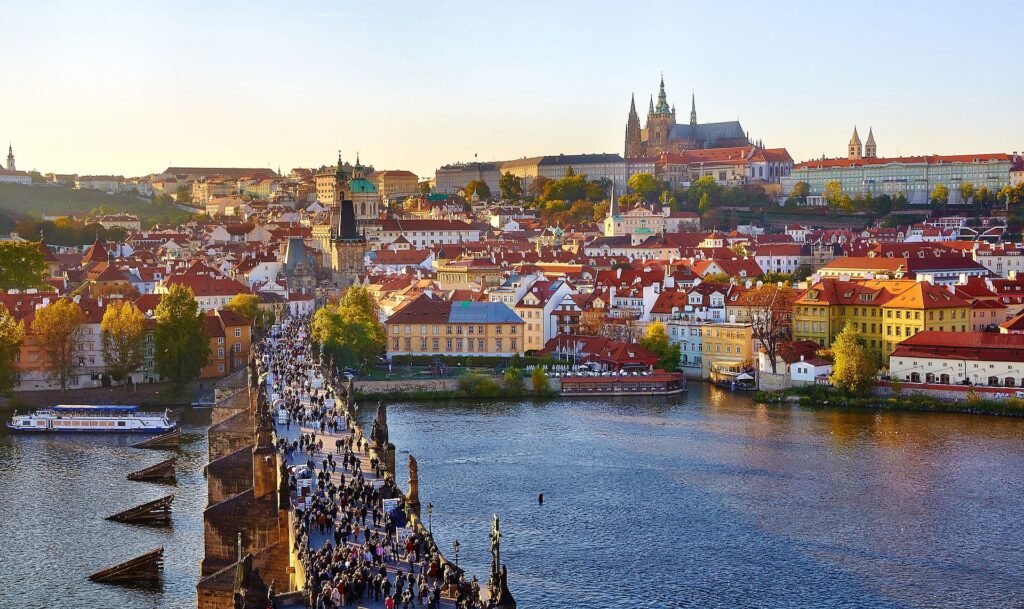
Shanghai, China
Shanghai stands as a symbol of vibrant modernity alongside layers of history. The Bund’s colonial-era waterfront looks out at the futuristic skyline of Pudong, where skyscrapers seem to sprout like bamboo shoots.
Flashy malls and chic restaurants define a fast-paced lifestyle, yet there’s still a tradition in the backstreets of the old town or in quiet temples such as the Jade Buddha Temple.
Food lovers can indulge in soup dumplings (xiaolongbao) or sample sweet-and-sour specialties from local vendors. High-speed trains and modern infrastructure remind you that this city is growing at an astonishing pace.
Still, if you take a moment to stroll through a classic garden or sip tea in a modest tea house, you can connect with Shanghai’s enduring cultural roots.
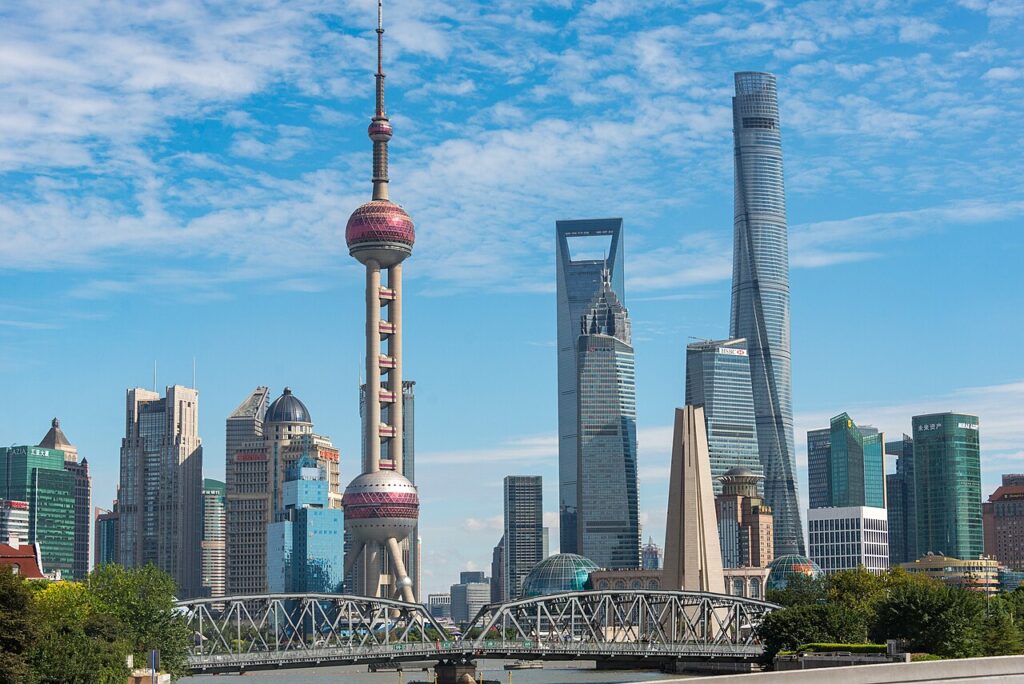
Edinburgh, Scotland
Edinburgh drapes itself across a series of rocky hills and valleys, crowned by a fortress-like castle at the top.
The Royal Mile leads you through the Old Town’s medieval nooks, lined with cozy pubs, whisky bars, and lively street musicians. And the New Town (which is actually old by modern standards) has Georgian architecture that adds a grand perspective.
If you’re up for a brief hike, head to Arthur’s Seat, an extinct volcano with panoramic views over the city and the Firth of Forth.
Edinburgh’s annual festivals, especially the Fringe, draw artists and performers from everywhere, filling the cobblestone streets with comedic acts, theatrical performances, and cultural mashups.
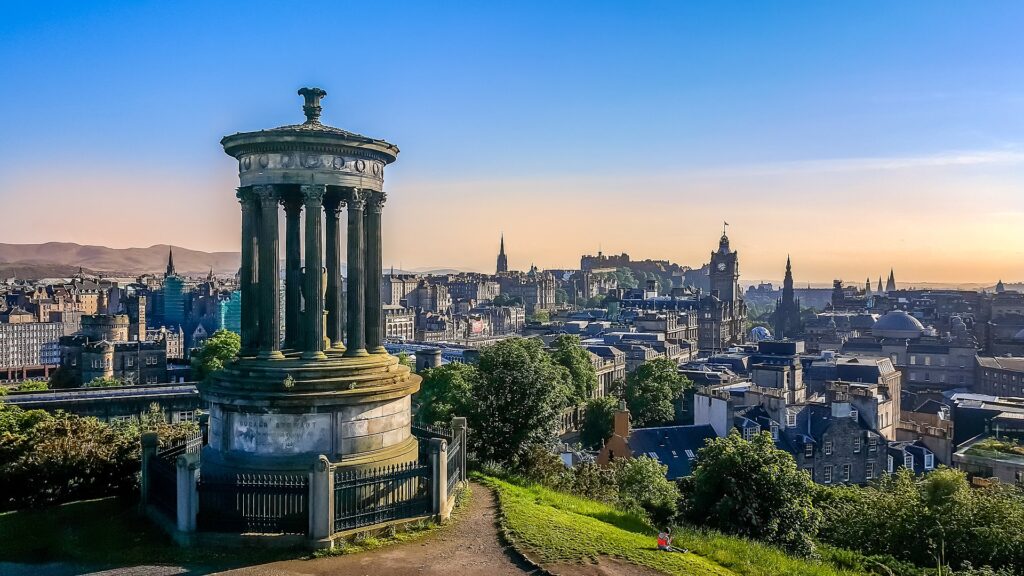
Moscow, Russia
With its colorful domes of St. Basil’s Cathedral, the wide expanse of Red Square, and the imposing Kremlin walls, Moscow presents a dramatic sight that merges history and modern power.
Soviet-era monuments, like the colossal statue of the Worker and Kolkhoz Woman, coexist with luxury stores lining Tverskaya Street. Underground, the metro stations are architectural masterpieces, gleaming with chandeliers and elaborate mosaics.
Traditional staples, such as borscht and pelmeni, can be found in both family-run cafes and upscale restaurants.
Stroll along the Moscow River’s embankments, or experience the Bolshoi Theatre for a ballet or opera. The city’s scale can be overwhelming, but it also exudes a grandeur that leaves a lasting impression.
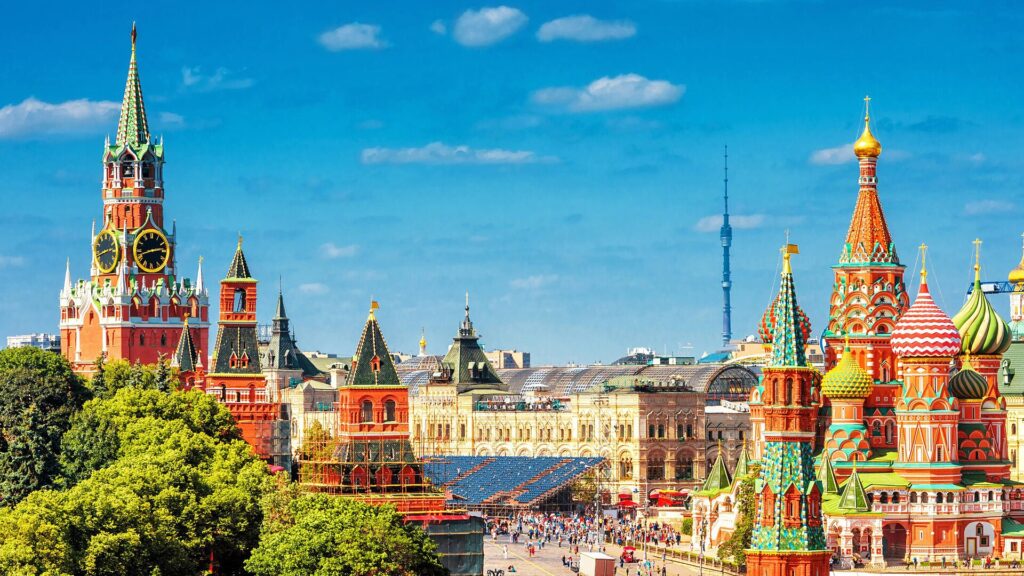
Venice, Italy
Venice is a floating dream, woven from canals and shimmering reflections. Boats instead of cars, labyrinthine alleys where you can easily get lost (in a good way), and Renaissance palaces that remind you of a bygone era.
The heart of the city is Piazza San Marco, with its ornate basilica and campanile standing watch. Gondolas guide visitors under small bridges, and the gentle slosh of water sets a relaxing soundtrack.
Touristy? Yes, but still magical. The city’s craftsmanship lives on in Murano’s glass workshops or Burano’s lace-making tradition. If you can, explore quieter neighborhoods like Cannaregio to see local life that moves at a slow, graceful pace. Venice might get crowded, but it remains a classic example of human ingenuity and artistic flair.
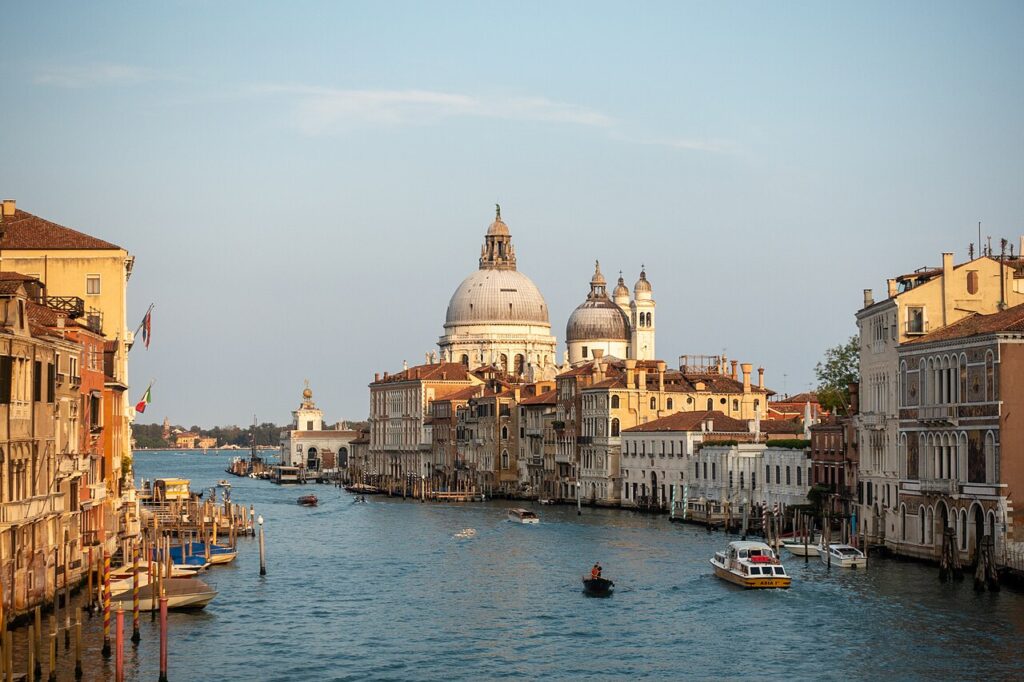
Toronto, Canada
Diverse and dynamic, Toronto is often praised for its multicultural neighborhoods that span the globe in a single city. Walk down one street, and you’ll find Korean BBQ, while a block away you might see Jamaican patties or Polish pierogi.
The CN Tower dominates the skyline, offering a 360-degree view of Lake Ontario and the cityscape below. Sports fans flock to see the Raptors or the Blue Jays, and hockey remains close to Canada’s heart.
Cultural institutions like the Royal Ontario Museum or the Art Gallery of Ontario keep minds engaged. Even with the hustle of Canada’s biggest city, you’ll find friendly folks and pockets of green space, including the tranquil Toronto Islands just a short ferry ride away.
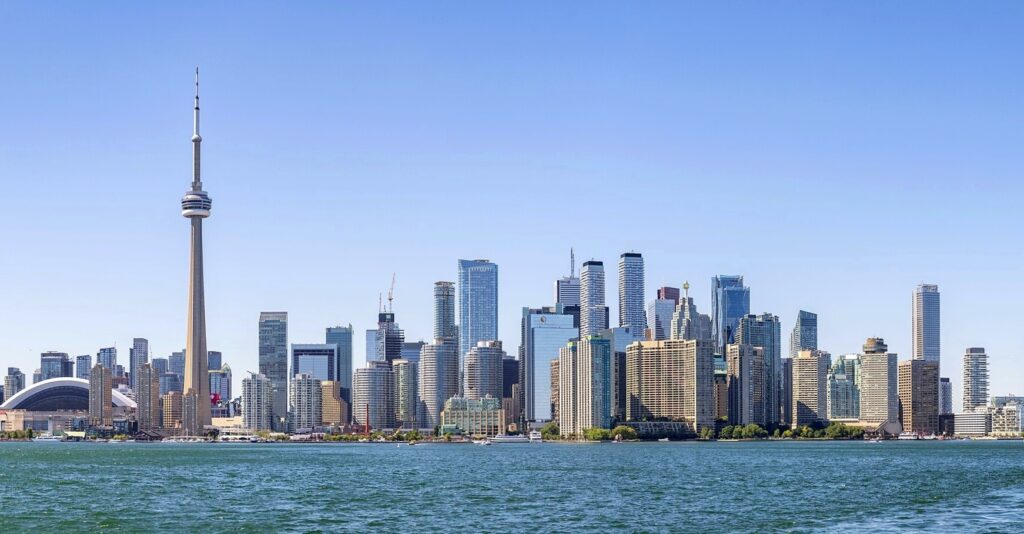
Milan, Italy
Milan is Italy’s style capital, known for high-fashion houses, chic boutique stores, and a flair for design that influences everything from architecture to coffee bars.
The grandiose Duomo di Milano, with its ornate spires, anchors the city center, while the Galleria Vittorio Emanuele II nearby is one of the world’s oldest shopping malls, housing elegant brands under a glass-domed arcade.
Beyond fashion, the city has a rich cultural scene—Leonardo da Vinci’s “The Last Supper” is on display in a humble refectory here, and the city’s opera house, La Scala, is legendary among music lovers.
Milanese cuisine is hearty yet refined, featuring dishes like risotto alla milanese and osso buco. Whether you’re strolling along the Navigli canals or sipping an aperitivo in a classy bar, Milan feels effortlessly refined.
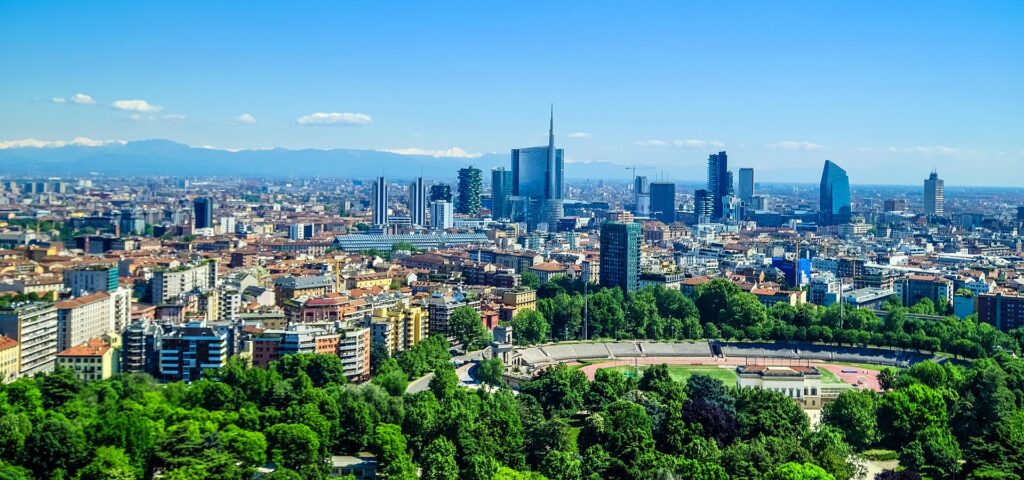
Lisbon, Portugal
Lisbon sprawls across several hills, offering postcard-worthy viewpoints from scenic terraces known as miradouros. Bright yellow trams clatter through narrow streets, passing azulejo-tiled facades and bougainvillea-draped balconies.
Alfama, the city’s oldest neighborhood, is full of winding alleys where you can hear fado music drifting from small taverns. Down by the riverfront, you’ll see the grand Praça do Comércio, a historical plaza with wide arches and a statue of King José I.
Seafood is a highlight—try grilled sardines or bacalhau in its many forms. The city’s cobblestones can wear you out, but the reward of fresh pastel de nata at a local bakery is always near.
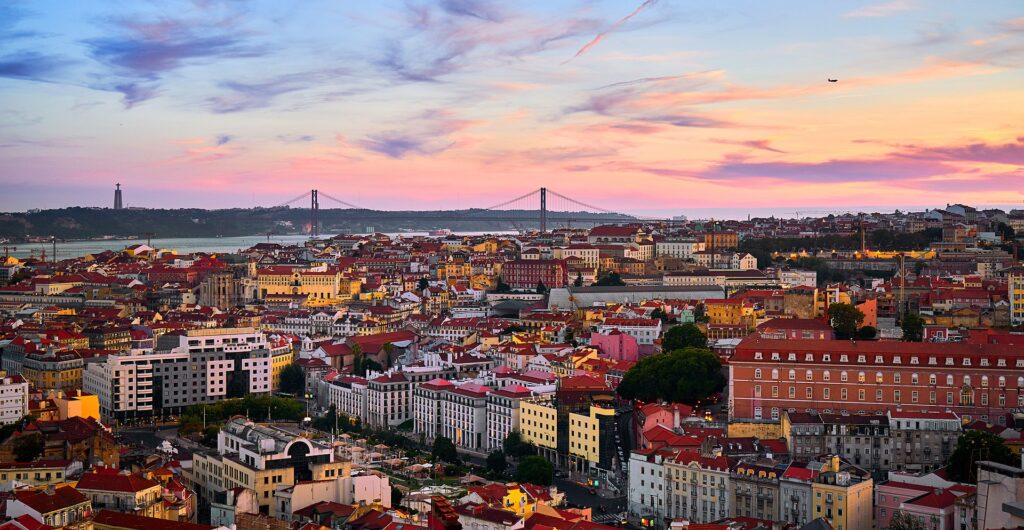
Brussels, Belgium
Brussels is Belgium’s bilingual capital, blending French and Flemish influences into a unique cultural identity.
Its Grand Place is a UNESCO-listed square, featuring guildhalls trimmed with gold and an ornate town hall that sparkles at night.
While the city may be known for hosting major European institutions, it also has a playful side—just look at the Manneken Pis statue or the many cartoon murals paying tribute to Belgian comics like Tintin.
Food ranges from waffle stands and artisan chocolate shops to authentic moules-frites. Brussels also boasts plenty of cozy bars serving famous Belgian beers.
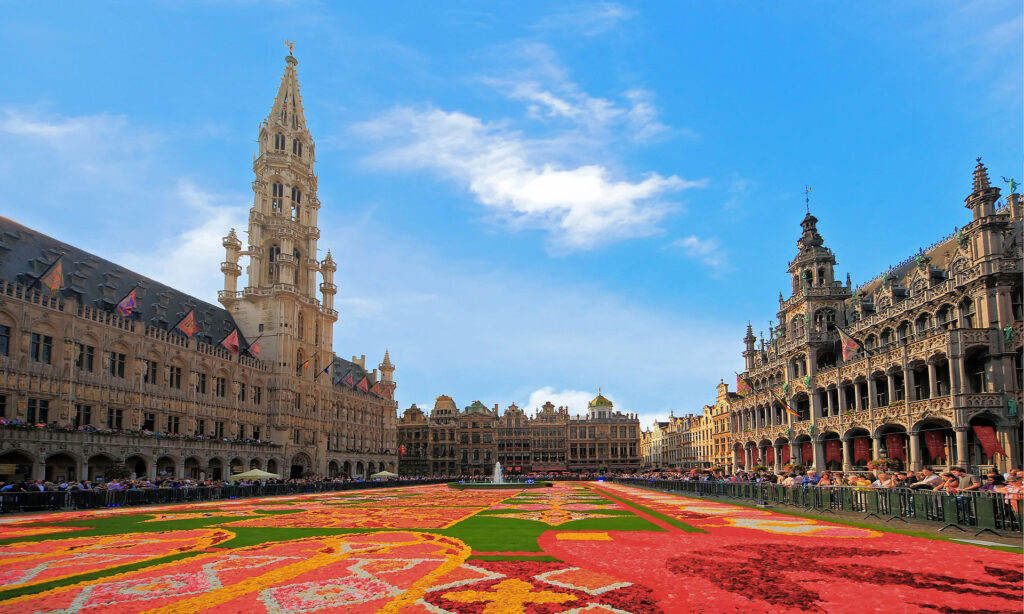
Marrakech, Morocco
Marrakech is a sensory tapestry: the vibrant medina brims with activity, where the scent of spices and leather merges with the sound of merchants calling out.
At its center is Jemaa el-Fnaa, a square that transforms into a theater of street performers and food stalls as dusk settles. The city’s red-hued buildings give it the nickname “the Red City,” and riads (traditional houses) feature courtyards filled with orange trees and fountains.
For a tranquil escape, visit the Bahia Palace or the lush Majorelle Garden. Negotiating in the souks can be an adventure in itself, but the reward could be a unique carpet or a handcrafted lamp.
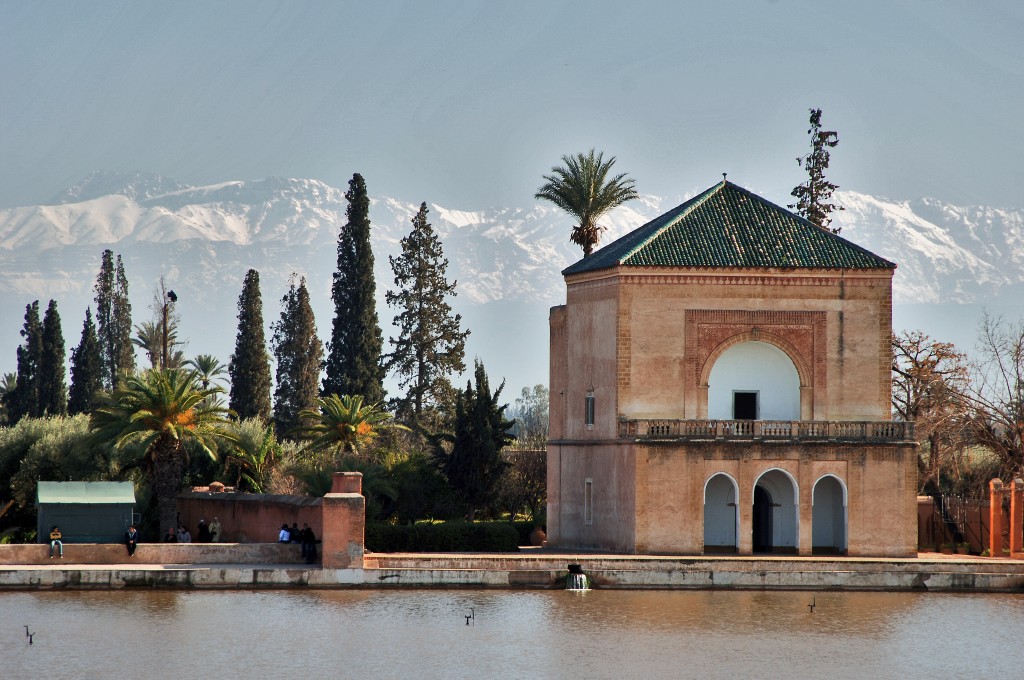
Seoul, South Korea
Seoul is a metropolis where old meets ultra-modern in a vibrant display. Ancient palaces like Gyeongbokgung share space with futuristic architecture such as Dongdaemun Design Plaza.
K-pop tunes fill the air in shopping districts like Myeongdong, and street food vendors tempt passersby with tteokbokki, hotteok, and other local snacks.
Technology hums everywhere—fast internet, digital billboards—but tradition is still celebrated, evident in hanbok (traditional clothing) rentals and temple stays.
The Han River slices through the city, lined with parks where locals picnic and play sports. Nightlife hums in districts like Hongdae or Gangnam, where clubs and karaoke spots stay busy until the early hours.
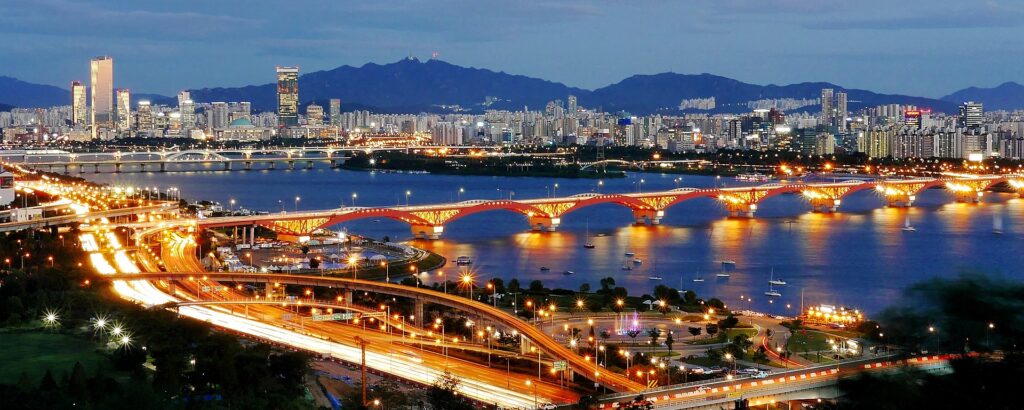
Stockholm, Sweden
Stockholm spans 14 islands connected by bridges, giving it the nickname “Venice of the North.” Clean, modern design aligns with historical grandeur in this Scandinavian capital.
The old town, Gamla Stan, is a medieval treasure trove of narrow alleys, boutique shops, and the imposing Royal Palace. Take a ferry to explore the archipelago on a sunny day, or wander through the city’s numerous green spaces.
Fika, the tradition of taking a coffee and pastry break—is practiced throughout the day, offering a charming glimpse into local life.
Museums like the Vasa Museum or Skansen open-air museum offer insight into Sweden’s maritime and cultural heritage.
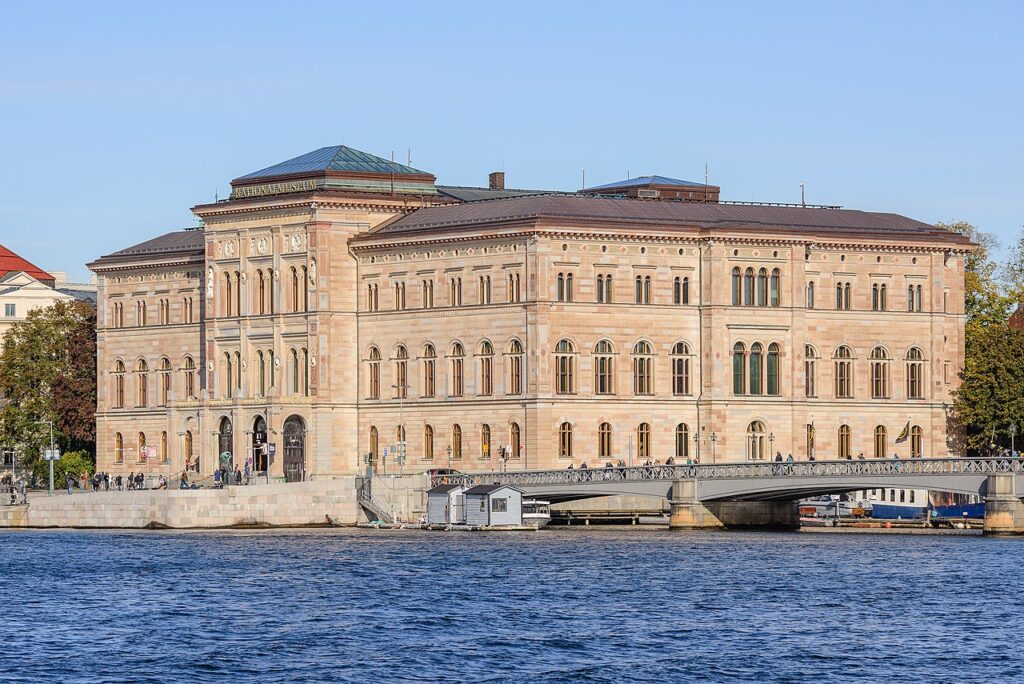
Mexico City, Mexico
Mexico City bursts with life—an ocean of people, architecture ranging from colonial gems to modern feats, and flavors that make your taste buds sing.
The Zócalo is a massive plaza that has seen centuries of history, while the nearby National Palace holds Diego Rivera’s iconic murals.
Street food is everywhere, featuring tacos al pastor, tamales, or quesadillas from corner stands. Art lovers will appreciate the Frida Kahlo Museum in Coyoacán or the bright images in Bellas Artes.
As you explore, you might stumble upon ancient Aztec ruins in the center of the city or discover a quiet park where couples chat on benches.
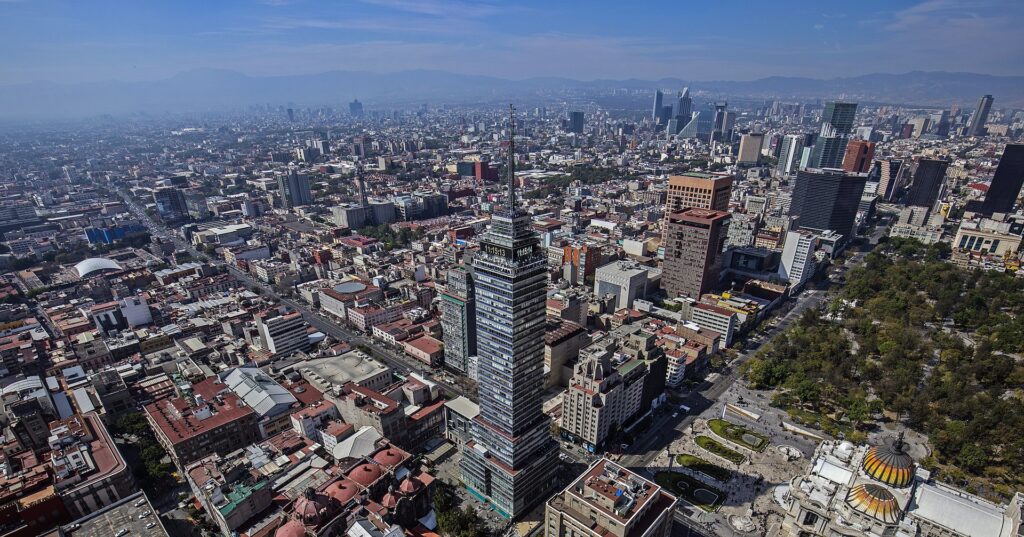
Montreal, Canada
Montreal sits in the French-speaking province of Quebec, but it’s a city that embraces both French and English influences. Old Montreal enchants with cobblestone streets, the grand Notre-Dame Basilica, and a noticeable European flair.
Meanwhile, the Plateau neighborhood brims with street art, quirky shops, and lively terraces where people share poutine and local beers. The city is famous for its jazz, comedy, and film festivals making every season a chance to celebrate something new.
Public markets like Jean-Talon overflow with fresh produce and global eats, reflecting the diversity of this bustling metropolis. Montreal’s blend of historic charm and creative energy creates a distinct urban personality that stands out in North America.
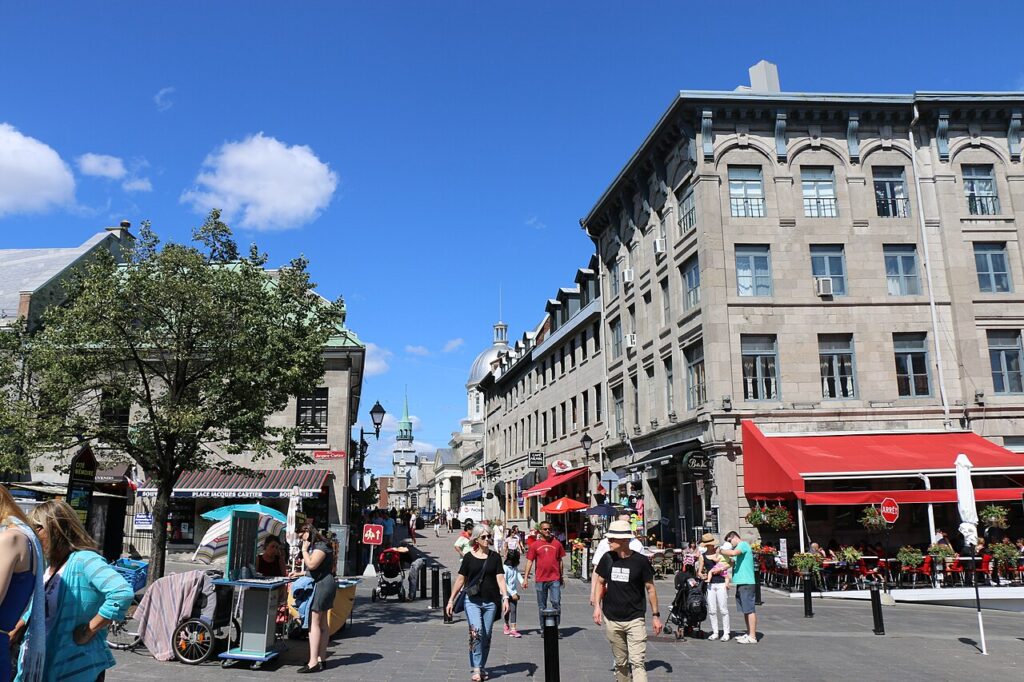
Budapest, Hungary
Budapest is sometimes called the “Pearl of the Danube,” straddling the iconic river with its Buda and Pest districts. Buda’s Castle Hill, with its stunning Royal Palace and Matthias Church, offers panoramic views of the city.
On the Pest side, you’ll find the imposing Parliament building and lively neighborhoods teeming with ruin bars (old buildings turned into whimsical pubs full of eclectic decor). The city’s thermal baths, such as Széchenyi or Gellért, are a must-try for relaxation in Art Nouveau settings.
Hungarian cuisine is hearty, with goulash and chimney cakes to warm you up on a cool day. After sunset, the Chain Bridge lights up, creating a fairytale reflection on the Danube and reminding you that Budapest holds beauty at all hours.
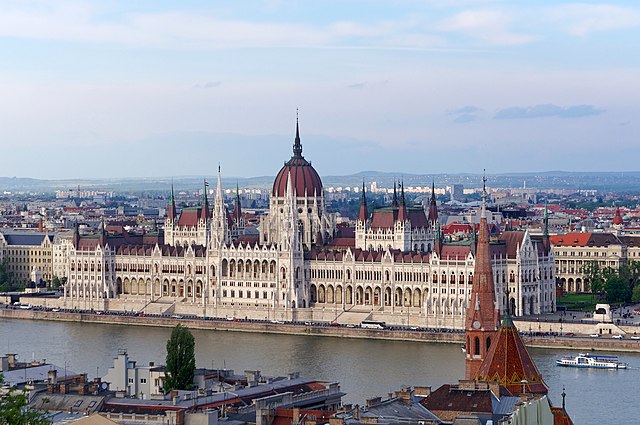
Honolulu, Hawaii, USA
Honolulu on the island of O’ahu is Hawaii’s capital, and it’s the first taste of paradise for many who venture to these islands. Waikiki Beach may be the prime tourist spot, with golden sands and high-rise hotels, but locals often prefer less crowded shores on the North Shore.
The city itself offers a mix of Hawaiian, Asian, and American cultures. Sample poke bowls or plate lunches that blend flavors like kalua pork, macaroni salad, and lomi-lomi salmon.
Nearby, you can hike Diamond Head for panoramic coastline views or learn about history at the Pearl Harbor memorial sites. Honolulu’s vibe is laid-back yet cosmopolitan, creating a unique aloha spirit that’s hard to forget.
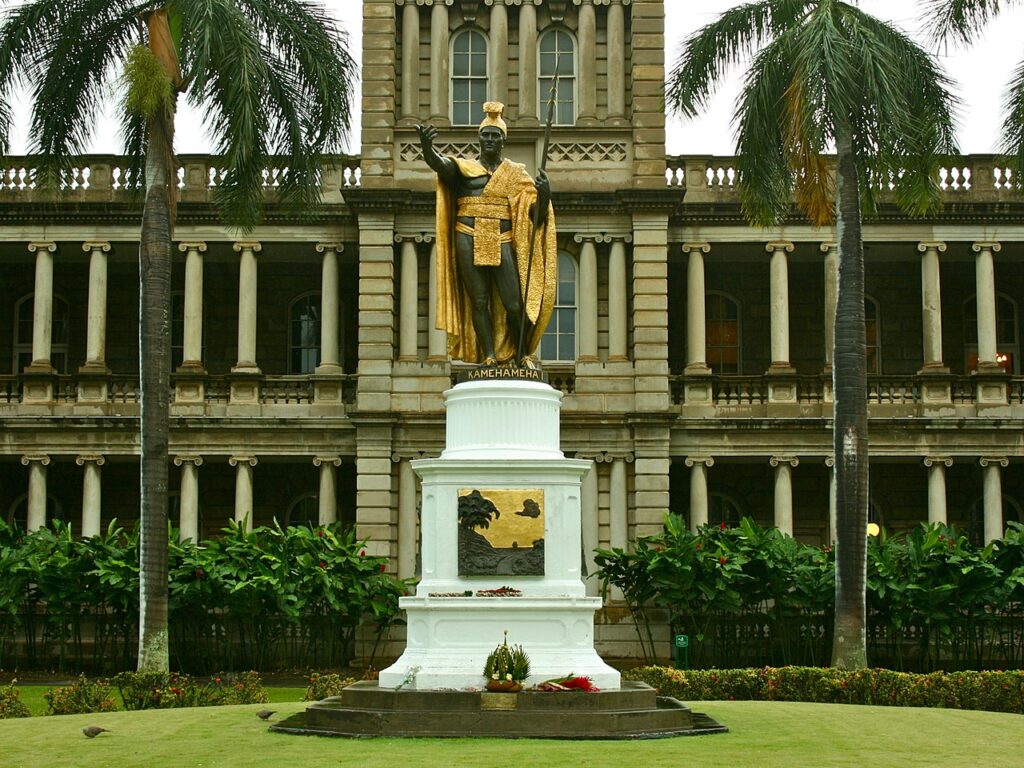
Doha, Qatar
Rising on the coast of the Arabian Gulf, Doha features an ultramodern skyline of architectural experiments featuring twisting, glowing towers that catch the eye.
Yet the city also preserves local heritage in places like Souq Waqif, a bustling market where spices, textiles, and fresh meals draw both locals and visitors.
The Museum of Islamic Art stands as a cultural beacon, housing centuries of artistic masterpieces under the watchful design of architect I. M. Pei.
When temperatures allow, people stroll the Corniche, a waterfront promenade that offers a relaxing way to appreciate Doha’s growth and scenery.
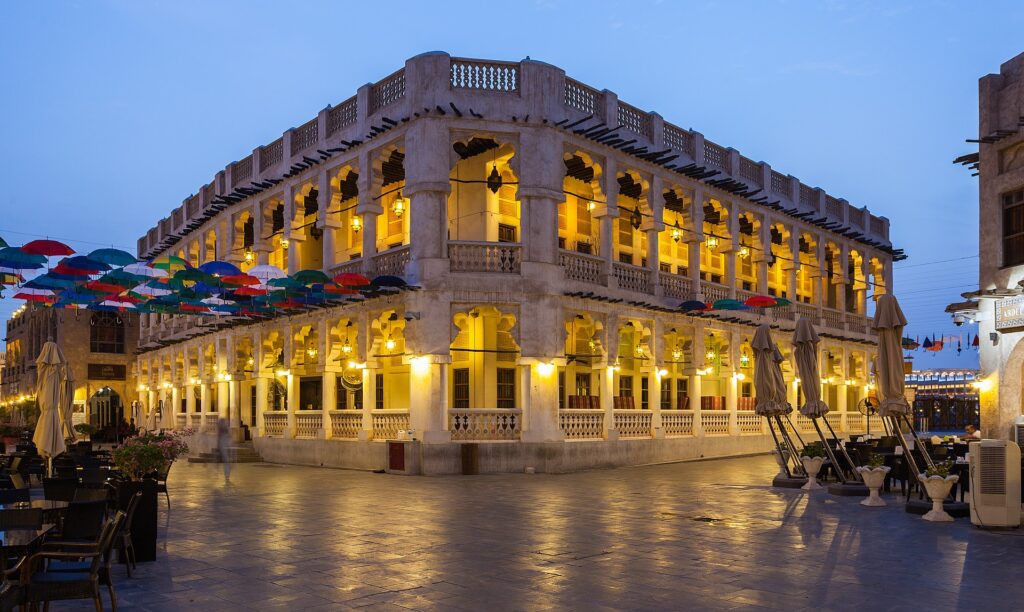
Auckland, New Zealand
Often called the “City of Sails,” Auckland perches on two harbors, peppered with countless yachts and sailboats.
It’s New Zealand’s largest city, and it boasts a laid-back style paired with a subtle urban energy. Sky Tower stands tall in the center, offering a panoramic vantage point.
Neighborhoods like Ponsonby and Parnell provide quaint cafes and boutique shopping, while beaches at Mission Bay or Takapuna are a short drive away.
Auckland’s proximity to nature is striking—volcanic cones, lush suburbs, and stunning coastlines are all within easy reach. The city also highlights Polynesian culture, reflecting a diverse mix of Maori, Pacific Islander, and international communities that shape its food, art, and music scenes.
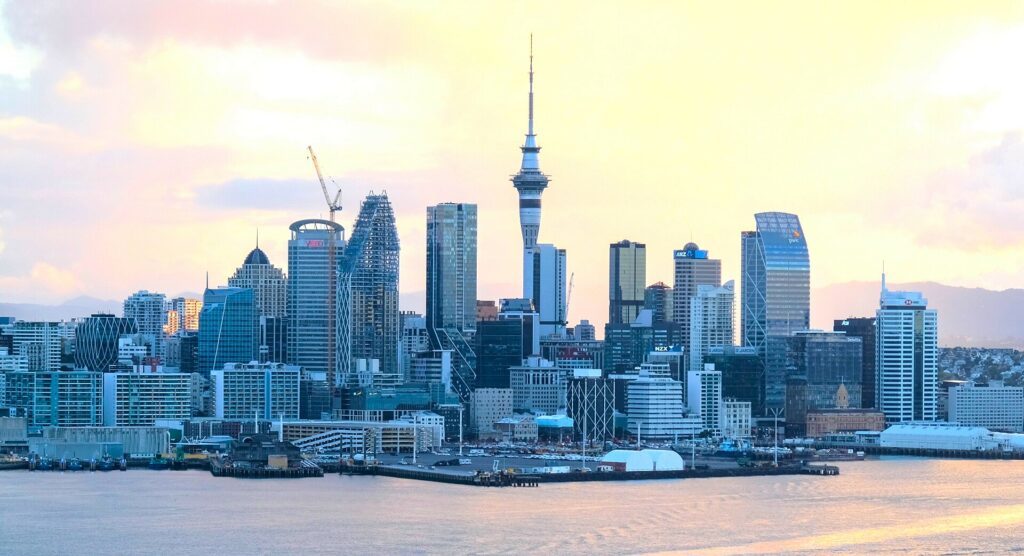
Zurich, Switzerland
Set against a backdrop of alpine peaks and a sparkling lake, Zurich is often associated with banking and finance, but it also has a playful side.
The Old Town, flanking both sides of the Limmat River, showcases narrow lanes and centuries-old buildings. Luxury shops line Bahnhofstrasse, but you can also find quirky bars and galleries in districts like Zurich West. Public transportation runs seamlessly, and the city’s cleanliness is striking.
Don’t overlook the local cuisine—fondue or rösti in a cozy chalet-style restaurant can bring serious comfort on a chilly evening. In summer, lake swimming spots, known as “Badis,” become social hubs where locals sunbathe, chat, and watch swans glide across the water.
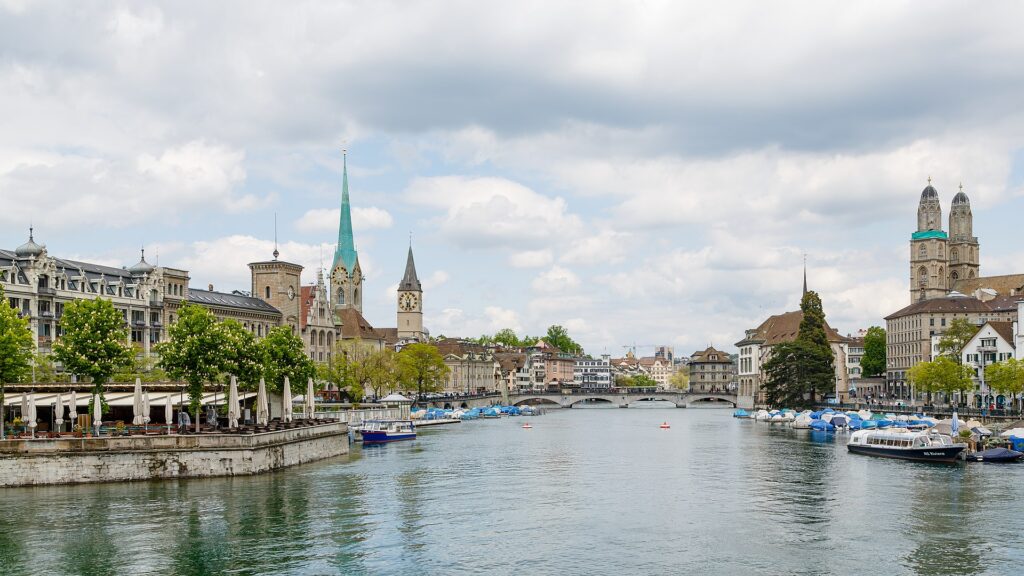
San Diego, USA
Sunshine is the secret sauce in San Diego, giving its beaches a year-round appeal. From the surfers at Pacific Beach to families enjoying the calm waters of La Jolla Cove, the shoreline is a big part of the city’s charm.
Balboa Park houses numerous museums, the acclaimed San Diego Zoo, and plenty of green space for picnics.
The Gaslamp Quarter downtown is dotted with trendy bars, clubs, and restaurants that serve fresh seafood and Mexican specialties.
Thanks to the city’s location near the border, it has a lively blend of cultural influences that show up in music, art, and especially food.
Whether you lounge by the sea or explore historic districts, the easy-going atmosphere, and scenic landscapes win over visitors quickly.
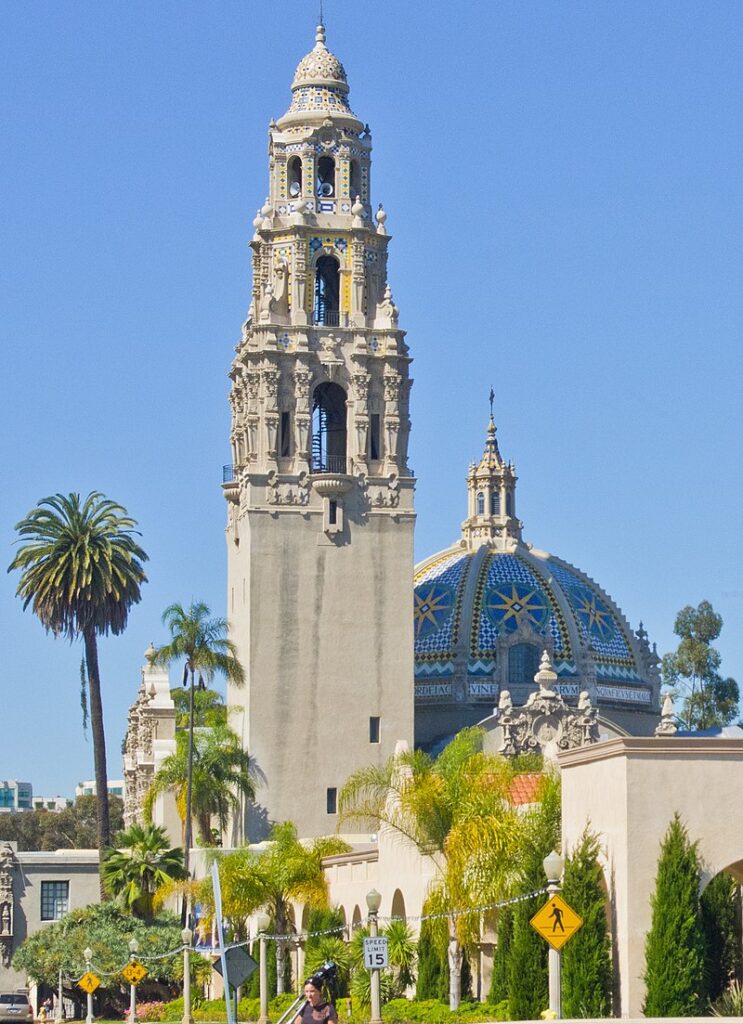
Ghent, Belgium
Sometimes overshadowed by its neighbors, Ghent is an underrated jewel. Its medieval skyline reflects in the canals that wind through the city center.
You’ll see Gothic and Renaissance architecture side by side, punctuated by grand structures like the Gravensteen Castle. The city is known for its lively cultural scene, fueled by a large student population that brings youthful vigor to centuries-old streets.
Cafés, bistros, and craft beer bars fill every corner. Visit St. Bavo’s Cathedral to see the famous “Ghent Altarpiece,” a Renaissance masterpiece.
If you’re lucky enough to come during the Gentse Feesten (Ghent Festival), you’ll find a city that knows how to celebrate art, music, and life.
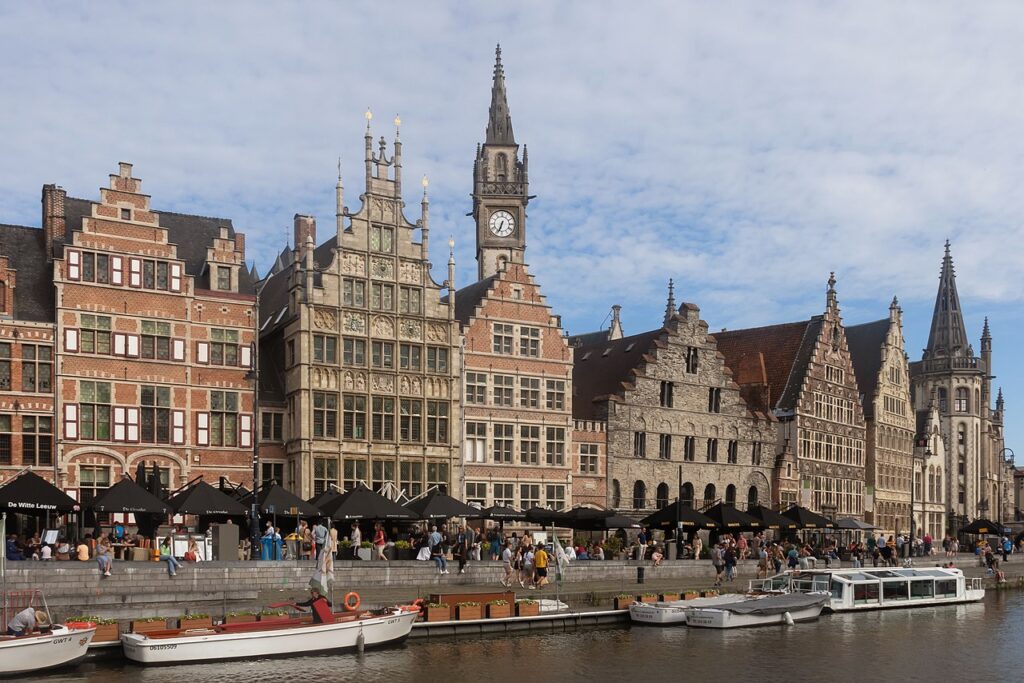
Helsinki, Finland
Helsinki exudes a crisp, Nordic elegance fused with a hint of Eastern influence, thanks to its history and proximity to Russia.
The city’s skyline reflects off the Baltic Sea, with ferries coming and going to the nearby archipelago.
Central attractions include the Helsinki Cathedral in Senate Square, a neoclassical wonder, and the bustling Market Square by the harbor, where you can find fresh produce, local crafts, and an occasional seagull seeking a snack.
Traditional saunas are ingrained in Finnish culture, so consider warming up in a public sauna followed by a chilly dip if you dare. Design buffs will appreciate the Design District, brimming with Finnish artistry.
Helsinki’s calm environment, coupled with its creative spirit, makes it a breath of fresh air in Northern Europe.
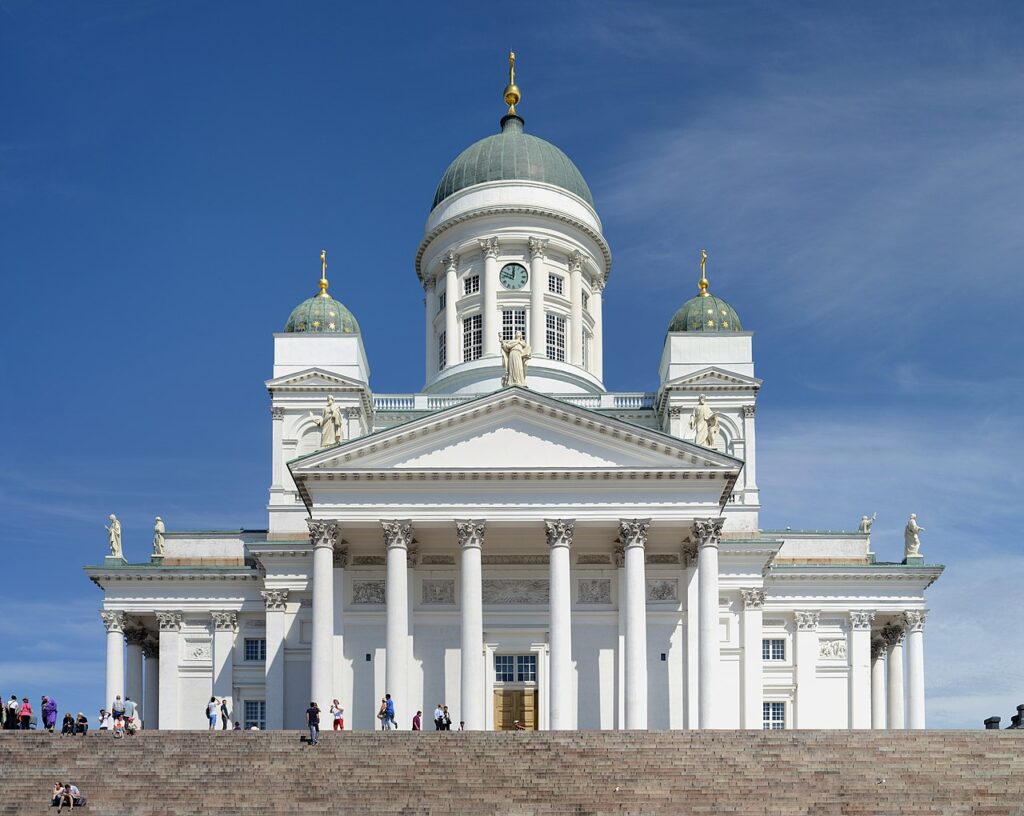
Havana, Cuba
Stepping into Havana can feel like stepping into a vibrant time capsule. Classic American cars from the 1950s roll by pastel-colored buildings, while salsa music spills onto cobblestone streets.
The Malecón, a seaside promenade, is a gathering place for locals who come to fish, chat, or simply watch the sun sink into the ocean. Old Havana (Habana Vieja) is a UNESCO site filled with colonial architecture and lively plazas.
While certain amenities may be simpler than in other capitals, the city’s warmth and cultural depth shine through. Rum cocktails, cigars, and heartfelt music are part of the local fabric, reminding visitors of Cuba’s proud heritage and enduring spirit.
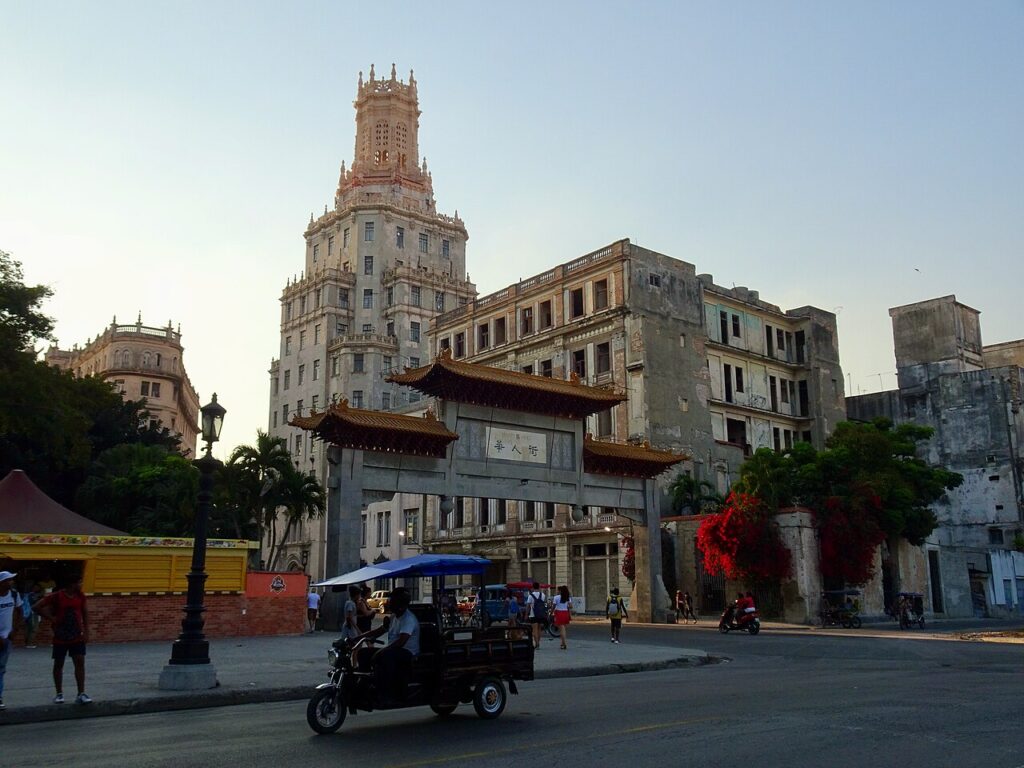
Porto, Portugal
Porto hugs the banks of the Douro River, with its colorful Ribeira district forming a postcard-perfect scene. The city’s steep hills are dotted with terracotta-roofed houses, while baroque churches pop up in various squares.
Famous for port wine, Porto invites you to cross the Dom Luís I Bridge to Vila Nova de Gaia, where cellars have aged these sweet fortified wines for generations.
The narrow alleyways of the old town exude a relaxed charm, and azulejo-tiled train stations or storefronts add a distinctive local flair. Seafood dishes and the iconic francesinha sandwich provide hearty fuel for exploring.
Porto feels intimate and welcoming, offering travelers an authentic taste of Portuguese culture without the hustle of larger capitals.
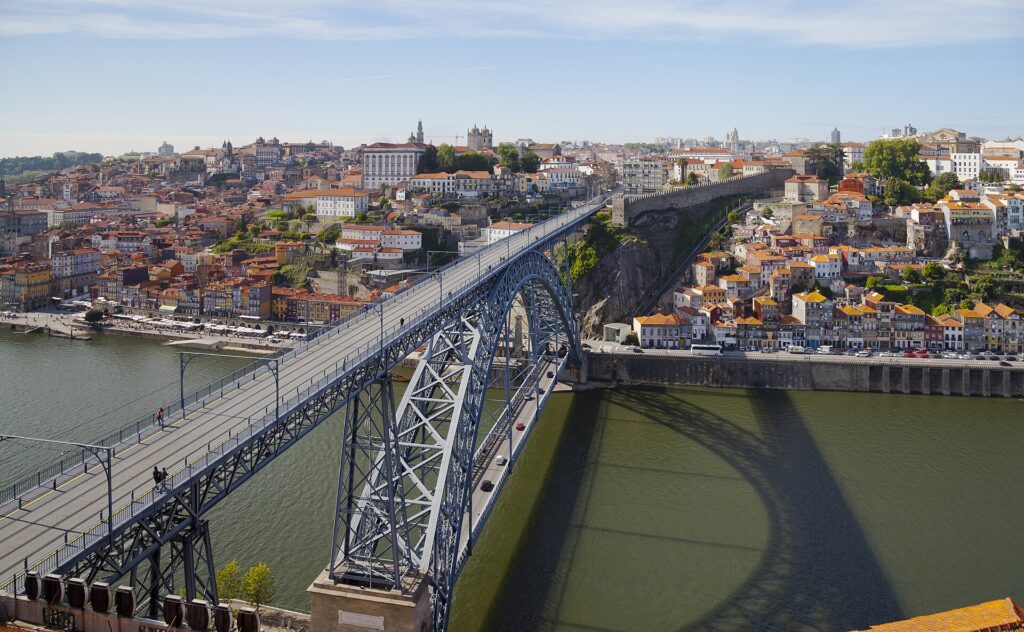
Abu Dhabi, United Arab Emirates
Abu Dhabi is the capital of the UAE and presents a more measured pace compared to its glitzy neighbor. With its modern skyline set along the Corniche waterfront, there’s a balance of commerce, culture, and tranquility here.
The Sheikh Zayed Grand Mosque is a masterpiece, offering guided tours that highlight Islamic art and architectural grandeur.
Saadiyat Island hosts the Louvre Abu Dhabi, a museum that merges global artworks under a futuristic dome. Meanwhile, Yas Island draws thrill-seekers with a Formula 1 track and entertainment venues.
Traditional souks exist alongside polished malls, giving you a sense of both heritage and modern living in this desert metropolis.
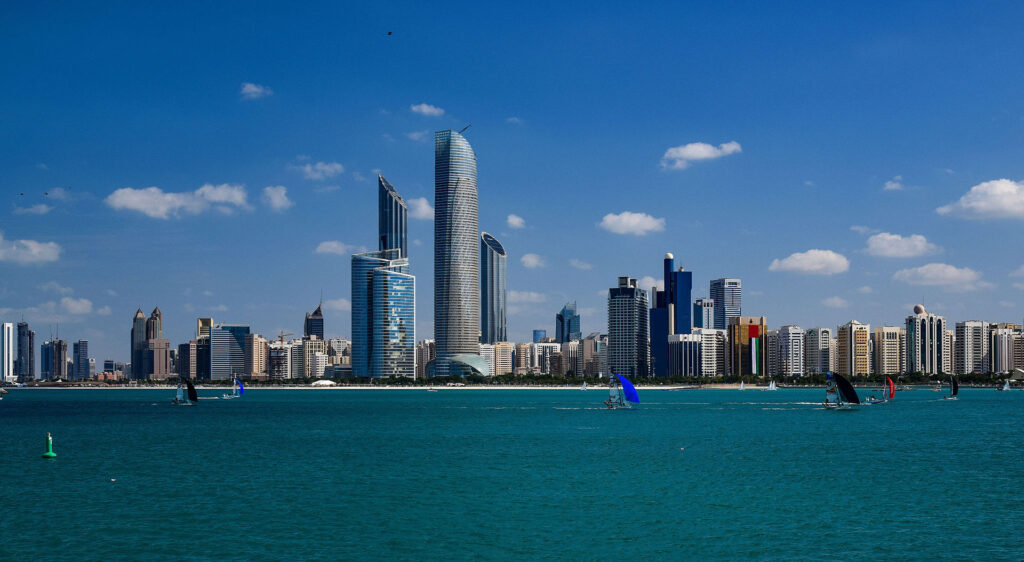
Chiang Mai, Thailand
Chiang Mai offers a peaceful counterpoint to Bangkok’s frantic energy. Encircled by ancient walls and a moat, its historic center overflows with temples, such as Wat Phra Singh and Wat Chedi Luang, each with shimmering spires.
The city’s relaxed vibe is popular with wellness enthusiasts, who arrive for yoga retreats, massage schools, or vegetarian-friendly cafés. Night markets spill into the streets, selling everything from street food to handcrafted trinkets.
If you wander further out, lush mountains beckon with trekking routes and elephant sanctuaries that follow ethical guidelines. Northern Thai dishes like khao soi (curry noodle soup) also capture hearts, making Chiang Mai a cherished spot for many travelers seeking culture and calm.
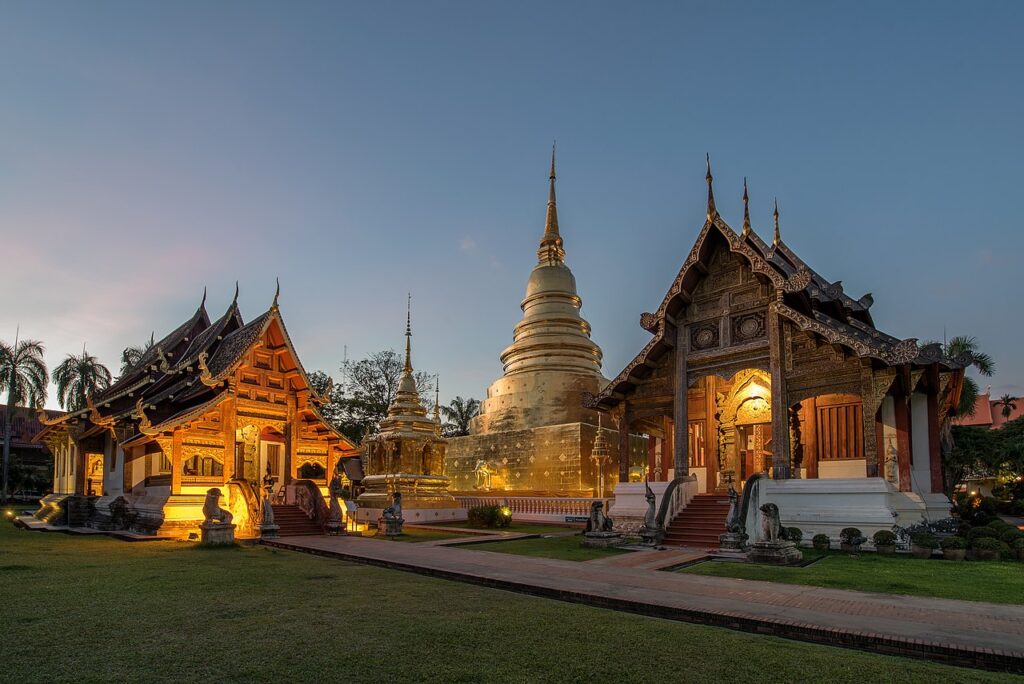
Dubrovnik, Croatia
Dubrovnik is a fortified gem along the Adriatic Sea, boasting medieval walls that offer panoramic views of terracotta rooftops and sparkling waters.
The Old Town’s marble streets, baroque churches, and lively squares radiate a Renaissance charm that’s kept it a UNESCO-listed site. Visitors can walk atop the ancient city walls, sampling dramatic sea vistas at every turn.
Beaches and secluded coves lie nearby, making it easy to alternate cultural excursions with time in the sun. Fans of fantasy TV might recognize the city as a filming location, adding a dash of modern pop culture appeal.
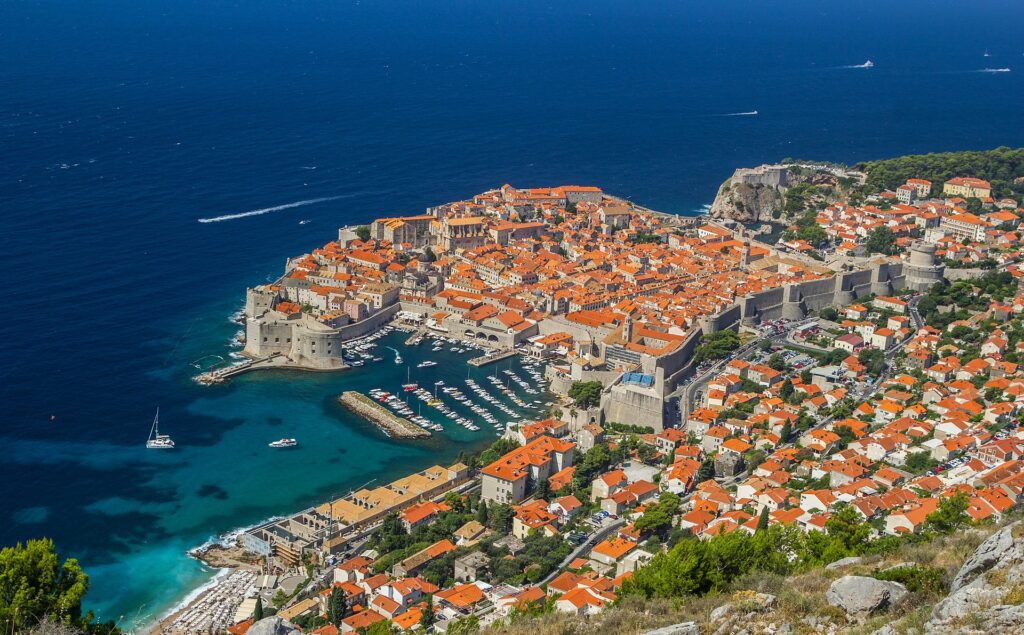
Lagos, Nigeria
Lagos is often called the beating heart of Nigeria, with a population that creates a whirlwind of activity day and night. Traffic can be epic, and the heat can be palpable, but the city’s drive and cultural production are second to none.
Music is huge—Afrobeats and other genres thrive in clubs and open-air venues. Tech entrepreneurs are also finding a home in Lagos, drawn by the city’s creative and ambitious spirit.
Local markets bustle with vendors selling everything from textiles to jollof rice, while upscale neighborhoods offer modern malls and restaurants.
For a quick urban getaway, you might find calmer spots along the beaches of Victoria Island or Lekki. Lagos can be intense, but its energy is downright contagious once you get into the rhythm.
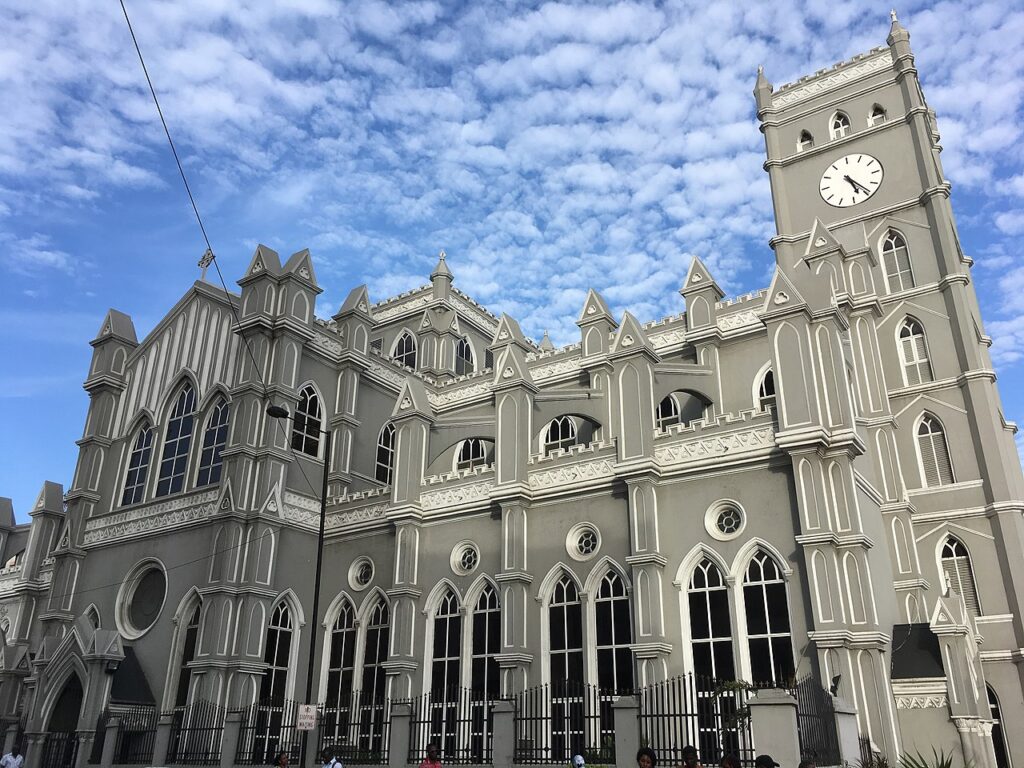
Copenhagen, Denmark
Copenhagen’s mix of clean modernity and fairytale history welcomes visitors with open arms.
The waterfront area of Nyhavn, with its brightly painted buildings and old ships, might be one of the city’s most photographed spots.
Cycling is a way of life here, with bike lanes that make navigating the city a breeze. Royal palaces, like Amalienborg, remind you of Denmark’s longstanding monarchy, while amusement parks such as Tivoli Gardens bring a whimsical touch.
The city’s culinary scene has become globally celebrated, showcasing innovative takes on Nordic ingredients. Hygge, that warm feeling of coziness and contentment, seems to radiate from every candlelit café or design-forward living space.
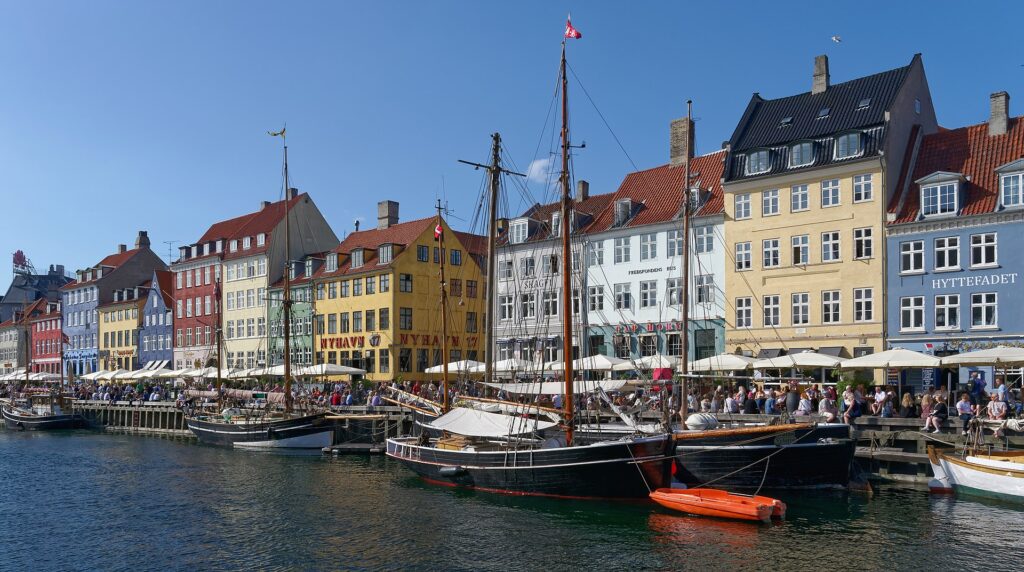
Dakar, Senegal
Dakar is a coastal hub where West African traditions converge with modern influences. The city’s music scene is famous, blending traditional rhythms and contemporary beats that resonate through local clubs and street gatherings.
Bustling markets, like Marché Sandaga, feature colorful fabrics and fragrant spices, while the Atlantic coastline offers both lively urban beaches and calmer spots for reflection.
Goree Island, just off the coast, holds a museum dedicated to remembering the transatlantic slave trade. Senegalese food, famous for dishes like thieboudienne (spiced fish and rice), delights visitors who crave authentic flavors.
Dakar’s spirited culture and scenic location on the Cap-Vert peninsula make it a memorable destination for those seeking something beyond the usual tourist circuits.
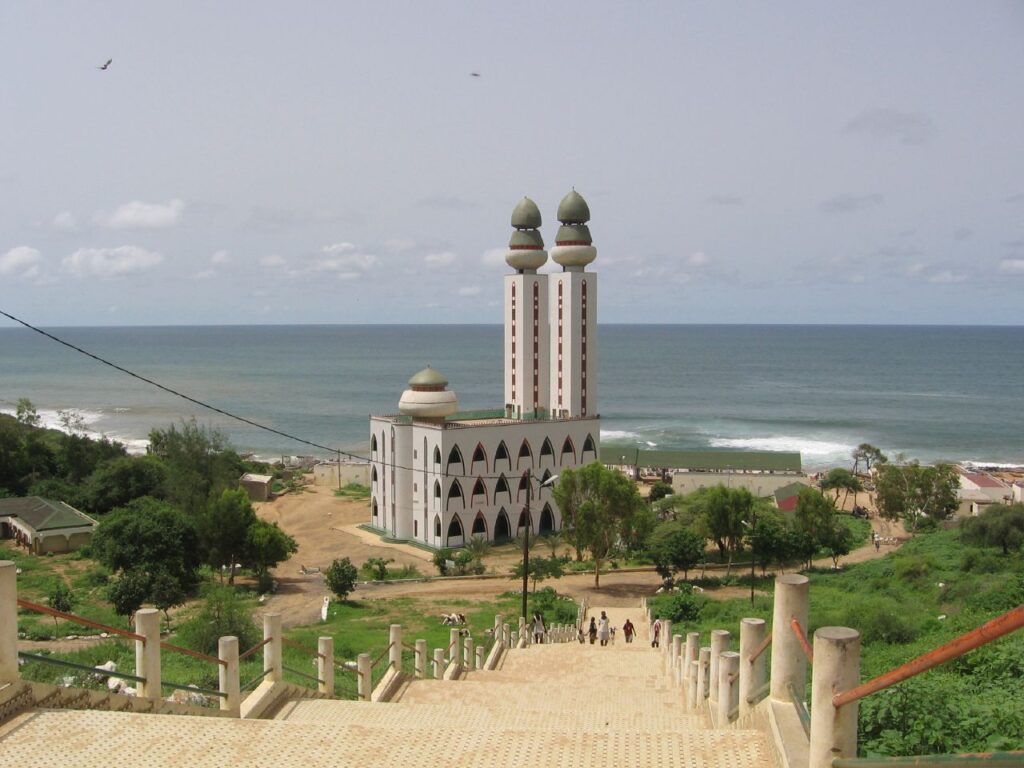
Lima, Peru
Lima is perched on the Pacific coast, blending colonial history with a modern buzz. The Plaza de Armas anchors the historic center with ornate buildings and a baroque cathedral.
Miraflores, an affluent district with sweeping ocean views, has park-lined cliffs and a dynamic food scene.
Peruvian gastronomy has captured international attention, and Lima is the heart of it all with ceviche, lomo saltado, and fusion cuisine that merges indigenous, Spanish, African, and Asian influences.
Museums like the Larco Museum offer glimpses into pre-Columbian artifacts, reflecting the region’s ancient civilizations.
If you step away from the busy areas, you might discover neighborhoods filled with bohemian spirit, street art, and little shops that cater to local tastes.
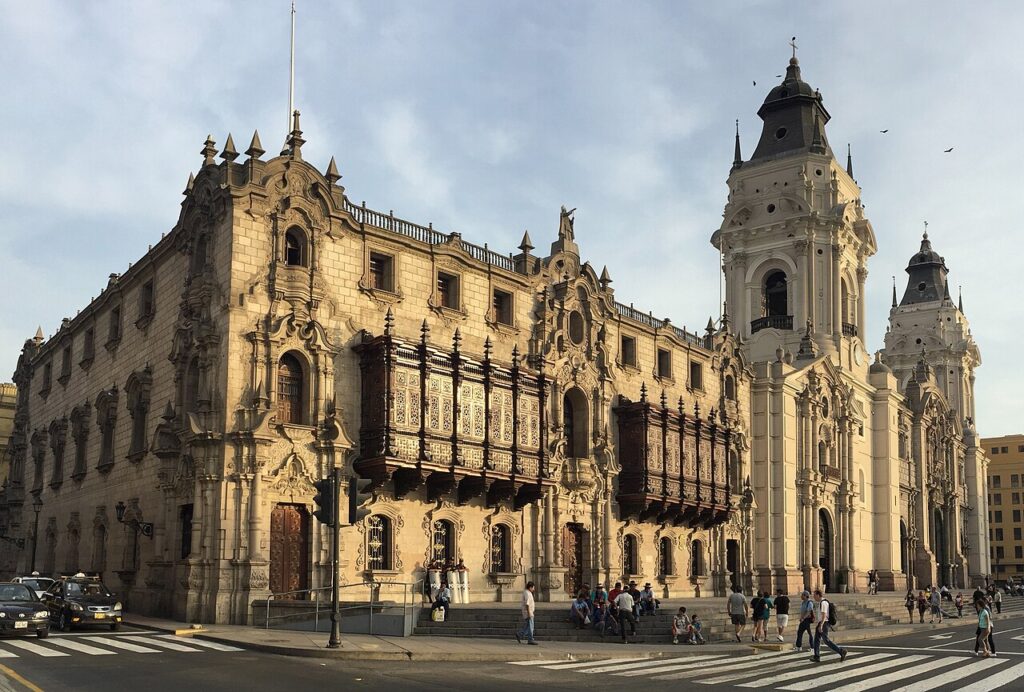
Bologna, Italy
Often overshadowed by bigger Italian cities, Bologna is a foodie haven known for pasta dishes like tagliatelle al ragù and tortellini in brodo. The city’s medieval towers and terracotta rooftops add a warm, earthy aesthetic.
Home to the oldest university in Europe, Bologna has a youthful vibe that contrasts with its timeworn walls. Porticoes line the streets, offering shelter from the elements and giving the city a distinct architectural harmony.
Local markets burst with fresh produce, cheese, and cured meats—products that anchor the city’s culinary heritage. As day fades, the Piazza Maggiore becomes a gathering place where people chat, sip wine, and soak in the relaxed tempo.
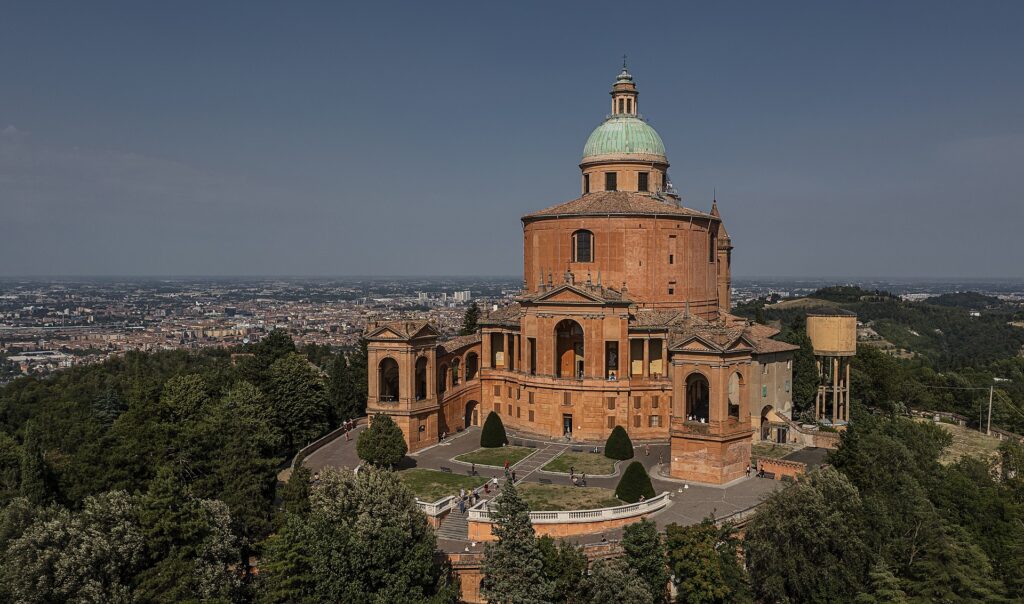
Philadelphia, USA
Philadelphia has deep historical significance in the United States, as it was the site where founding fathers debated and signed key documents.
Yet the city is far from being trapped in a history book. South Street pulses with street art and quirky shops, while Fishtown has become a trendy neighborhood for music, dining, and craft beverages.
Iconic foods include cheesesteaks and soft pretzels, though Philly’s food scene has diversified in recent years. The museums along the Benjamin Franklin Parkway, like the Philadelphia Museum of Art, showcase a range of cultural treasures. And let’s not ignore the “Rocky Steps” out front—people still jog up them for an iconic photo op.
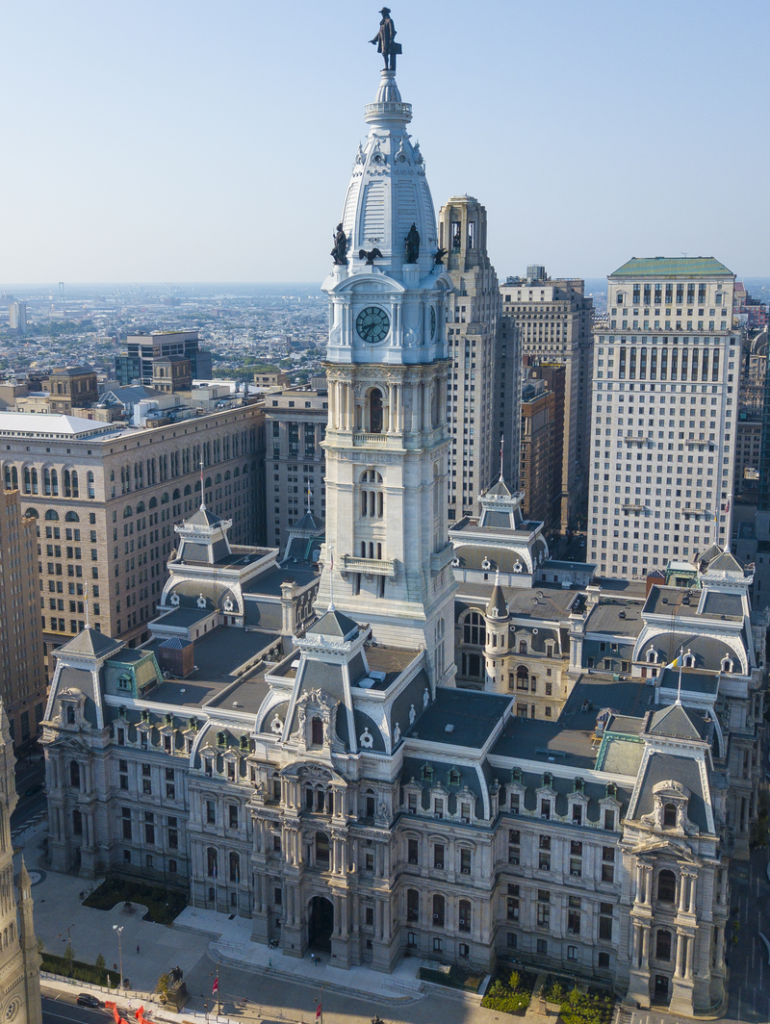
Santiago, Chile
Santiago stretches across a valley between the Andes and the coastal range, providing a backdrop that’s impressive on clear days. The city’s neighborhoods each have a distinct feel—Lastarria is artsy, Bellavista is bohemian, and Providencia blends residential charm with modern conveniences.
Contemporary high-rises share space with colonial churches, and local street art adds bursts of color. Food markets such as La Vega Central bustle with fresh produce and typical Chilean treats.
Nearby wineries in the Maipo Valley invite tastings, while day trips to the mountains or the coast are doable if you crave nature. Santiago’s fusion of city life, Andean scenery, and cultural variety keeps it high on the list of South American capitals worth exploring.
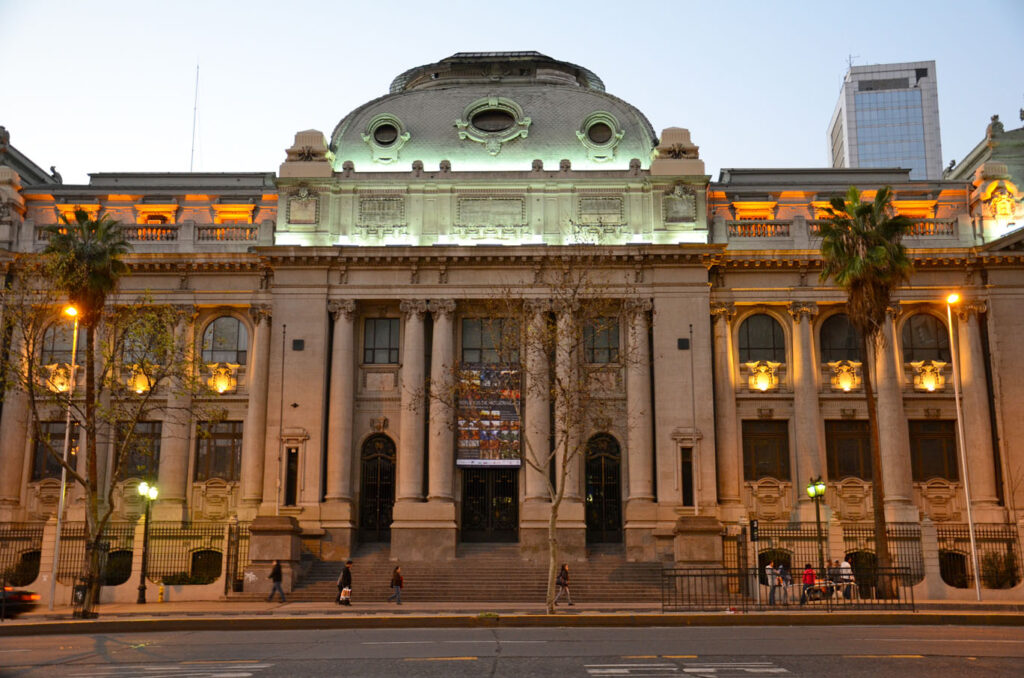
Chennai, India
Chennai, on India’s southeastern coast, is the capital of Tamil Nadu and a cradle of Dravidian culture. With its long coastline, Marina Beach becomes a gathering spot for locals who walk, chat, and indulge in street snacks at sunrise and sunset.
The city’s temples, such as Kapaleeshwarar and Parthasarathy, display intricate sculptures and a rich spiritual tradition. Carnatic music and Bharatanatyam dance flourish in Chennai, celebrated during festivals and performances in classical auditoriums.
For a taste of local cuisine, try dosa, idli, or filter coffee, each carrying the distinct flavor of South India.
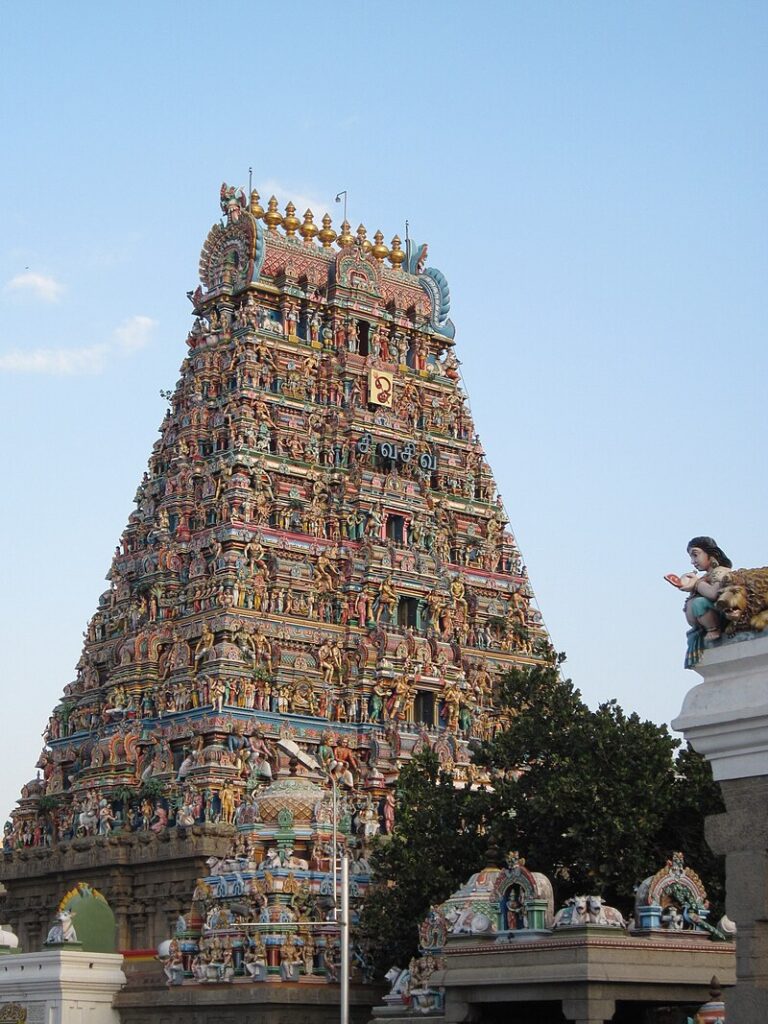
Fes, Morocco
Fes is often regarded as Morocco’s spiritual and cultural capital, boasting one of the oldest universities in the world. The medina of Fes el-Bali is a UNESCO World Heritage site, filled with thousands of narrow alleyways that can twist and turn into hidden corners.
Donkey carts and pedestrians share these confined passageways—cars can’t fit here. Artisans craft leather goods, traditional fabrics, and brassware, reflecting techniques passed down through generations.
The tanneries are famous for their vivid dyeing pits, though be prepared for pungent scents.
Stunning madrasas like Al Attarine show off decorative tile work and arabesque patterns, and as a more traditional city than some peers, Fes offers a vivid look at Morocco’s layered past and thriving heritage.

Manila, Philippines
Manila is part of the sprawling Metro Manila region, teeming with a lively culture shaped by Malay, Spanish, Chinese, and American influences. Colonial remnants stand in Intramuros, the old walled city, where cobblestone streets and fortifications speak of centuries past.
The modern face of Manila appears in bustling business districts such as Makati or Bonifacio Global City, brimming with skyscrapers and upscale malls. Filipino cuisine is a unique mix, featuring dishes like adobo, sinigang, and halo-halo for dessert.
Jeepneys—colorful, customized minibuses—zip through the streets, though traffic can test anyone’s patience. Despite the urban intensity, locals often greet visitors with genuine warmth and a ready smile, reflecting the deeply ingrained spirit of hospitality.
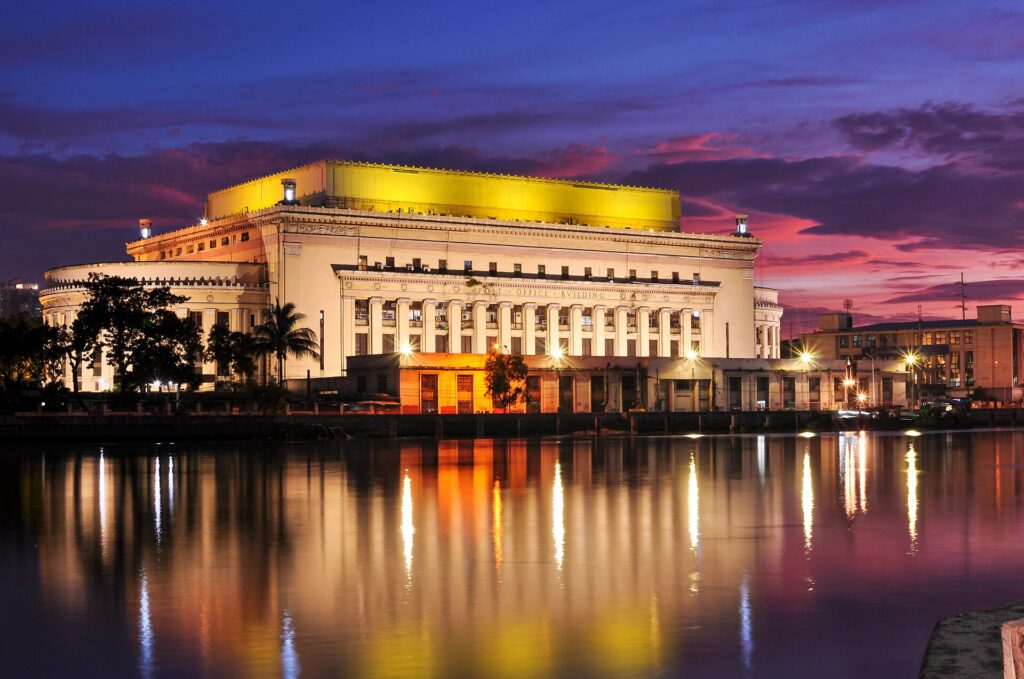
Québec City, Canada
Québec City is a piece of European charm in North America, perched on the cliffs overlooking the St. Lawrence River. The walled Old Town is a UNESCO site, featuring stone buildings, narrow streets, and the iconic Château Frontenac.
This French-speaking enclave is known for hearty cuisine—poutine, meat pies called tourtière, and maple-infused treats. Winter transforms the city into a wonderland, especially during the Winter Carnival, when ice sculptures and outdoor sports bring cheer to frosty days.
Even in warmer months, the historic streets invite leisurely strolls to soak up the architecture and ambiance. .
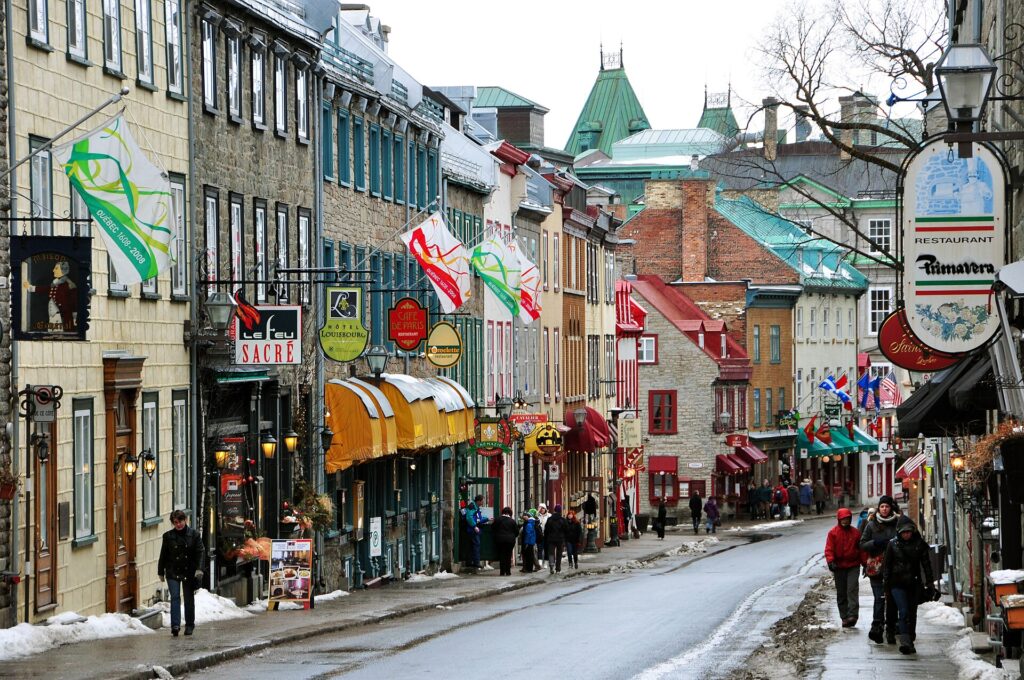
Glasgow, Scotland
Scotland’s largest city, Glasgow, has evolved from an industrial hub to a center of arts and culture. Its Victorian and art nouveau architecture hints at a vibrant past linked to shipbuilding and trade.
Today, the city’s energy emerges in its music venues, contemporary art galleries, and famous nightlife scene along Sauchiehall Street. The University of Glasgow’s medieval-style campus adds a scholarly air to the West End, and museums like the Kelvingrove showcase everything from local history to surrealist paintings.
While Edinburgh often grabs the spotlight, Glaswegians pride themselves on a warm sense of humor and a no-nonsense approach to life.
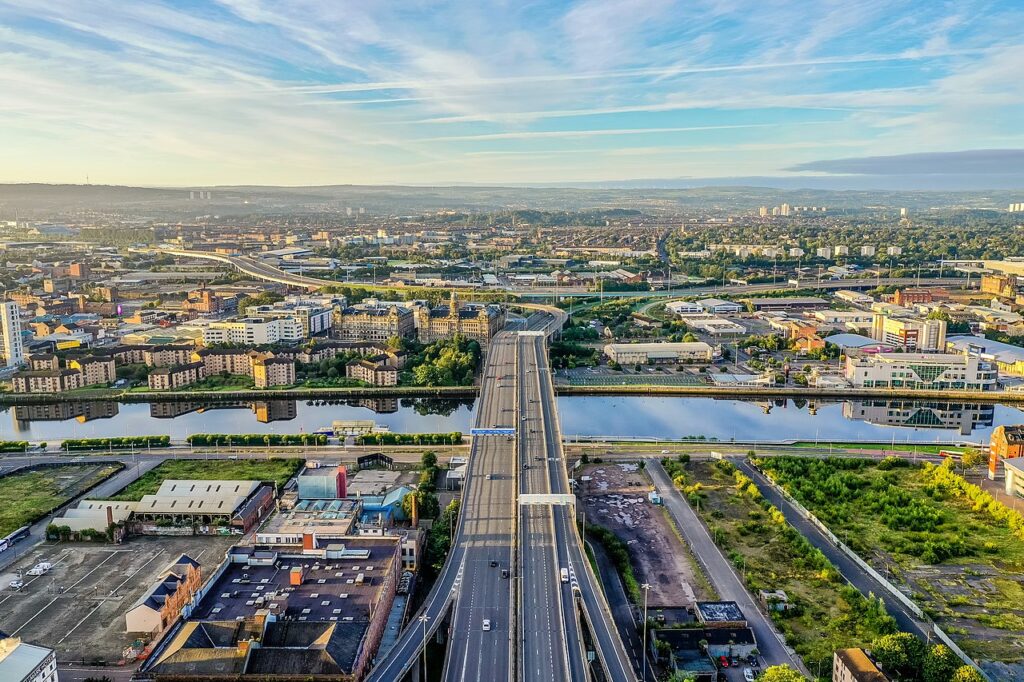
Nairobi, Kenya
Nairobi is a frenetic capital that also stands near some of Africa’s most iconic landscapes. The city itself is busy, with traffic and commerce defining much of daily life, but a fascinating cultural layer lies underneath.
The Nairobi National Museum shares insights into Kenyan history and heritage, while local markets showcase artisan crafts. Nature is never far away—Nairobi National Park sits on the city’s edge, where you can spot giraffes, lions, and rhinos against a backdrop of skyscrapers.
Giraffe Centre offers close encounters with these graceful creatures, and the David Sheldrick Wildlife Trust cares for orphaned elephants.
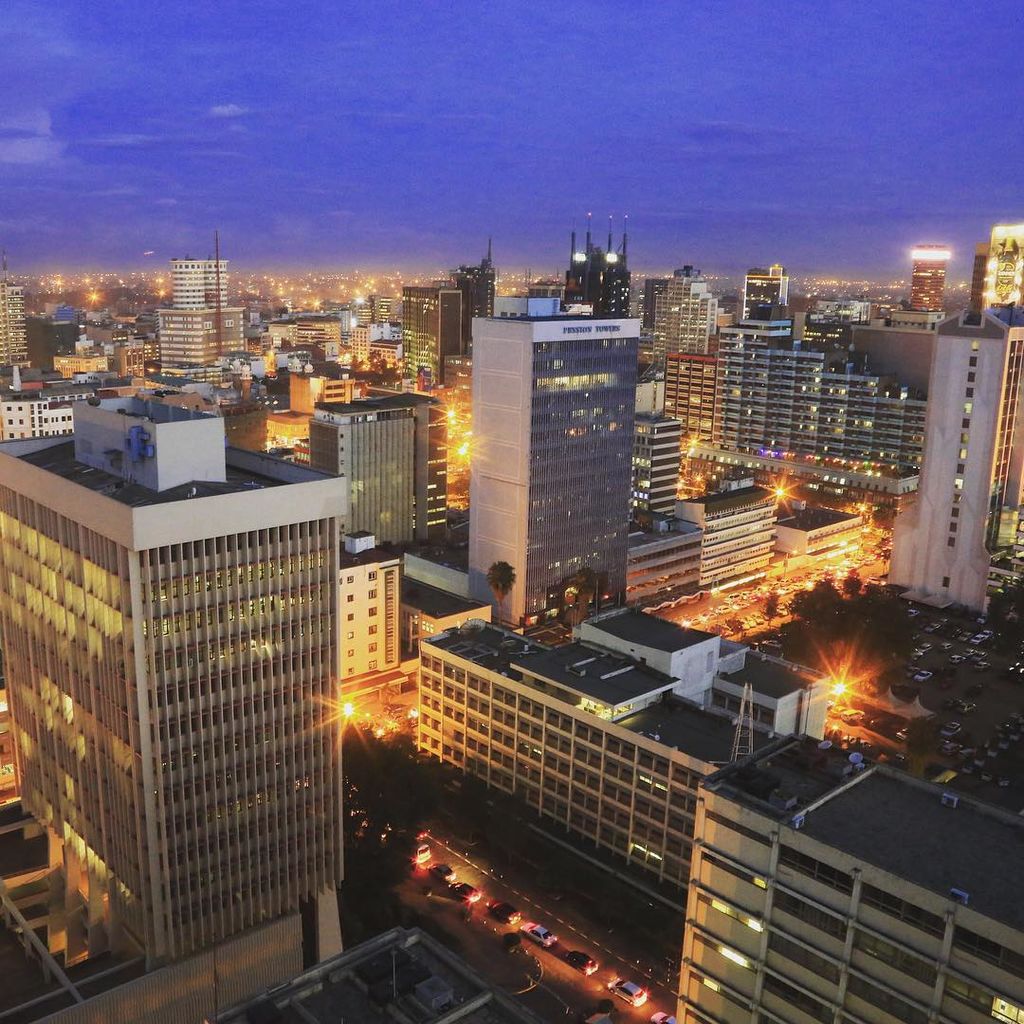
Bruges, Belgium
Bruges is a petite medieval town that feels lifted from a storybook, with its cobbled streets, meandering canals, and step-gabled houses. The historic center, a UNESCO World Heritage site, is full of churches and preserved architecture dating back centuries.
Horse-drawn carriages clatter over stone bridges, while boat tours along the canals reveal hidden gardens and charming facades. Chocolate shops abound, tempting with sweet pralines and Belgian confections, and beer aficionados can sip brews at traditional bars.
Climb the Belfry Tower for a view of the red-tiled rooftops, or simply wander aimlessly, soaking up the tranquil mood. Despite its popularity with tourists, Bruges manages to maintain a sense of peaceful timelessness.
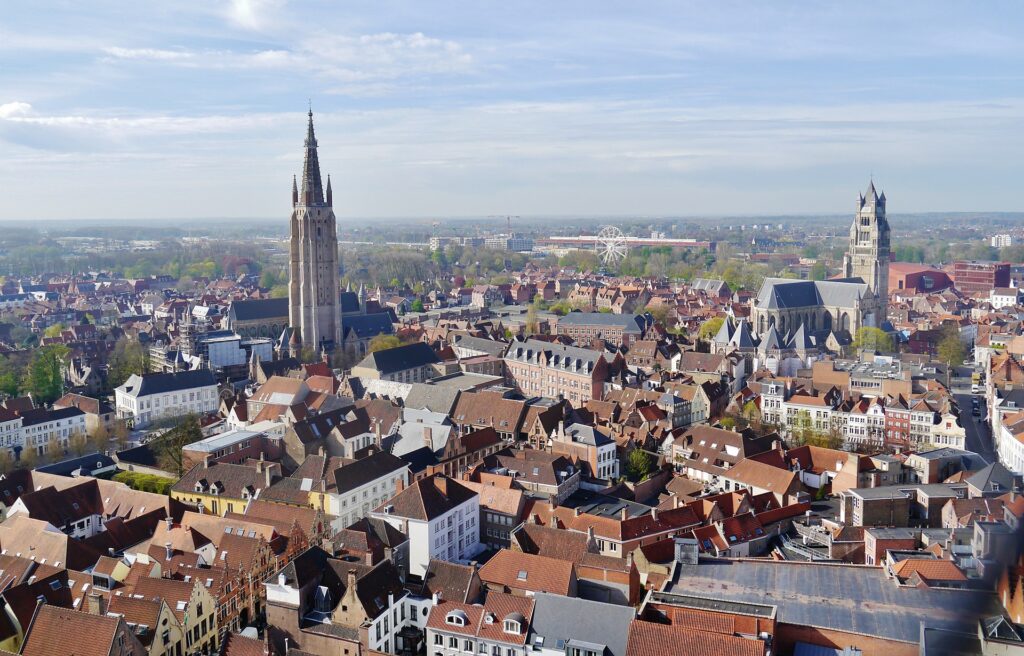
Ho Chi Minh City, Vietnam
Ho Chi Minh City (formerly Saigon) is Vietnam’s largest metropolis, where motorbikes rule the roads and skyscrapers rise next to centuries-old temples. The War Remnants Museum provides a sobering look at the nation’s past, while the French colonial Notre-Dame Cathedral and Central Post Office hint at an earlier era.
Street vendors serve bowls of pho and banh mi that many say are the best in the country. In districts like Pham Ngu Lao, backpackers rub shoulders with locals in busy bars and eateries, all reflecting Vietnam’s forward momentum.
For respite, cafes offer strong Vietnamese coffee sweetened with condensed milk. The mix of cultural influences, youthful energy, and historical reminders makes Ho Chi Minh City a compelling stop in Southeast Asia.
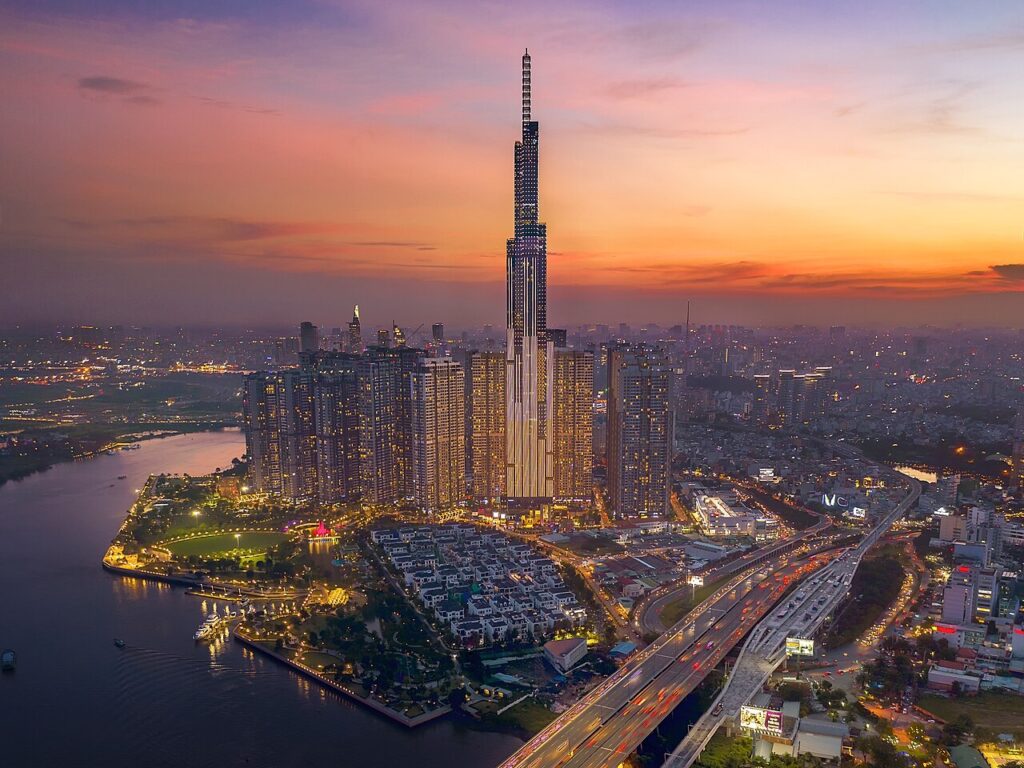
Salzburg, Austria
Salzburg is synonymous with Mozart and “The Sound of Music.” Its Old Town is a UNESCO World Heritage site, lined with baroque buildings and watched over by the formidable Hohensalzburg Fortress perched on a hill.
Cobbled streets lead to squares where classical musicians often play for passersby. Salzburg’s proximity to the Alps brings fresh air and scenic backdrops, while the Salzach River divides the city into two charming halves.
Even if you’re not a classical music devotee, it’s easy to be moved by the city’s melodic vibe. Cafés dish out strudel and creamy hot chocolate, making winter days cozy, and in summer, rolling hills and crisp lakes invite exploration.
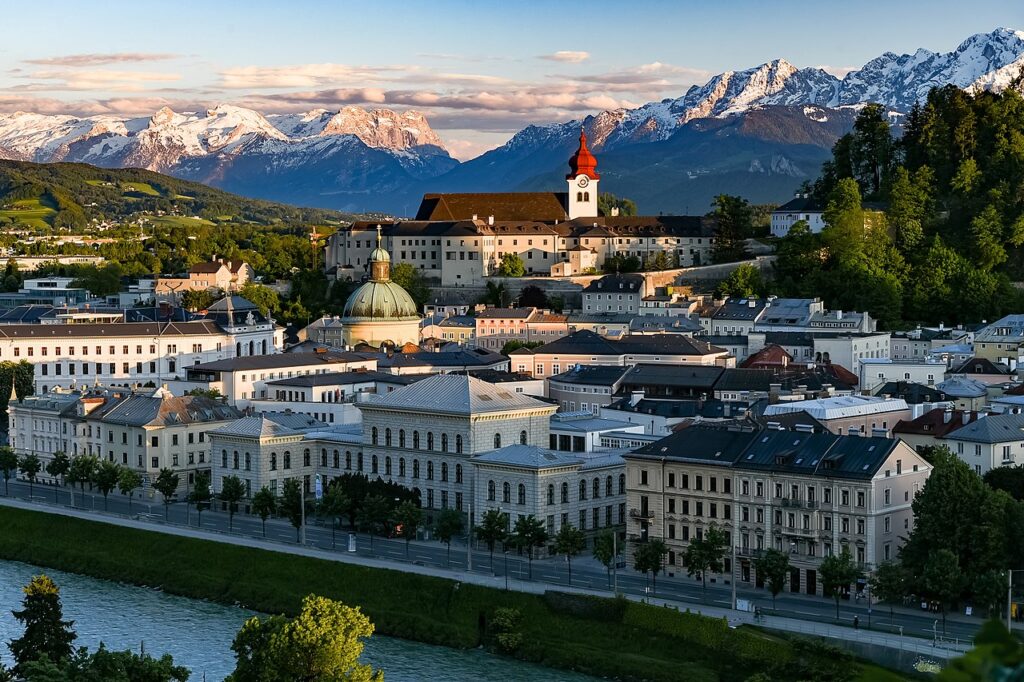
Valencia, Spain
Valencia is sometimes overshadowed by Madrid and Barcelona, but it has a personality all its own. The futuristic City of Arts and Sciences complex introduces a modern flair, featuring an opera house, a science museum, and Europe’s largest aquarium.
Meanwhile, the Old Town retains its historic charm with medieval gates and lively plazas. Paella hails from this region, so it’s a must-try in its traditional form, often packed with fresh seafood and saffron.
The city’s Turia River Park, born from a diverted riverbed, stretches for miles and provides a green oasis for jogging, picnics, or bike rides. With nearby Mediterranean beaches to cool off and a balance between tradition and innovation, Valencia keeps visitors pleasantly surprised.
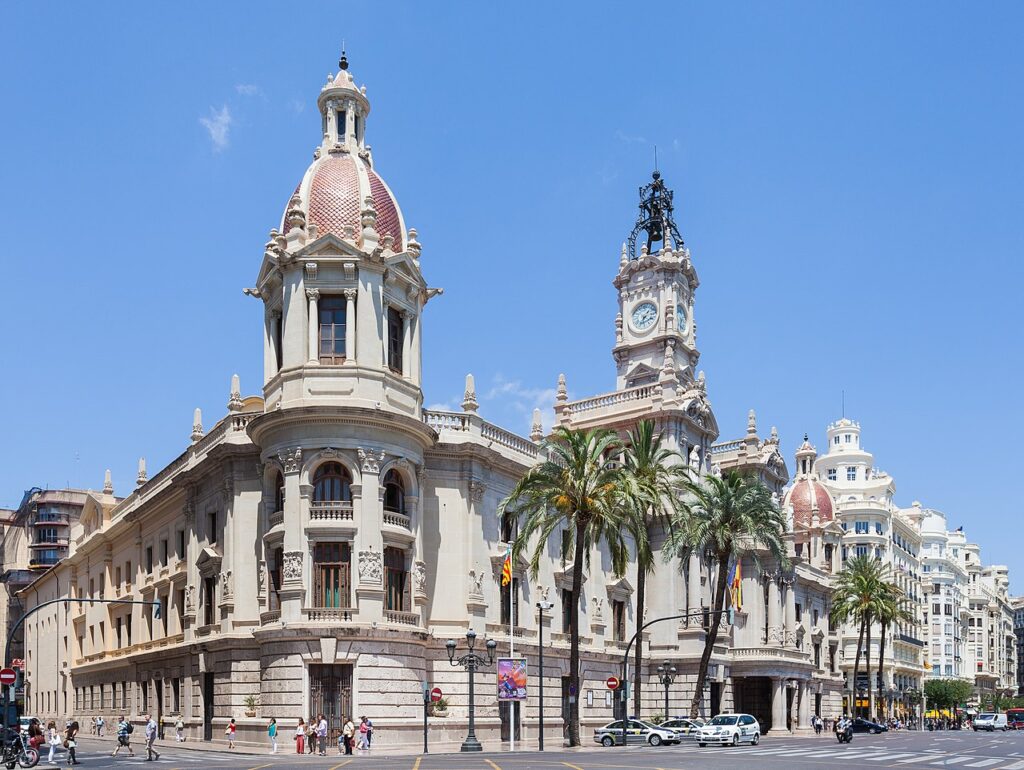
Osaka, Japan
Osaka is often called Japan’s kitchen, a city famous for its food culture and friendly locals who speak in a quick, lively style. Street food favorites include takoyaki (octopus balls) and okonomiyaki (savory pancakes), prepared right before your eyes in stalls and small shops.
Neon-lit areas like Dotonbori shimmer with giant billboards and playful signs advertising everything from ramen to comedy shows. The city’s castle grounds offer a green refuge and a historic landmark central to the region’s legacy.
Travelers may notice Osaka has a more laid-back vibe compared to Tokyo, with an emphasis on humor and hearty dining. If you want a taste of everyday Japan, Osaka’s down-to-earth spirit will make you feel right at home.
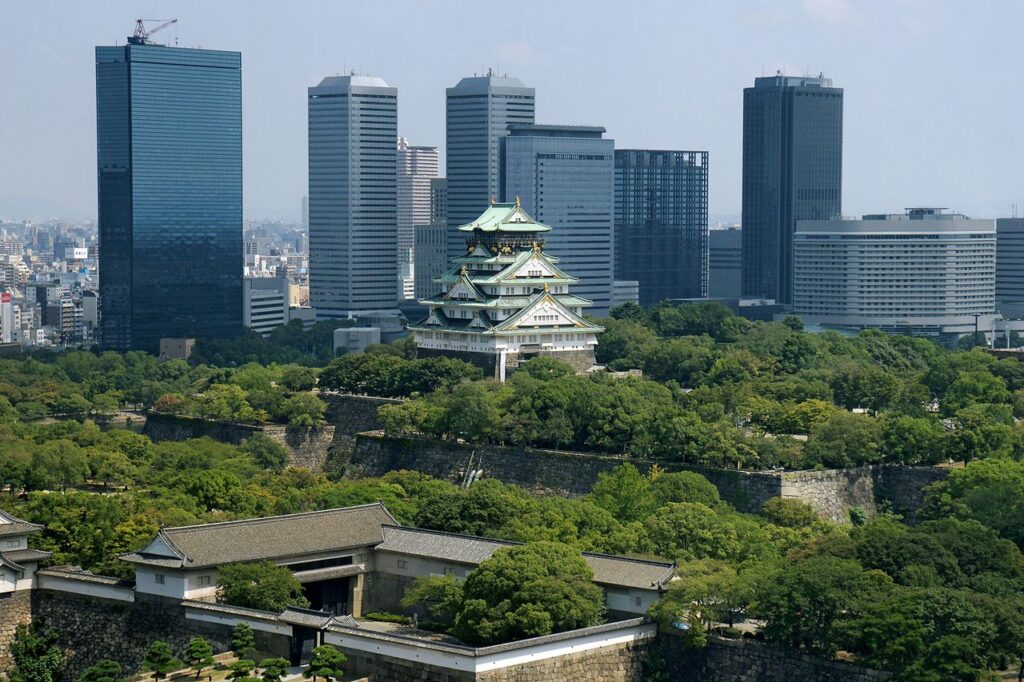
Muscat, Oman
Muscat lies along the Gulf of Oman, framed by rugged mountains and clear waters. Despite recent growth, the city preserves its traditional architecture—white buildings, fortresses on rocky outcrops, and a grand mosque with striking modern Islamic design.
The Muttrah Corniche is a scenic walkway near the waterfront, lined with a bazaar where incense, frankincense, and local spices perfume the air. Traditional Omani hospitality shines through in the calm demeanor of its people, and the city isn’t overrun by towering skyscrapers.
From the opera house that brings cultural events to forts reflecting centuries of maritime trade, Muscat merges heritage with understated modern living. Its relaxed atmosphere stands out among other rapidly developing regional capitals.
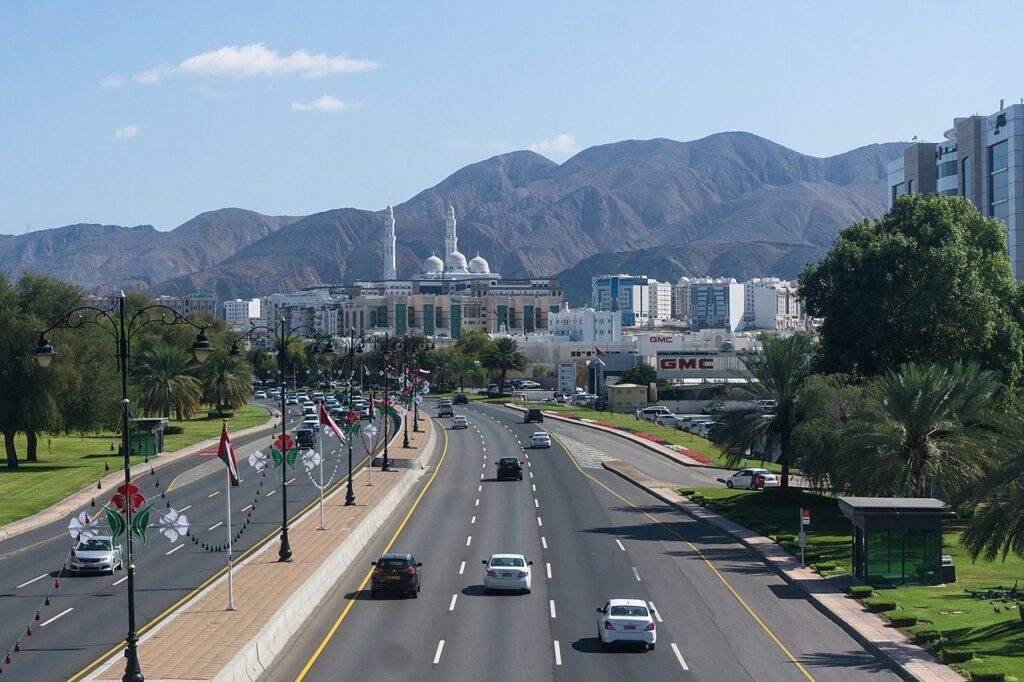
Kuala Lumpur, Malaysia
Kuala Lumpur, often known simply as KL, is a thriving capital marked by the iconic Petronas Twin Towers. Surrounded by malls and fountains, the towers showcase architectural innovation that defines the city’s skyline.
Not far away, you’ll discover neighborhoods like Chinatown and Little India, each offering distinct aesthetics and culinary delights—think nasi lemak, roti canai, and fragrant curries.
The city’s blend of Malay, Chinese, Indian, and other influences shapes its food, language, and celebrations.
Street markets hum with bargain hunters, while upscale zones cater to designer tastes. F
or local history, Merdeka Square and the National Mosque reveal KL’s cultural identity, all set within a tropical climate that ensures a vivid travel experience.
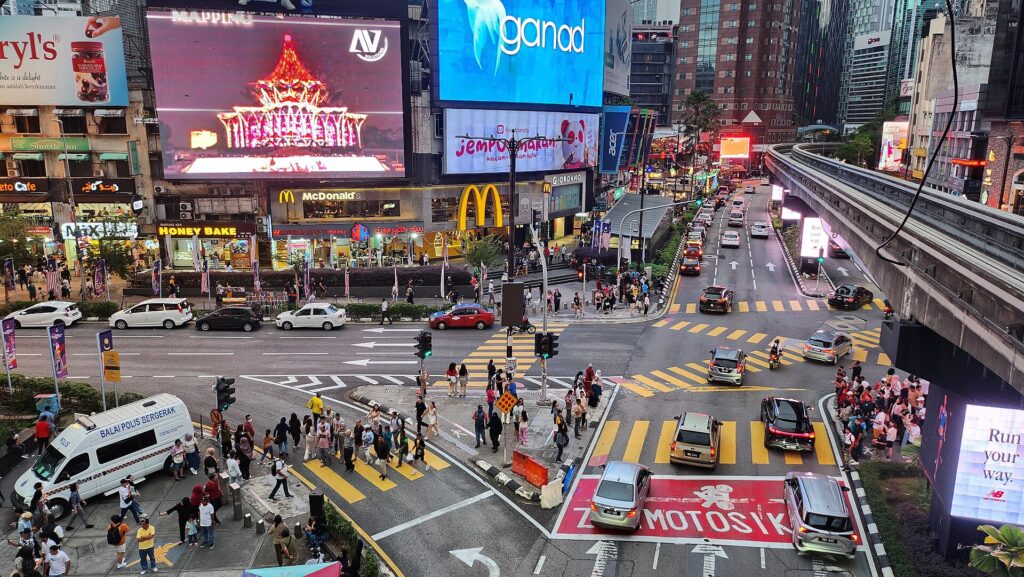
São Paulo, Brazil
São Paulo is a massive, sprawling city known for its fast pace, cultural institutions, and buzzing nightlife. Museums like MASP (São Paulo Museum of Art) display impressive collections, while street art lines neighborhoods such as Vila Madalena.
Foodies celebrate the city’s gastronomic diversity—from classic Brazilian barbecue to top-notch sushi, reflecting the largest Japanese population outside Japan. The city’s sheer size can be overwhelming, but its energy is unmistakable, and the business district underscores Brazil’s economic power.
Parks like Ibirapuera offer greenery in the urban jungle, and the complexities of São Paulo take time to unravel. In the end, the reward is a unique insight into Brazil’s contemporary heart.
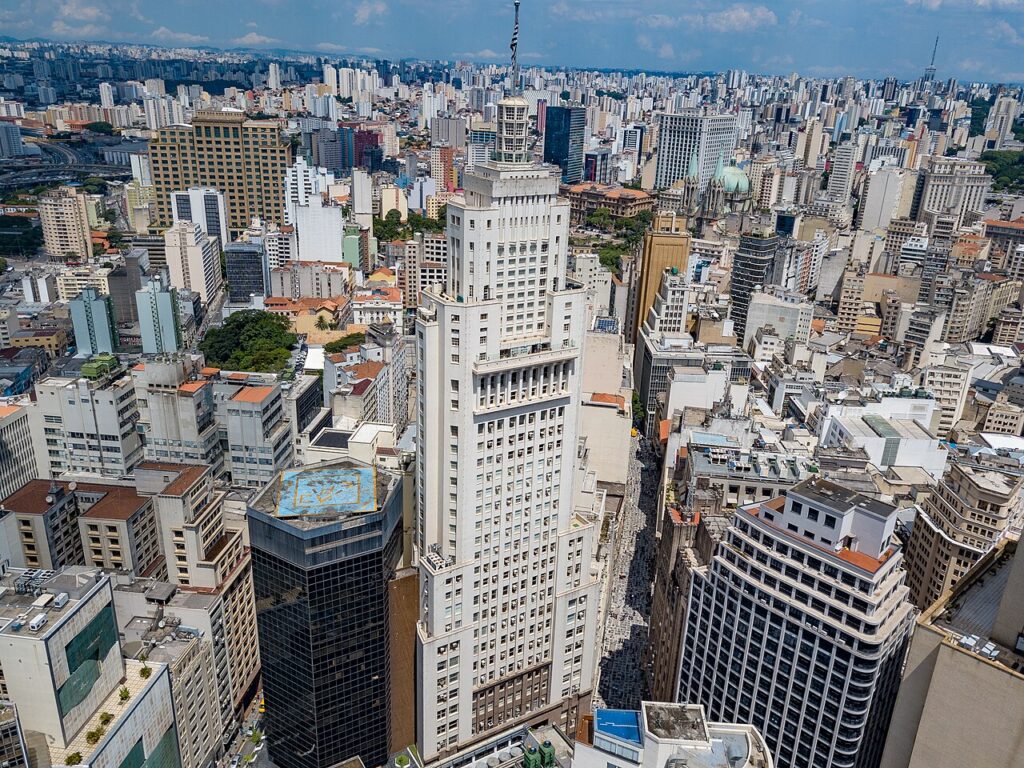
Tallinn, Estonia
Tallinn’s medieval Old Town remains incredibly well-preserved, a UNESCO World Heritage site where cobbled streets wind past Gothic spires and pastel-colored houses.
Town Hall Square serves as a gathering spot, with outdoor cafes in warmer months and a festive Christmas market in winter.
Look up to see tall church towers once guiding ships into the harbor, while beyond the historic center, a youthful tech scene thrives—Estonia is a digital leader. Hip eateries and nightlife energize the modern districts, blending medieval flair and Baltic calm with a dose of creativity.
Whether exploring the city walls or sampling local sweets, Tallinn exudes a balanced mix of old and new. It’s a rising star in Northern Europe, charming visitors with a small-town feel and big cultural ambitions.
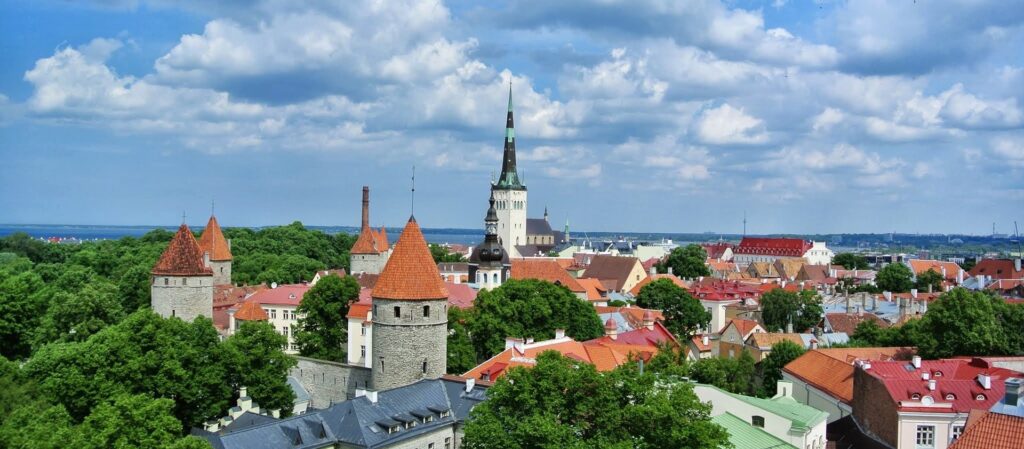
Wellington, New Zealand
Wellington, New Zealand’s capital, sits at the southern tip of the North Island, wrapped around a scenic harbor and rolling hills. The city is known for its compact size, which makes many attractions walkable, and its coffee culture is famously serious.
Te Papa Tongarewa, the national museum, provides insight into Maori heritage and the country’s natural wonders. Cuba Street brims with quirky shops, restaurants, and buskers, while the city’s windy weather is an ongoing joke that doesn’t dampen local spirits.
A vibrant arts scene, craft beer culture, and cheerful locals keep things lively. For a panoramic view, ride the cable car up to the Botanic Garden.
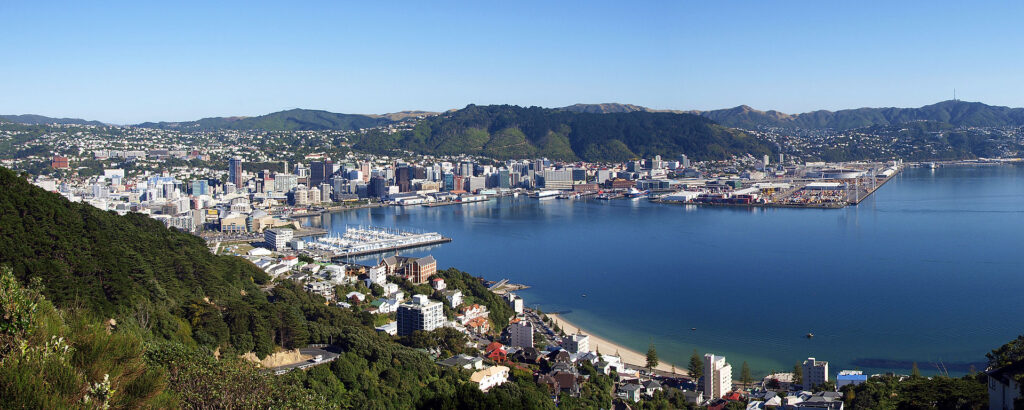
Antwerp, Belgium
Antwerp is Belgium’s second-largest city, known for its diamond trade and influential fashion scene. The Gothic cathedral of Our Lady pierces the skyline, and the central square, Grote Markt, features ornate guildhalls that speak to a rich commercial history.
The port has long been a hub for trade, fueling a cosmopolitan culture that embraces new trends. Boutiques for high-end designers sit next to traditional cafés serving waffles and chocolate, while Peter Paul Rubens’s house attracts art lovers.
A thriving beer scene and progressive style sense underline Antwerp’s modern edge. Although it might not boast Bruges’s postcard charm, it offers an urbane sophistication and cultural depth worthy of exploration.
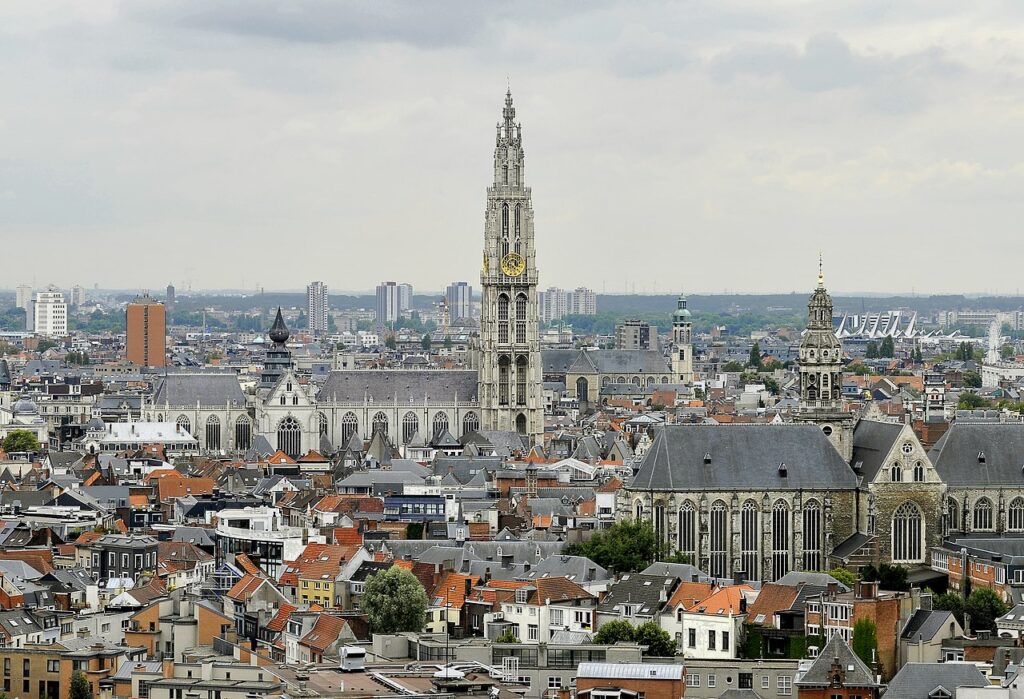
Bogota, Colombia
Bogota rests high in the Andes, at about 2,640 meters above sea level, giving it a cool mountain climate year-round. La Candelaria, its historic center, is a colorful district of colonial architecture, street art, and lively plazas.
The Gold Museum dazzles with pre-Hispanic gold artifacts, highlighting Colombia’s indigenous heritage, while modern districts like Chapinero and Zona T provide trendy bars and nightlife. The TransMilenio bus system attempts to ease the bustle, but the city’s energy can be felt around the clock.
For a sweeping view, climb or take a cable car to Monserrate. Bogota’s blend of old and new invites you to explore every corner, embracing both the city’s past and its vibrant, evolving present.
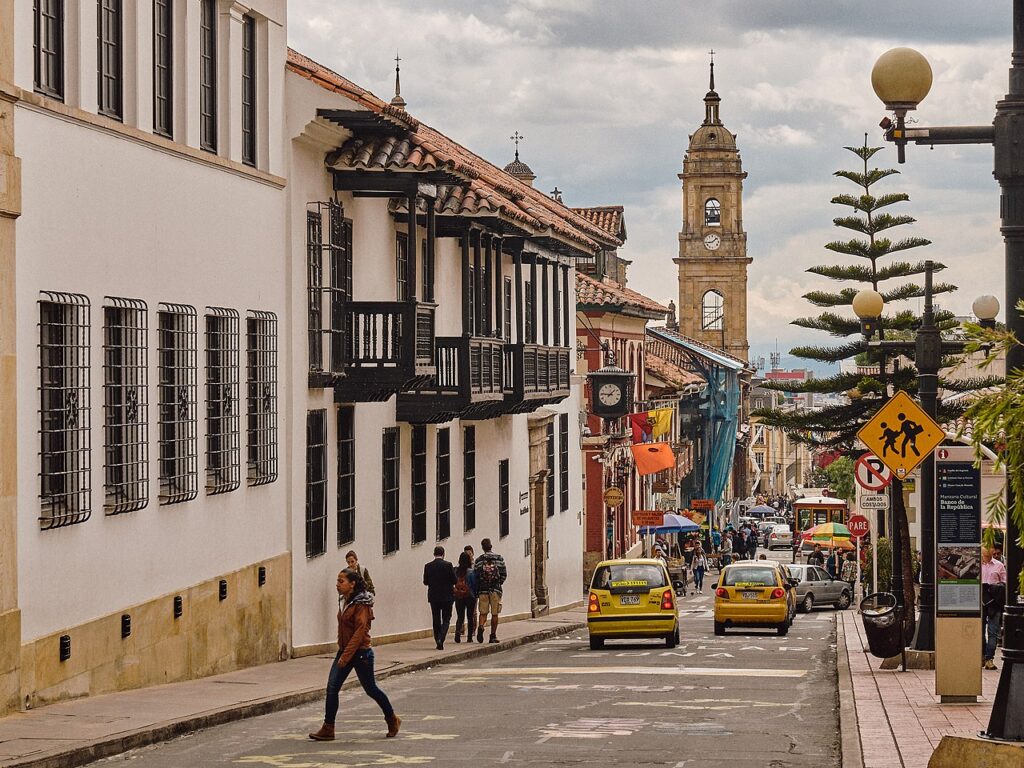
Gothenburg, Sweden
Gothenburg, on Sweden’s west coast, is sometimes overshadowed by Stockholm, but it boasts a distinct harbor-city charm. Cozy canals and neoclassical buildings create a welcoming vibe, and Liseberg amusement park entertains families and thrill-seekers alike.
Seafood is king here—fresh fish and shellfish dominate menus, or you can visit the Feskekörka (“Fish Church”) to buy the day’s catch. A large student population fuels a youthful energy, and the city prides itself on sustainability and green initiatives.
Gothenburg’s friendly locals, waterfront ambiance, and leafy parks set a laid-back tone. With style and substance in balance, it stands out as one of Scandinavia’s quieter but most appealing gems.
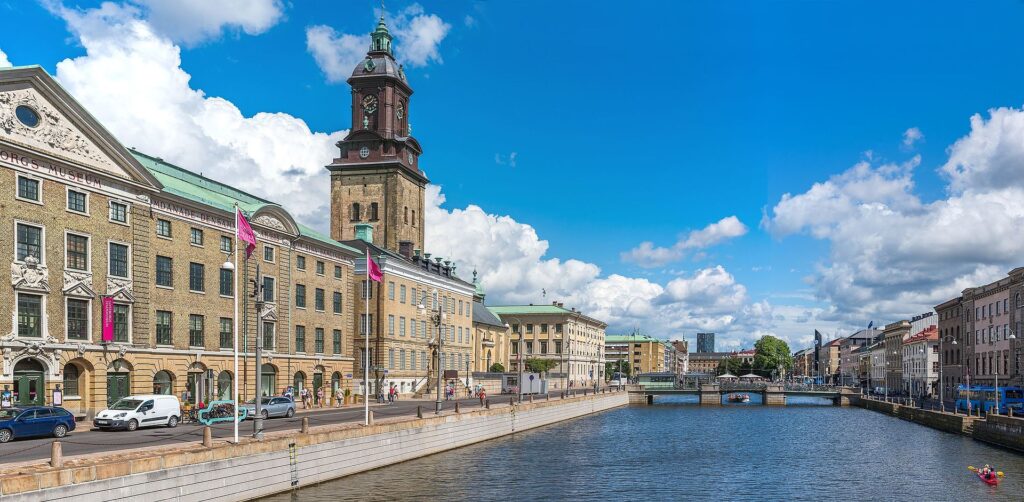
Casablanca, Morocco
While Casablanca lacks the tourist allure of Fes or Marrakesh, it’s Morocco’s economic powerhouse and home to the stunning Hassan II Mosque, perched partly over the Atlantic. The mosque boasts the world’s tallest minaret and breathtaking craftsmanship within.
Downtown features art deco architecture from the French colonial era, while modern boulevards buzz with cafés and shops. Some visitors expect the romance of the classic film, yet the real city is a study in contrasts—historic touches amid daily hustle, tradition meeting global influences.
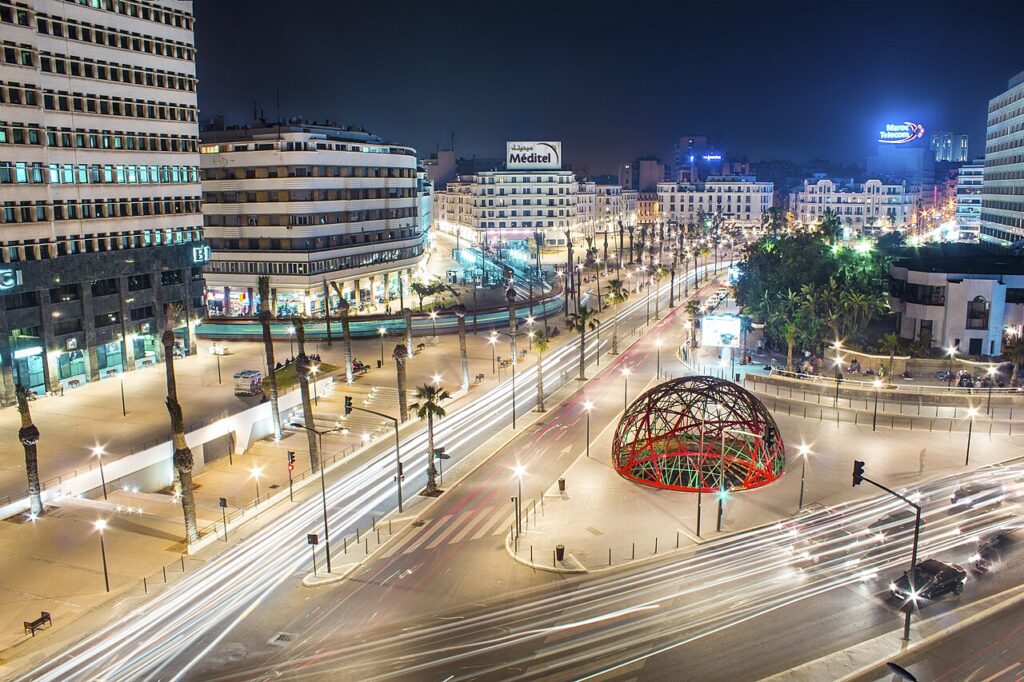
Belfast, Northern Ireland
Belfast has undergone a remarkable transformation in recent decades, shifting from a city scarred by political conflict to one embracing tourism and cultural renewal. The Titanic Belfast museum details the ill-fated ship’s origins here, showcasing local maritime heritage in a modern, interactive way.
Street murals and political tours still reflect the city’s turbulent past, but a new wave of bars, restaurants, and art venues shapes a brighter present. Cathedral Quarter buzzes with live music and a creative energy, while industrial relics line the Lagan River.
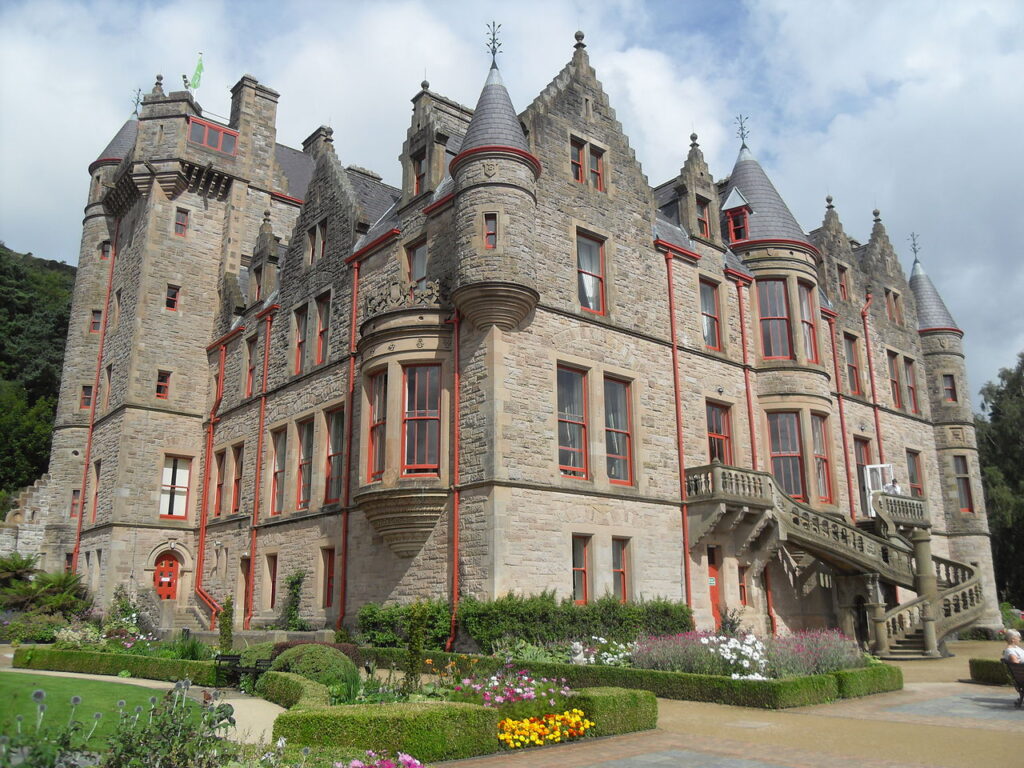
Trinidad, Cuba
Trinidad, in central Cuba, is known for brightly painted colonial buildings and cobblestone streets that creak under horse-drawn carts. Its UNESCO-listed center feels suspended in the 19th century, a vestige of sugar wealth that once flowed through the region.
Music is integral to local life—some evenings bring open-air salsa sessions on the steps of the Casa de la Música. Nearby Valle de los Ingenios, dotted with old sugar mills, recalls the area’s historical significance.
Trinidad’s laid-back rhythm, combined with scenic beaches like Playa Ancón, offers a well-rounded slice of Cuban culture beyond Havana’s bustle.
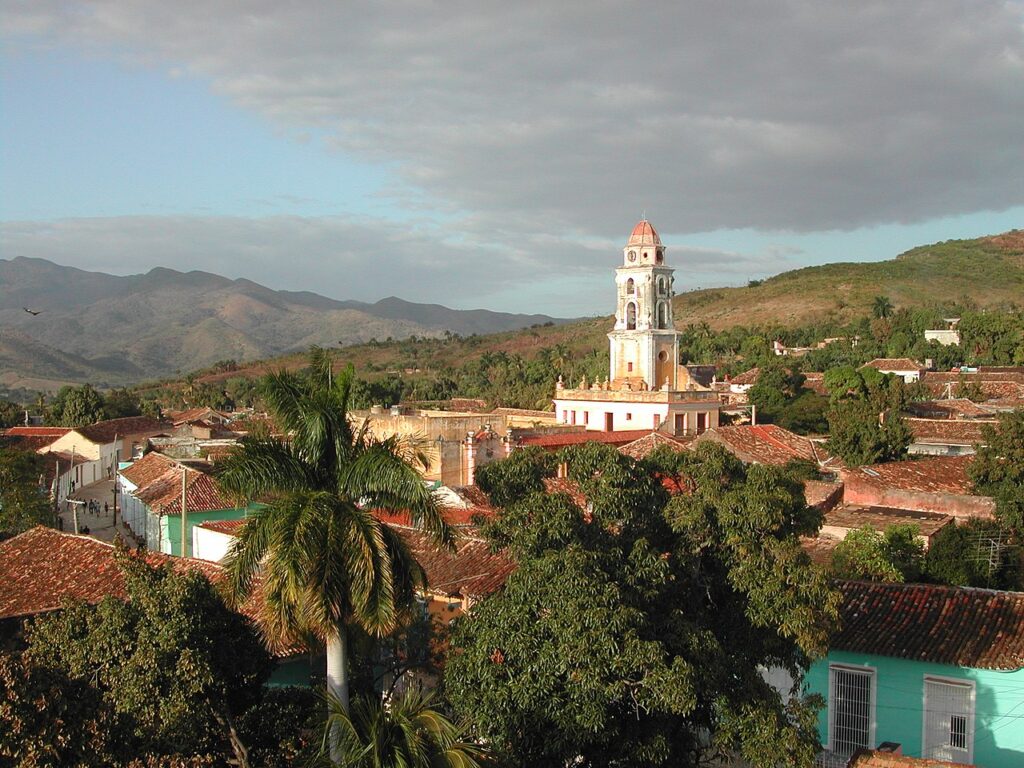
Rotterdam, Netherlands
Rotterdam was heavily bombed in World War II, leading to a postwar rebuild that shaped its cutting-edge skyline. Bold structures like the Cube Houses, Erasmus Bridge, and De Markthal highlight the city’s embrace of architectural innovation.
As Europe’s largest port, maritime heritage runs deep, and boat tours spotlight Rotterdam’s importance in global trade. A diverse population means a wide range of cuisines, and nightlife thrives in neighborhoods like Witte de Withstraat.
While Amsterdam grabs the spotlight, Rotterdam appeals to those seeking a fresher Dutch experience rooted in modern design, art, and music. It stands as a testament to resilience and forward thinking.
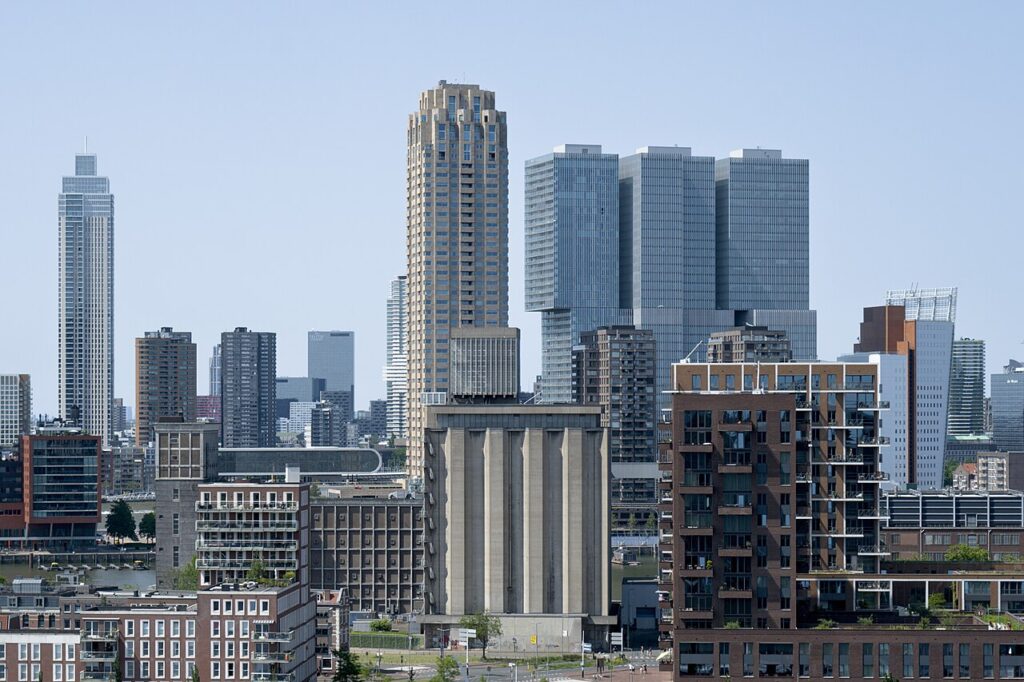
Islamabad, Pakistan
Islamabad is a tranquil capital set against the rolling Margalla Hills, offering a contrast to Pakistan’s more hectic cities. Planned sectors and wide boulevards keep it orderly, while abundant greenery comes courtesy of parks, gardens, and tree-lined streets.
The Faisal Mosque, with its distinctive design, stands as a national emblem, and food options range from street kebabs to upscale dining that reflects local and international tastes. Nearby hiking trails in the Margallas let you escape to nature with city views below.
While it may lack the frenzy of larger urban centers, Islamabad’s calm environment and scenic vistas introduce a gentle side of Pakistan. It’s a city that balances modern infrastructure with natural charm.
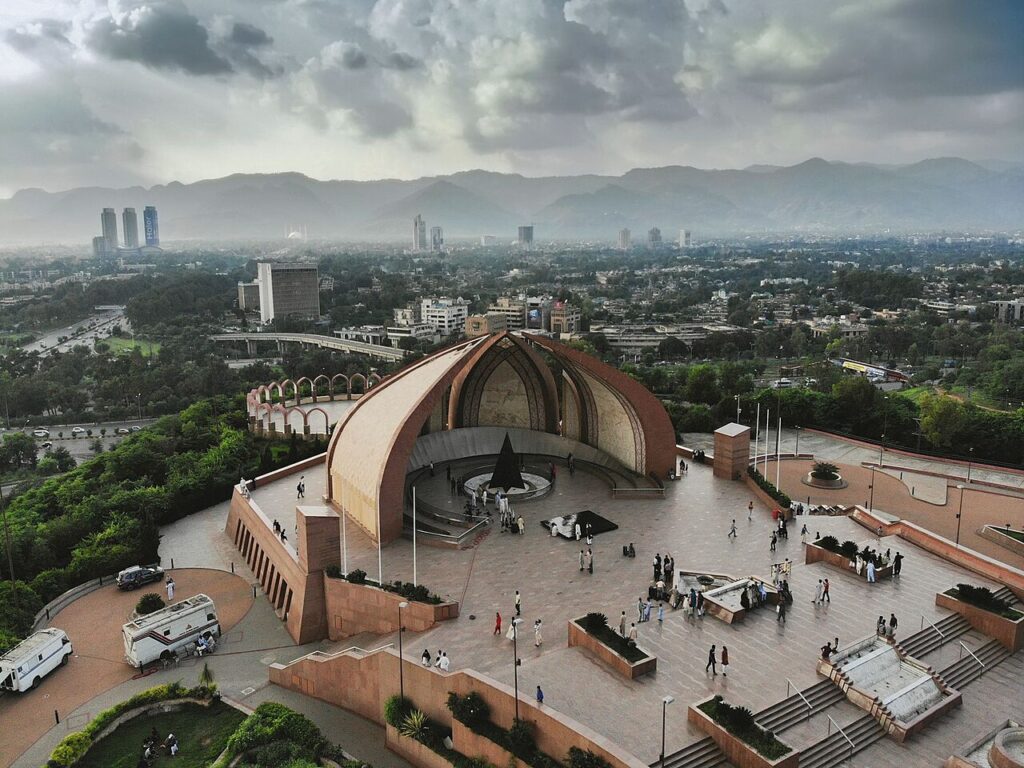
Zagreb, Croatia
Zagreb, Croatia’s capital, often hides in the shadow of the country’s coastal destinations but has its own subtle allure. The city is divided into Gornji Grad (Upper Town) and Donji Grad (Lower Town): Gornji Grad brims with medieval streets and St. Mark’s Church’s colorful tiled roof, while Donji Grad has broad boulevards, parks, and a bustling main square.
Markets like Dolac offer fresh produce and local specialties, and the compact center’s relaxed vibe makes it ideal for exploration on foot. Cafes spill onto sidewalks, inviting people-watching and unhurried conversation.
During Advent, Zagreb transforms with festive lights and events, gaining attention as one of Europe’s top holiday markets.
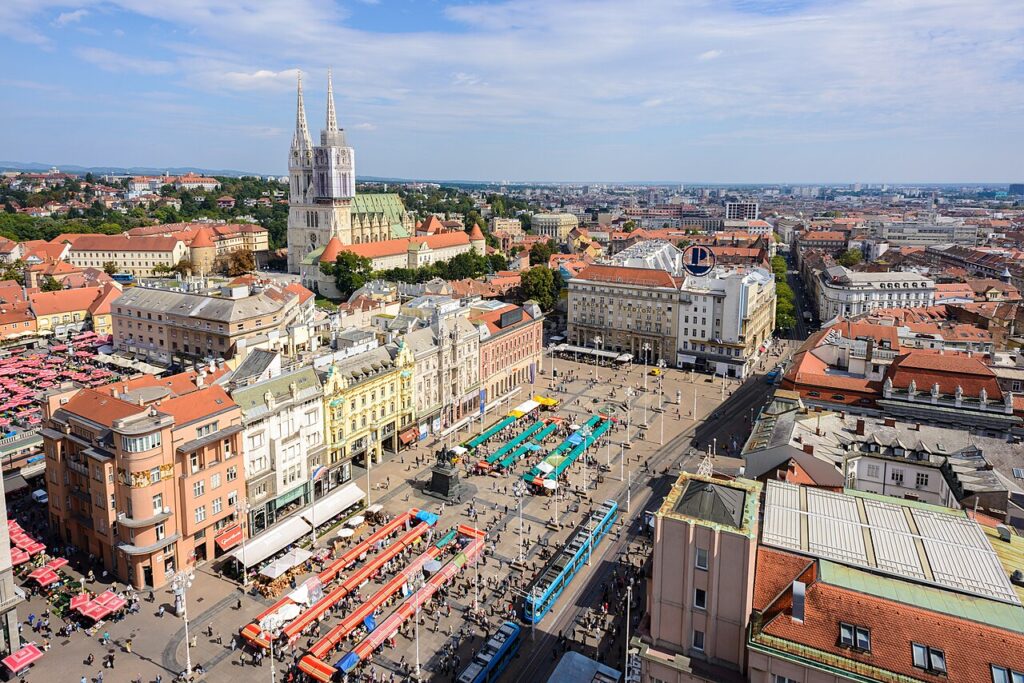
Windhoek, Namibia
Windhoek, Namibia’s capital, nestles in a valley surrounded by rolling hills. Its mix of German colonial architecture and modern structures reflects the layered history of this southern African nation.
The Christuskirche, a Lutheran church with a distinct profile, is a notable landmark, while the Independence Memorial Museum narrates Namibia’s struggle for freedom. Independence Avenue lines up shops, cafes, and a blend of African and European influences.
Though many travelers use Windhoek as a launchpad for Namibia’s stunning landscapes—from the Namib Desert to Etosha National Park—the city itself offers warm hospitality.
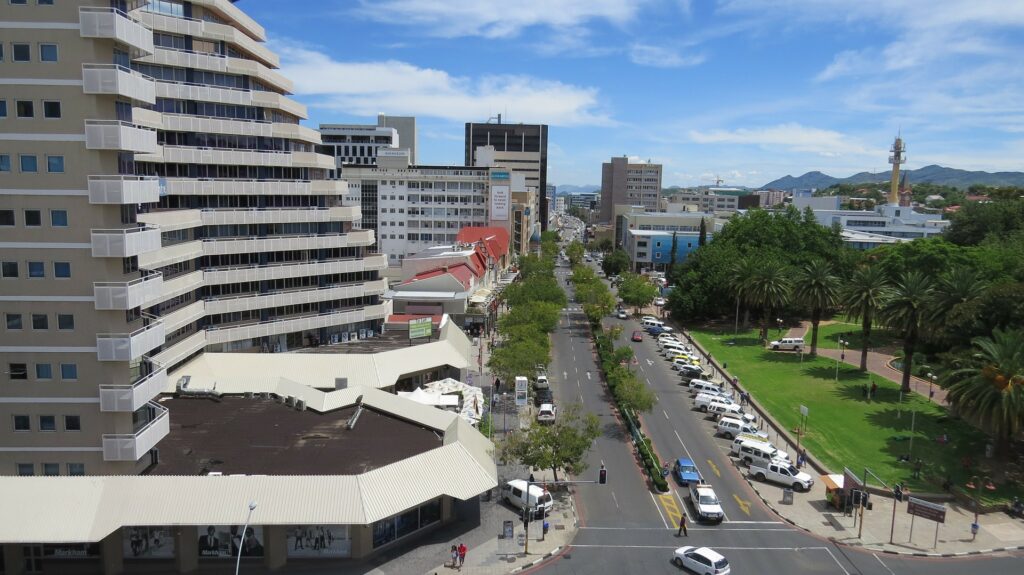
Bratislava, Slovakia
Bratislava sits along the Danube, tucked between Austria and Hungary. The city’s Old Town is a charming web of medieval alleys, crowned by a hilltop castle and dotted with baroque buildings.
Small squares host cafes and street musicians, encouraging unhurried wandering. A futuristic bridge with a UFO-like lookout might seem out of place, but it offers sweeping views of the rooftops below.
Its strategic location makes quick trips to Vienna or Budapest easy, yet Bratislava itself merits exploration for its laid-back vibe.
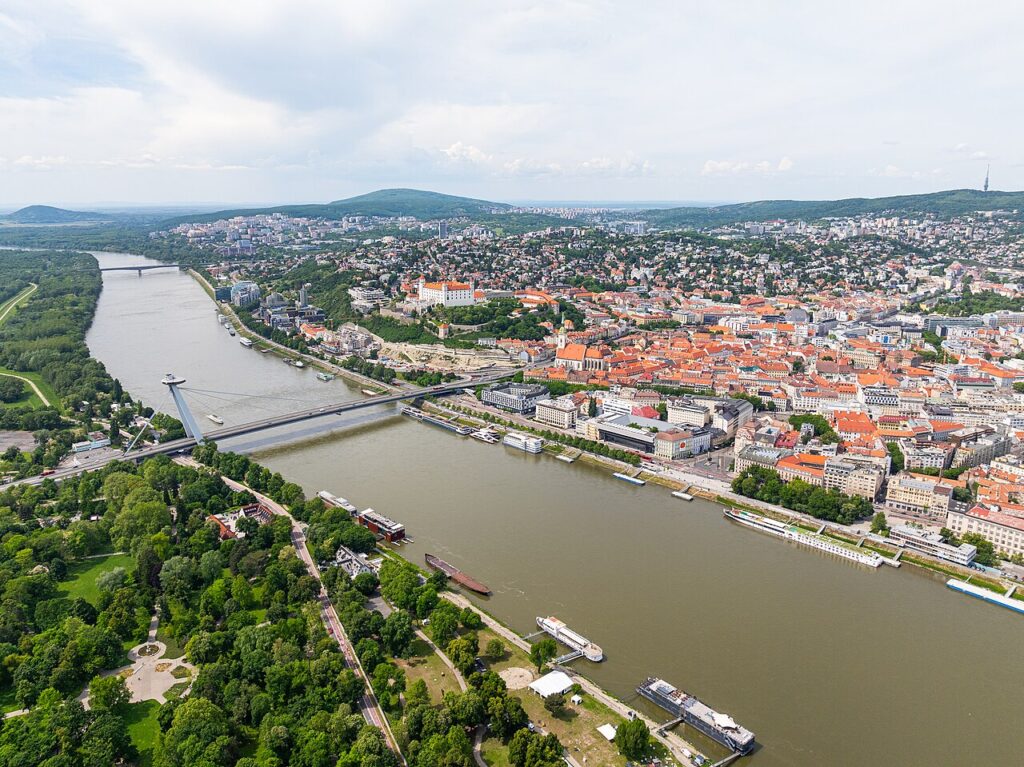
Saint Petersburg, Russia
Saint Petersburg, envisioned by Peter the Great, stands as Russia’s cultural jewel with grand avenues, canals, and imperial architecture. The Hermitage Museum in the Winter Palace houses an astounding collection that spans ancient to modern times.
Nevsky Prospekt bustles with cathedrals, theaters, and shops, while the Church of the Savior on Spilled Blood dazzles with onion domes and vivid mosaics. In summer, White Nights bring near-endless daylight, fueling festivals and after-dark strolls.
The city’s ballet, literature, and artistic legacy echo through ornate palaces and bridges, earning it the moniker “window to the West.”
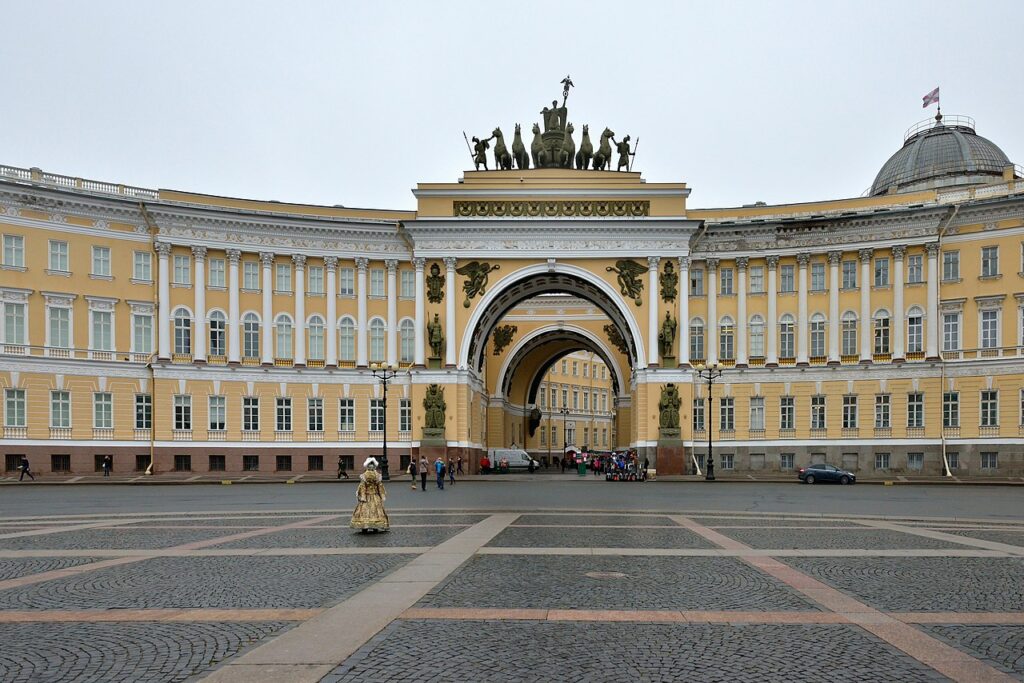
Cusco, Peru
Cusco, once the heart of the Inca Empire, weaves Indigenous and Spanish colonial legacies into its architecture and streets. The main square, Plaza de Armas, anchors the city with a cathedral and arcades, while San Blas neighborhood draws artisans and bohemian vibes.
Though many use Cusco as a springboard to Machu Picchu or the Sacred Valley, the city itself brims with culture. Vibrant markets, Andean textiles, and local festivals keep traditional heritage alive.
At over 3,000 meters above sea level, altitude adjustments may call for coca tea.
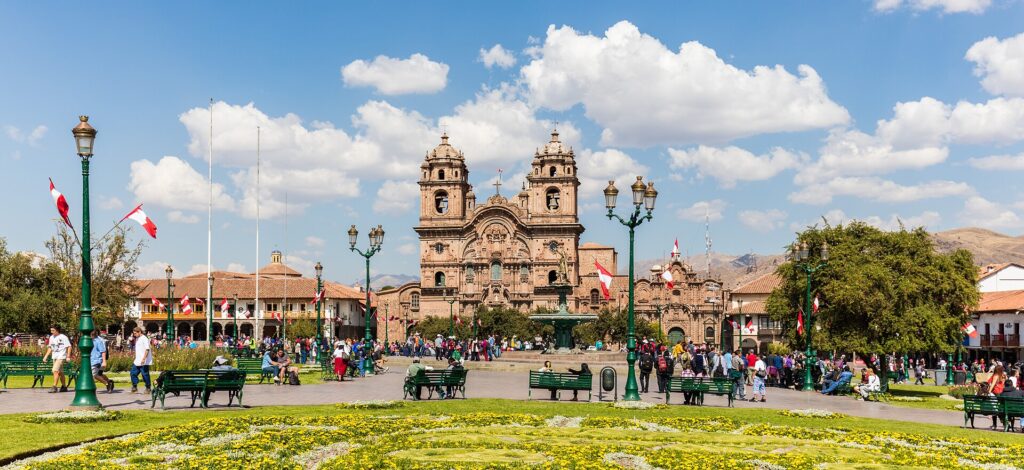
Montevideo, Uruguay
Montevideo is Uruguay’s understated capital, offering a mellow coastal pace and a fascinating mix of European and Latin influences. The sweeping Rambla, a waterfront promenade along the Río de la Plata, invites walkers, cyclists, and sunset watchers.
Ciudad Vieja features art deco buildings, bustling markets, and the famed Port Market, where sizzling parrillas serve up mouthwatering barbecue. Candombe rhythms, rooted in African heritage, add flair to street parades and gatherings.
While smaller than other South American metropolises, Montevideo’s laid-back approach and cultural richness make it memorable. Soccer and mate tea are local passions that unite the city’s diverse communities.
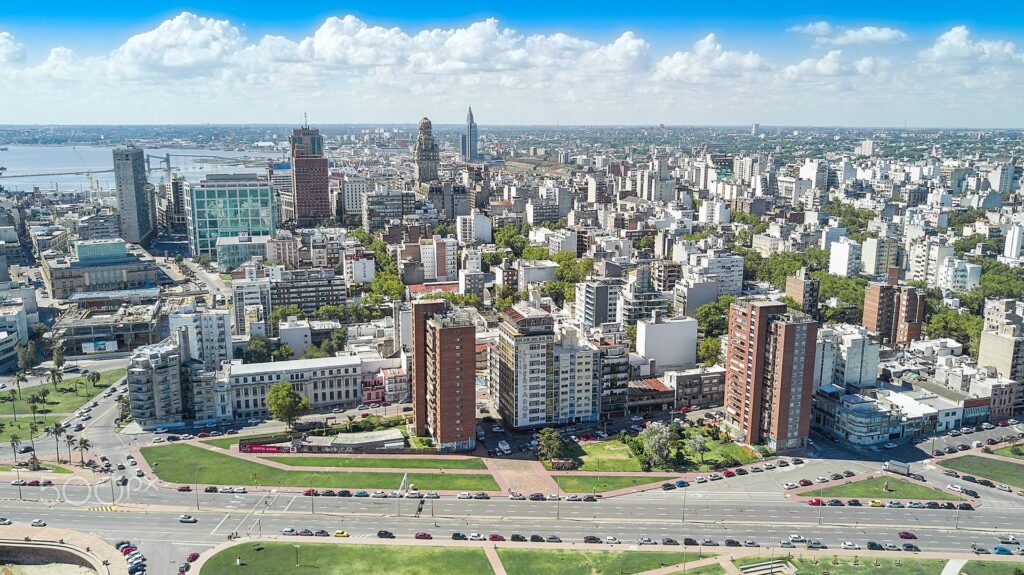
Thessaloniki, Greece
Thessaloniki, Greece’s second-largest city, overlooks the Thermaic Gulf and blends Byzantine, Roman, and Ottoman layers. The waterfront White Tower is iconic, and the Upper Town’s meandering lanes lead to ancient fortifications and panoramic sea views.
A major university hub energizes the city center with street art, hip cafes, and a youthful spirit. Food is a highlight—many deem Thessaloniki the country’s culinary capital, from meze spreads to sweet bougatsa pastries.
An Ottoman-era vibe lingers in certain quarters, tying history to the city’s buzzing present. Less hectic than Athens, Thessaloniki rewards visitors who savor life at a gentler pace.
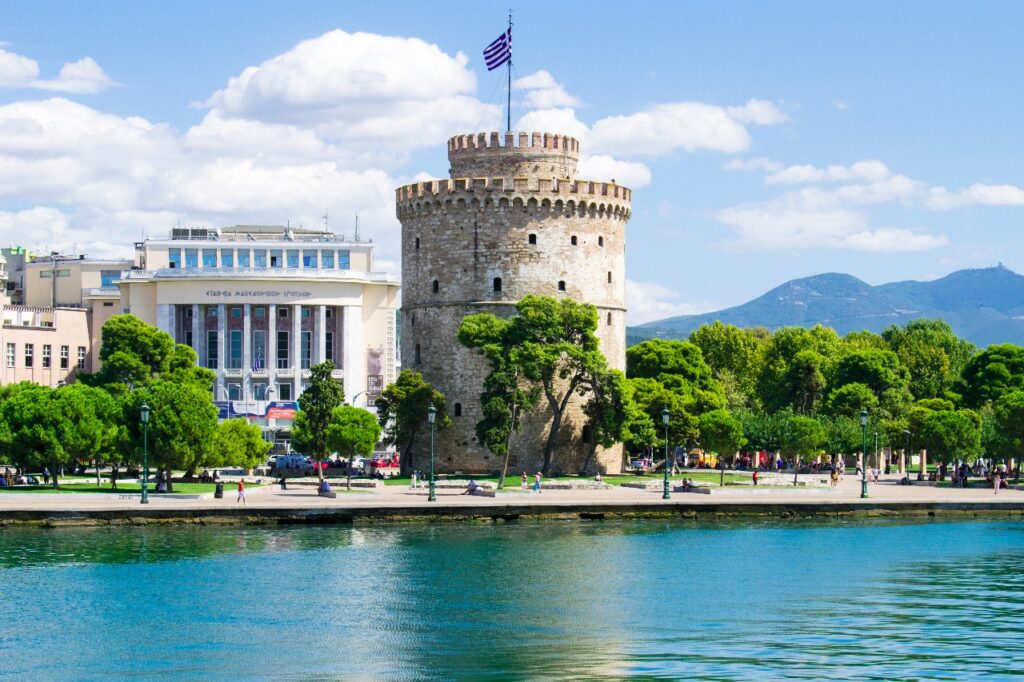
Yerevan, Armenia
Yerevan is among the world’s oldest continuously inhabited cities, though much of its visible architecture mixes early Soviet modernism with local pink tuff stone. Republic Square hosts musical fountains after dusk, while wide avenues attest to ambitious 20th-century planning.
Mount Ararat towers in the distance, symbolizing Armenia’s cultural and historical identity, and cafes throughout the city serve strong coffee and pastries. The Cascade, a grand stairway studded with art, provides sweeping skyline views.
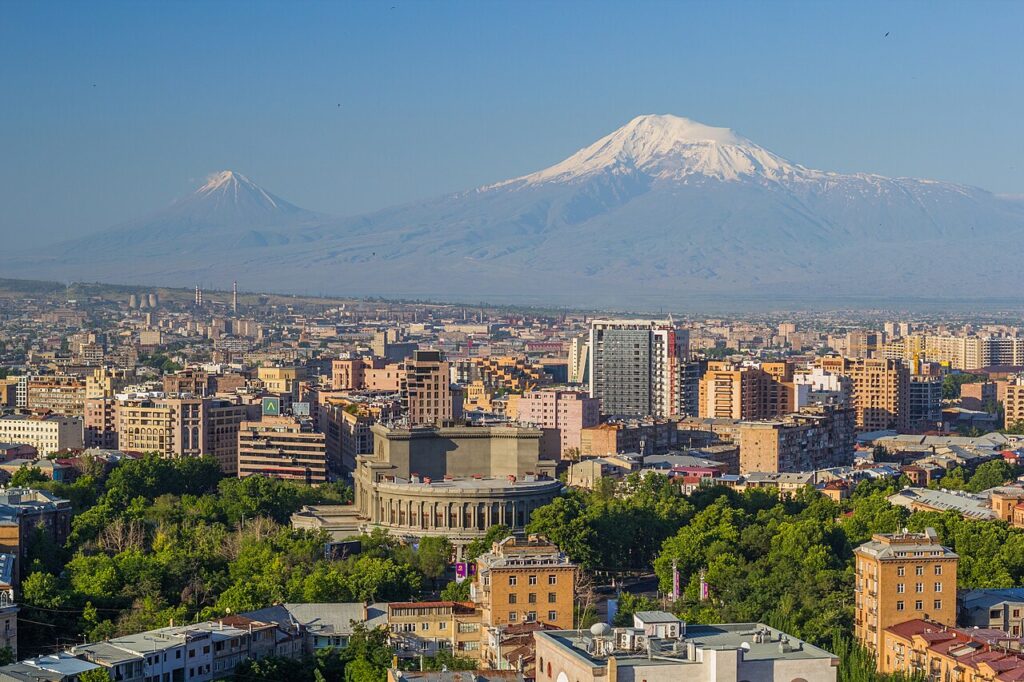
Ljubljana, Slovenia
Ljubljana is a compact capital that feels like a friendly town rather than a bustling city. Its center along the Ljubljanica River is largely pedestrian, graced by iconic bridges like the Triple Bridge and Dragon Bridge.
A hilltop castle surveys pastel facades, street cafes, and vibrant markets below. The city boasts a reputation for green initiatives, and cycling is popular among residents.
Traditional Slovenian fare mingles with international flavors, reflecting Slovenia’s position at a cultural crossroads. Ljubljana’s easygoing pace and architectural charm make it a delightful European gem to explore.
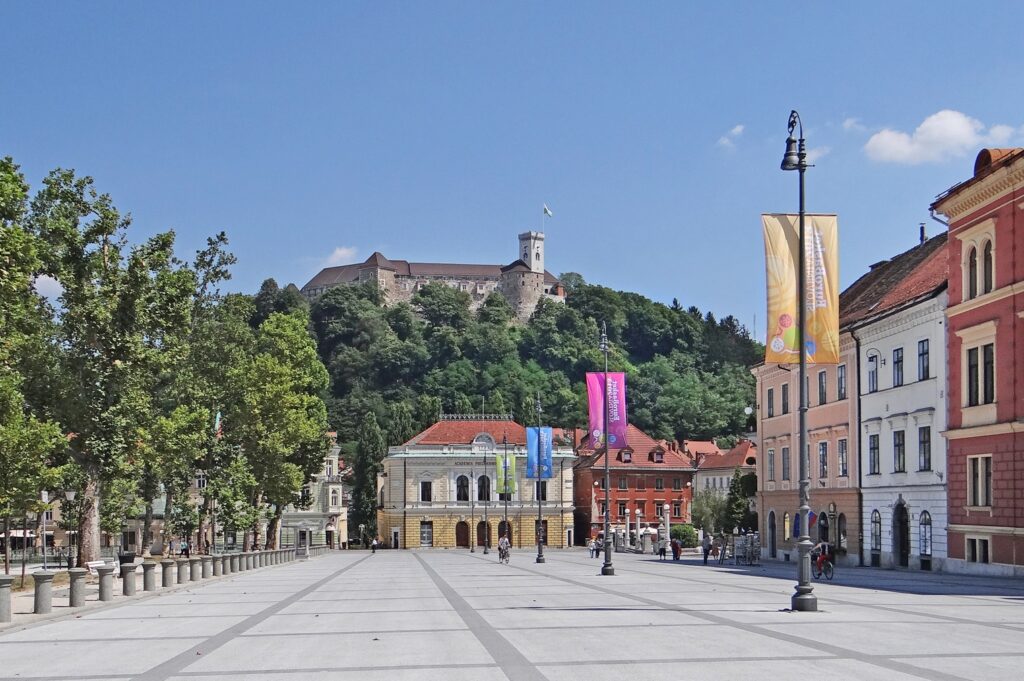
Vilnius, Lithuania
Vilnius is famous for its extensive baroque Old Town, one of Eastern Europe’s largest. Narrow streets wind around grand churches, hidden courtyards, and artisan workshops, creating a sense of discovery at every turn.
Gediminas’ Tower offers a skyline panorama, reminding visitors of the city’s medieval past. Parks and tree-lined avenues soften the urban landscape, contributing to Vilnius’s generally laid-back aura.
The Republic of Užupis, a whimsical arts district, declared itself independent and celebrates creativity at every corner. From hearty cepelinai dumplings to student-friendly cafes, Vilnius melds tradition with a forward-thinking spirit.
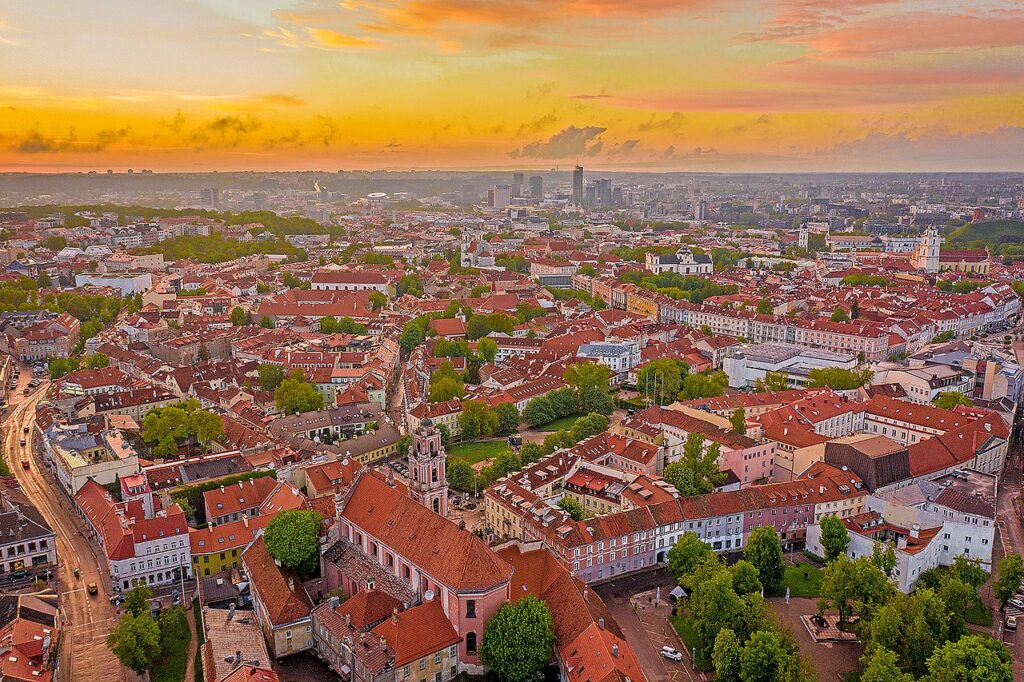
Gdańsk, Poland
Gdańsk is a Baltic port city renowned for its shipbuilding past and vital role in shaping modern Polish history. The Main Town area, meticulously rebuilt after WWII, unveils colorful facades and the colossal St. Mary’s Basilica.
Together with Sopot and Gdynia, Gdańsk forms the Tri-City, connected by beaches and efficient transport. The European Solidarity Centre commemorates the movement that spurred democratic changes in Eastern Europe, while amber shops reflect the region’s nickname, the “Amber Coast.”
Strolling by the Motława River reveals a maritime flair that endures despite past challenges.
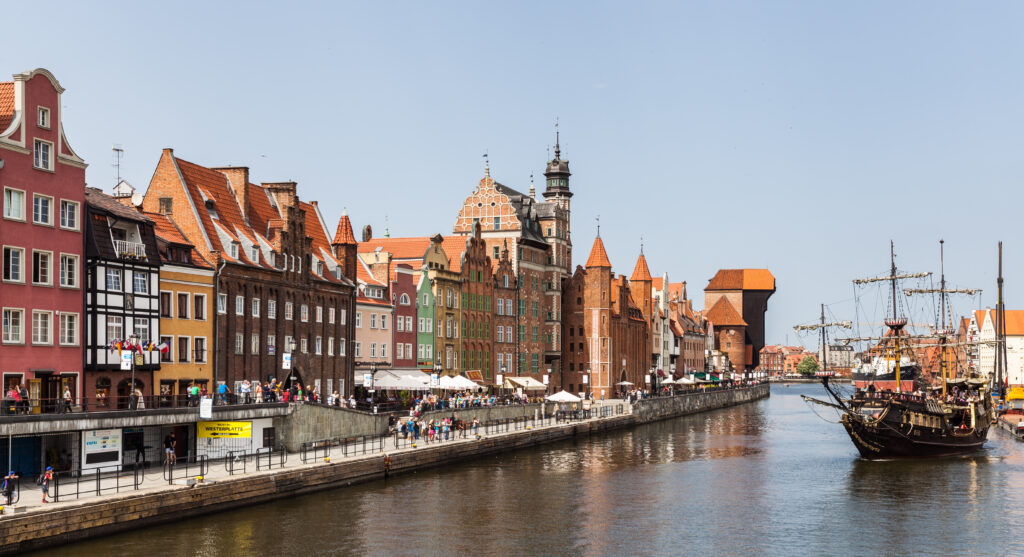
Manama, Bahrain
Manama is the capital of the island kingdom of Bahrain, presenting a modern skyline alongside older districts showcasing Gulf architecture. The Bahrain National Museum offers insights into an ancient Dilmun civilization, while Souq al-Manama entices with spices, textiles, and pearls.
Arabic, Persian, and Indian influences shape a diverse culinary and cultural scene. Nightlife can be more vibrant here than in some neighboring nations, reflecting Bahrain’s relative openness.
Economically prosperous yet proud of its heritage, Manama balances tradition and modernity in a compact setting. It stands as a noteworthy stop for those exploring the Gulf region.
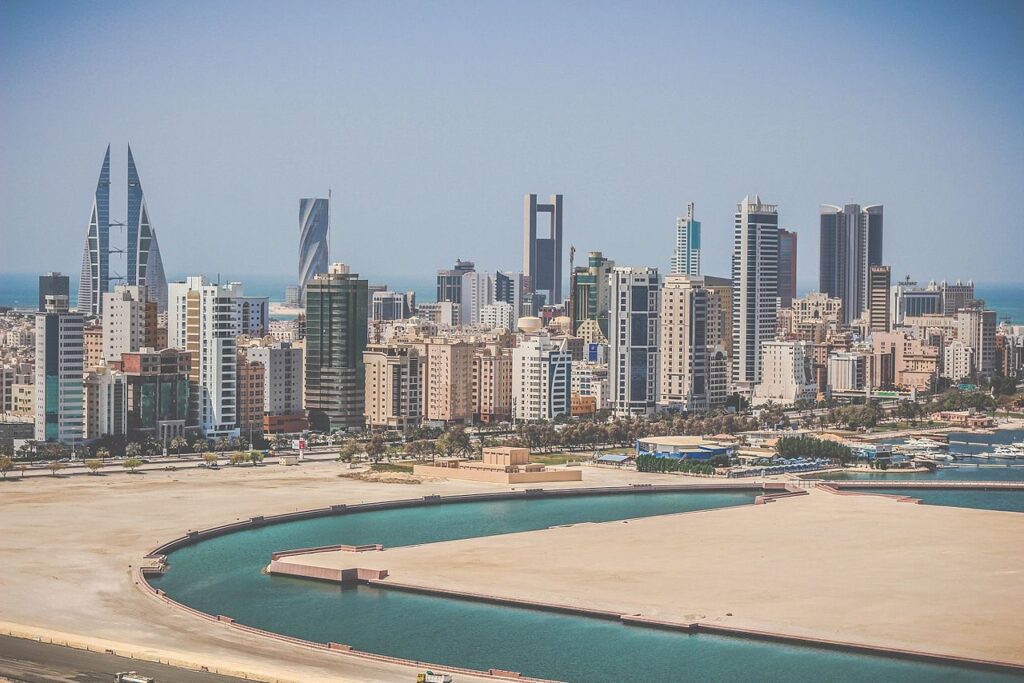
Tromsø, Norway
Tromsø, located above the Arctic Circle, serves as a launchpad for polar adventures. Surrounded by fjords and mountains, the city is photogenic in both the midnight sun of summer and the polar night of winter.
Travelers come in winter hoping to see the northern lights dancing across dark skies, while the Arctic Cathedral adds a striking modern silhouette against snowy peaks. Lively bars and restaurants surprise visitors with a vibrant scene, partly thanks to a large student population.
Whether dog sledding or whale watching by day, evenings might include hearty meals of local fish or reindeer. Tromsø showcases a friendly Nordic vibe that thrives despite, or perhaps because of, its remote Arctic setting.
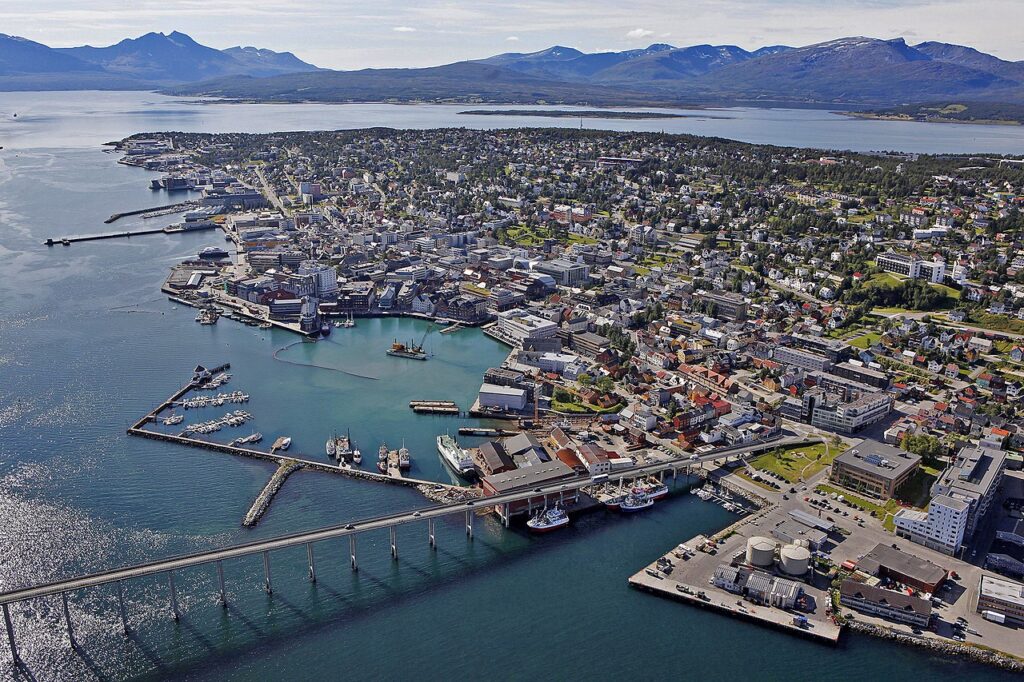
San Sebastián, Spain
San Sebastián (Donostia in Basque) curves along the Bay of Biscay, highlighted by the glorious La Concha Beach many deem Europe’s finest. The city is a gastronomic haven, famed for pintxos—bite-sized creations—and Michelin-starred establishments that elevate Basque cuisine.
After sundown, the Old Town’s bars come alive, offering wine, cider, and endless culinary delights. Surfers head to Zurriola Beach, and green hills beckon hikers seeking panoramic views of the bay.
Proud of its Basque roots, San Sebastián celebrates distinct traditions, language, and festivals. The combination of elegance, top-tier dining, and seaside splendor makes it an irresistible Spanish gem.
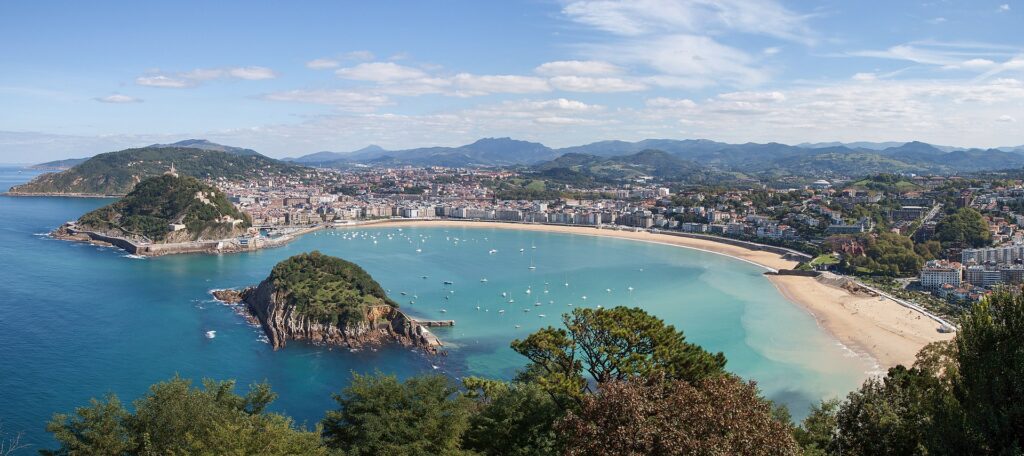
Colombo, Sri Lanka
Colombo, Sri Lanka’s largest city, is a bustling gateway to an island famed for tea plantations, wildlife, and cultural depth. Vestiges of colonial rule remain in areas like Fort and Pettah, where historical structures meet thriving local markets.
Galle Face Green, a seaside promenade, draws families and vendors at dusk, while modern malls and skyscrapers illustrate the city’s rapid growth. Temples, mosques, and churches highlight Sri Lanka’s multi-religious tapestry.
Street foods like kottu roti and hoppers deliver robust flavors, reflecting an eclectic culinary heritage. Though some travelers dash off to beaches or ancient sites, Colombo’s energetic spirit and warm-hearted locals are worth discovering.
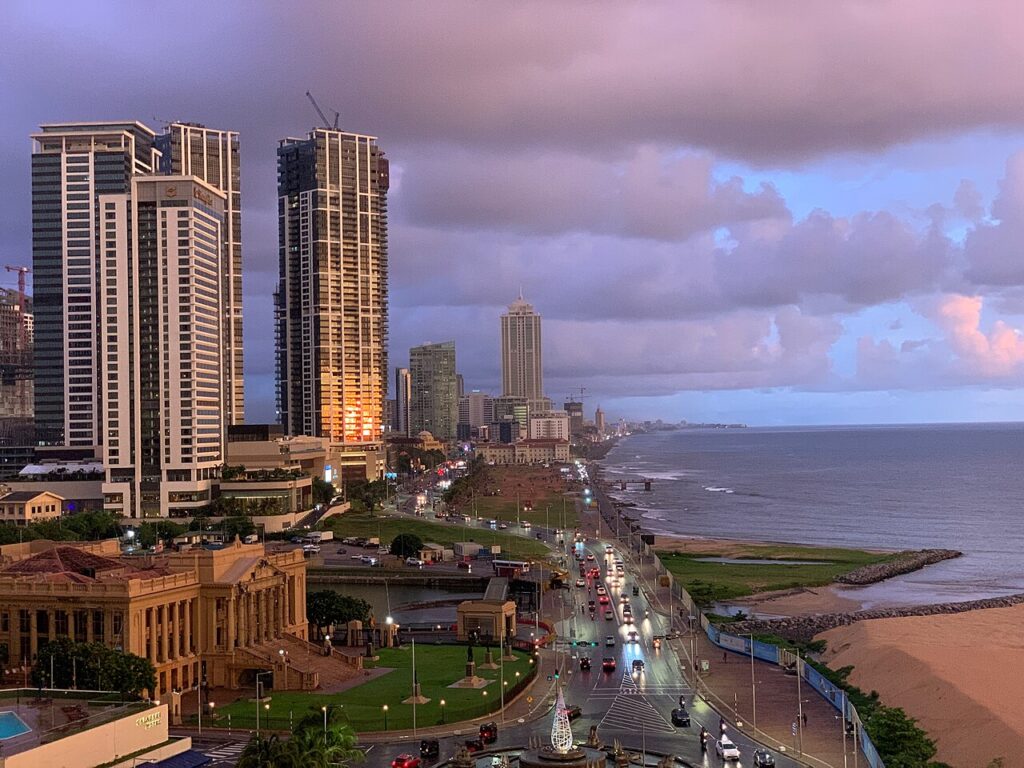
Quito, Ecuador
Quito sits at about 2,850 meters above sea level in the Andes, making it one of the highest official capitals worldwide. Its UNESCO-listed historic center brims with baroque churches, colonial plazas, and narrow streets leading to imposing basilicas.
Panoramic viewpoints like El Panecillo reveal the city’s Andean setting, ringed by volcanic peaks. A short drive away lies the Mitad del Mundo monument, marking the equatorial line—though GPS might place it slightly elsewhere.
With quickly shifting weather, layers are essential, and locro de papa or empanadas offer comforting flavors. Blending colonial splendor, indigenous culture, and approachable locals, Quito makes for a grand finale to any South American journey.
